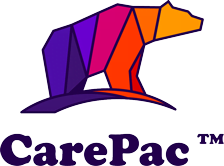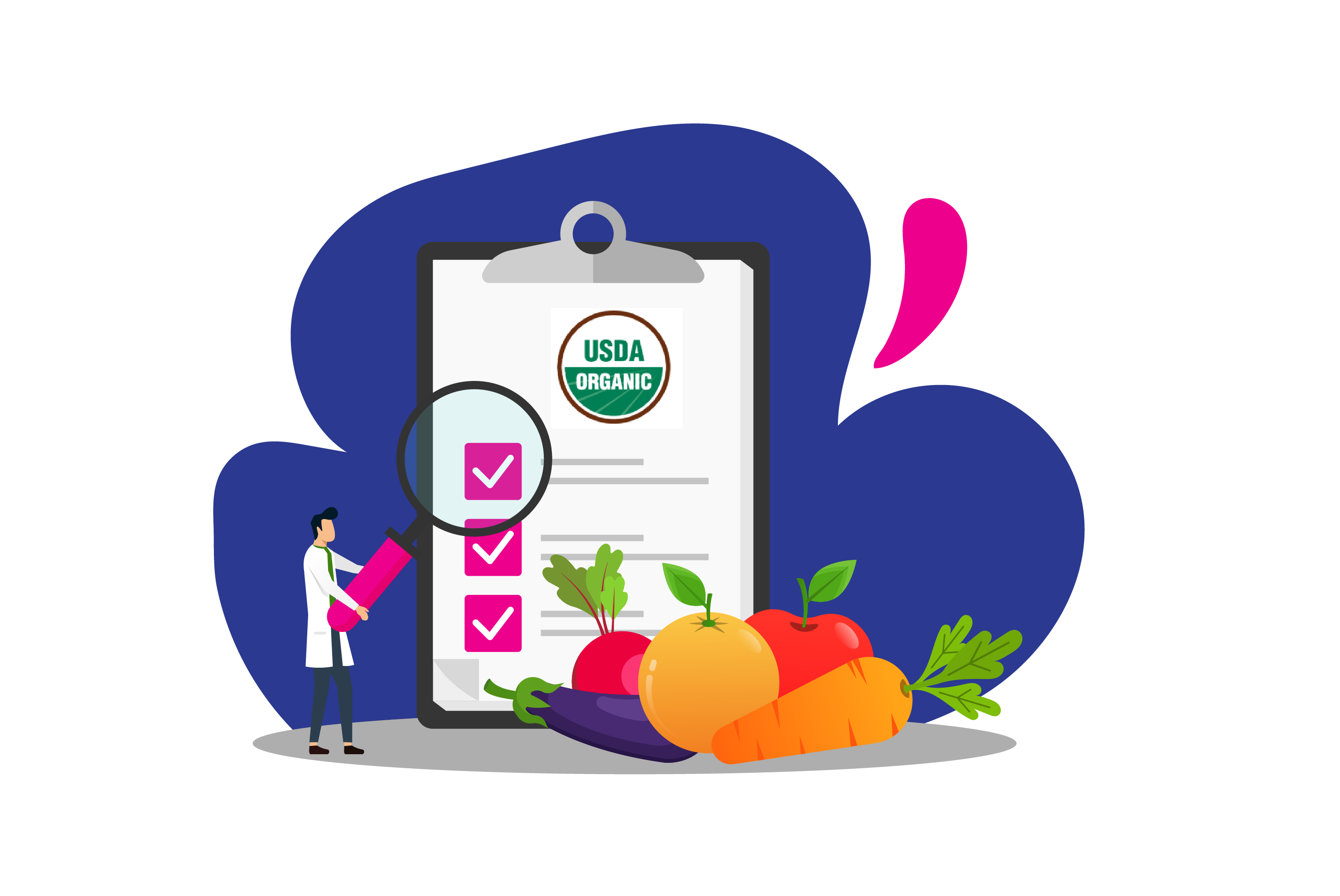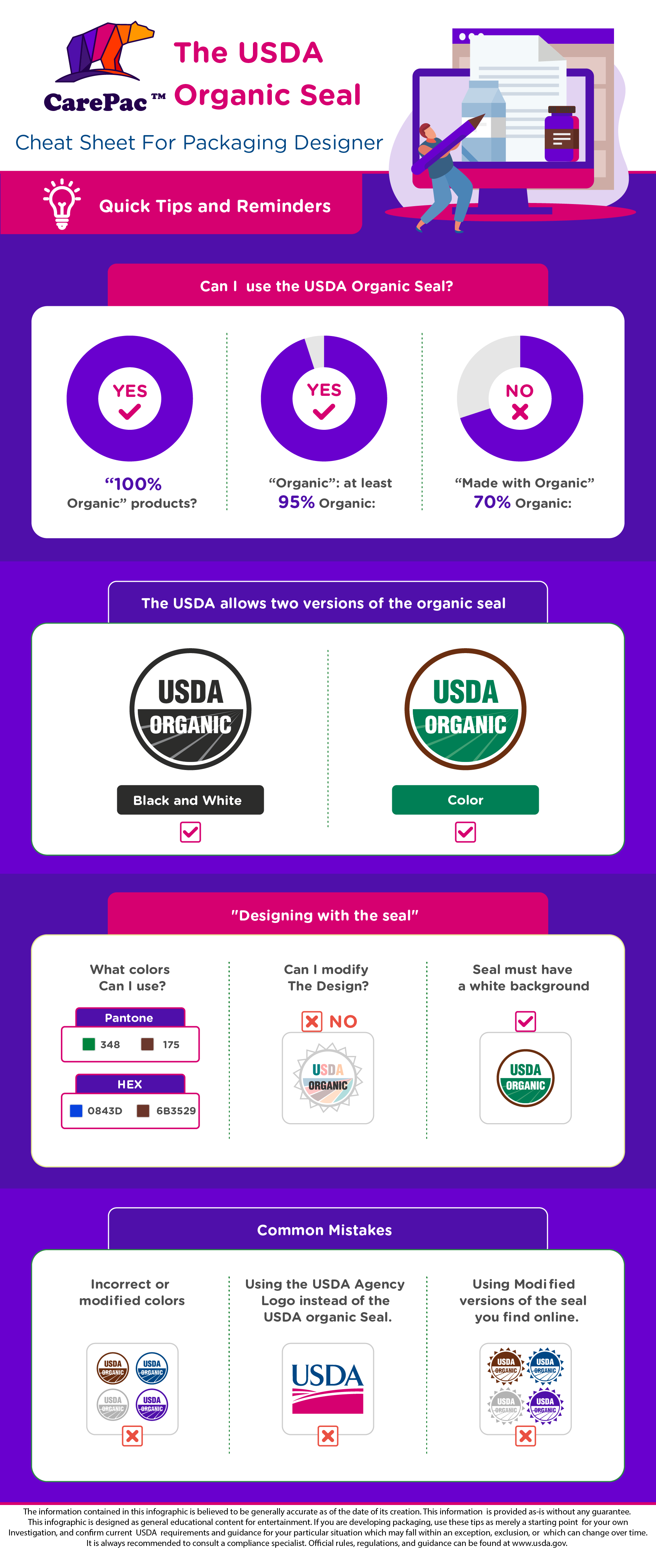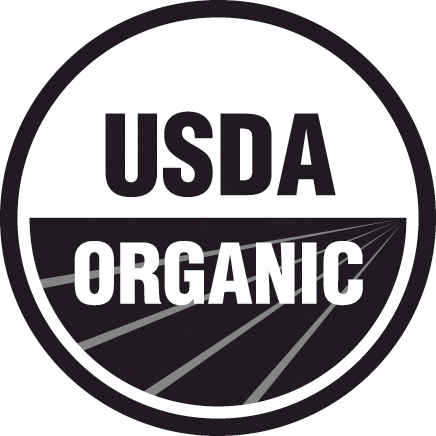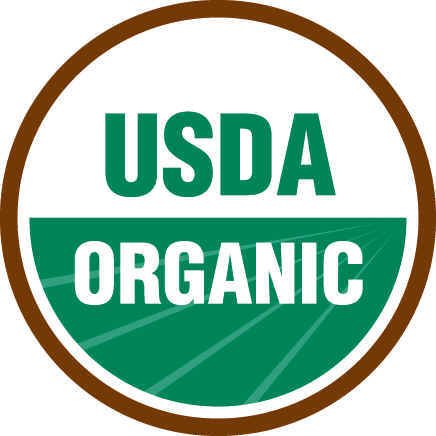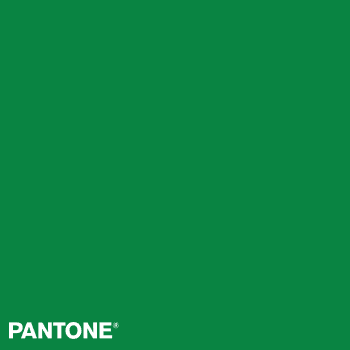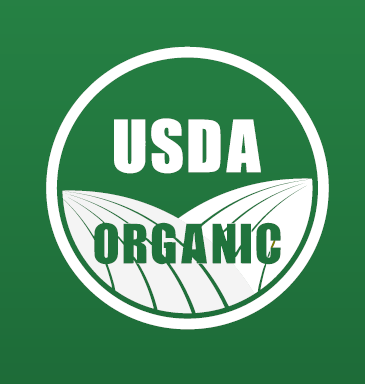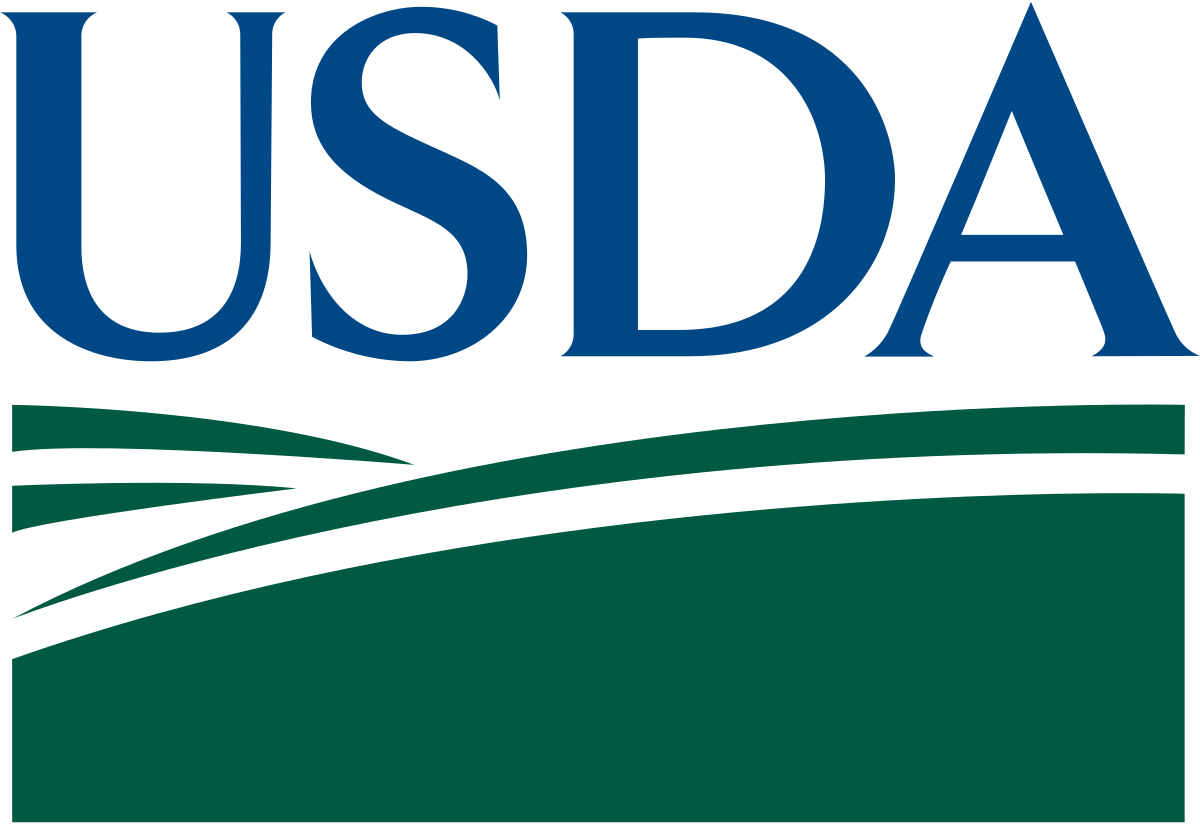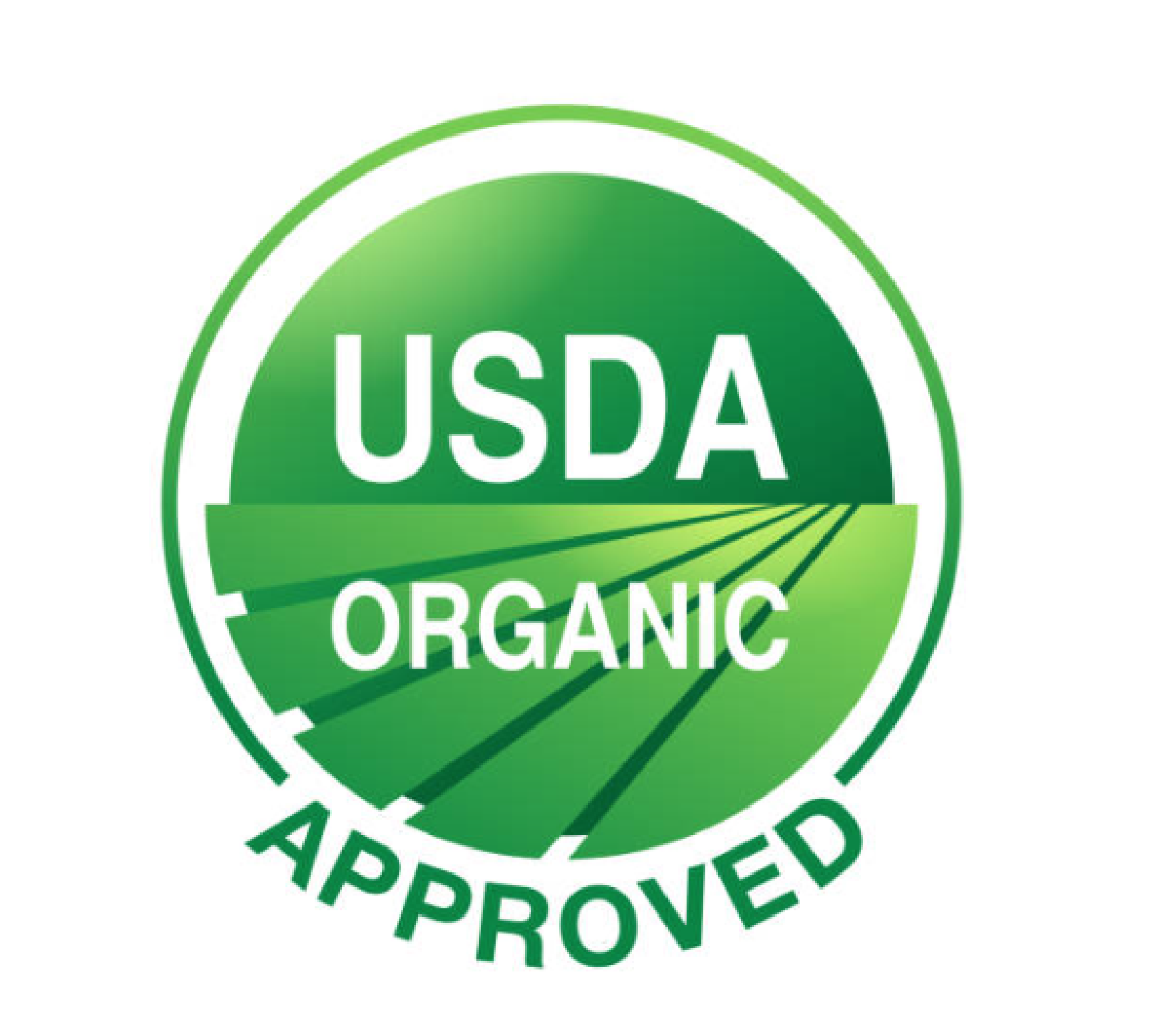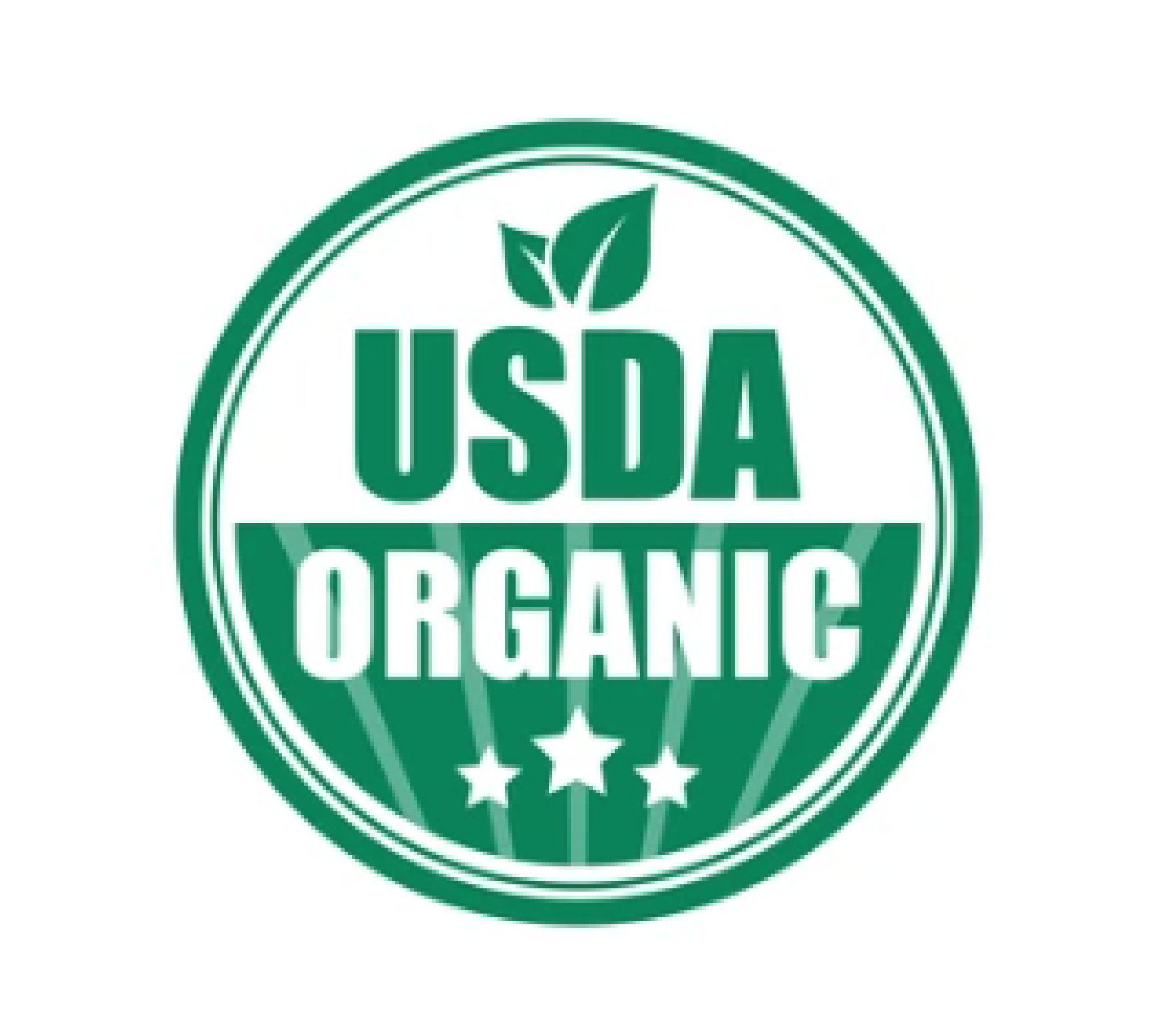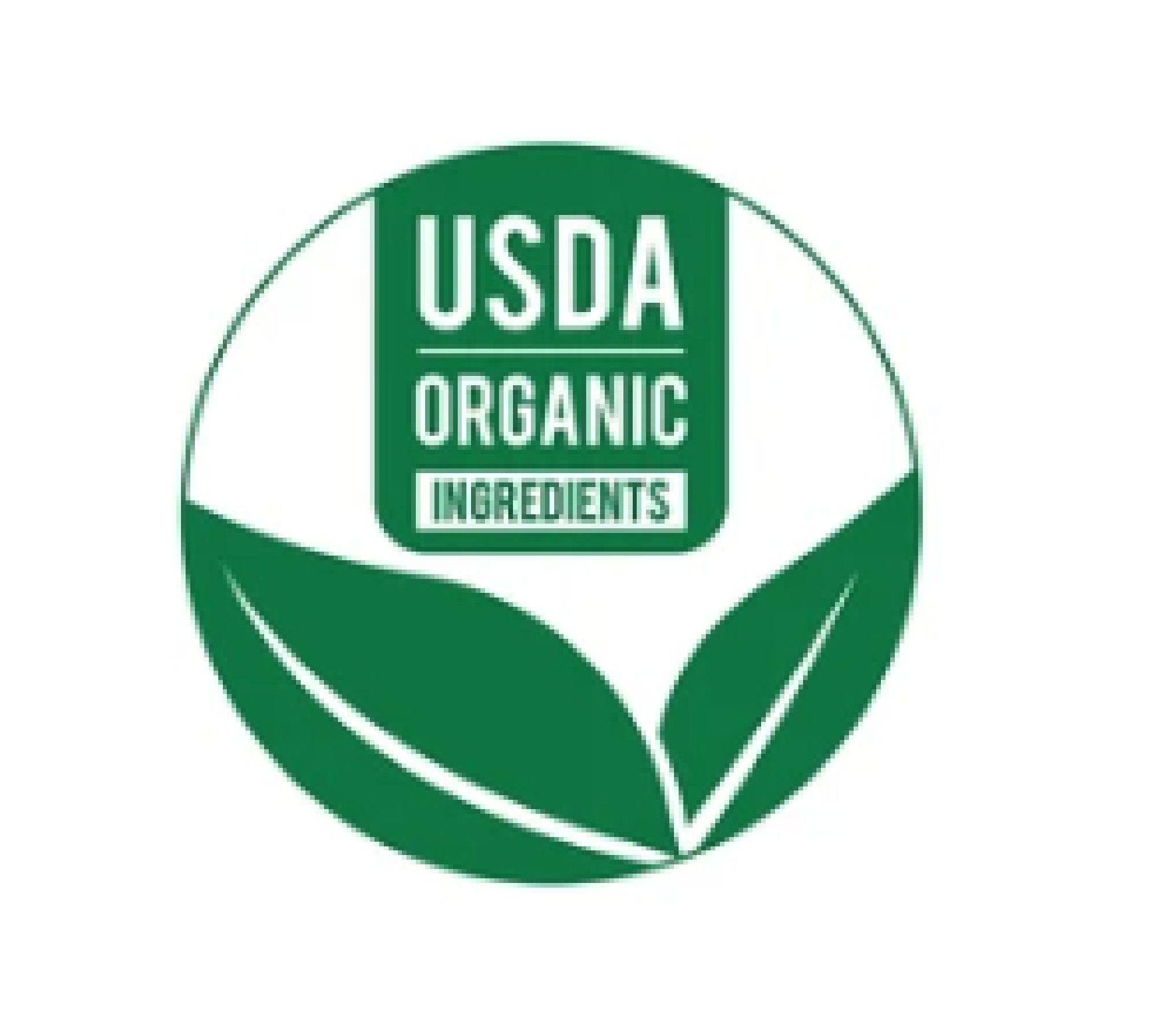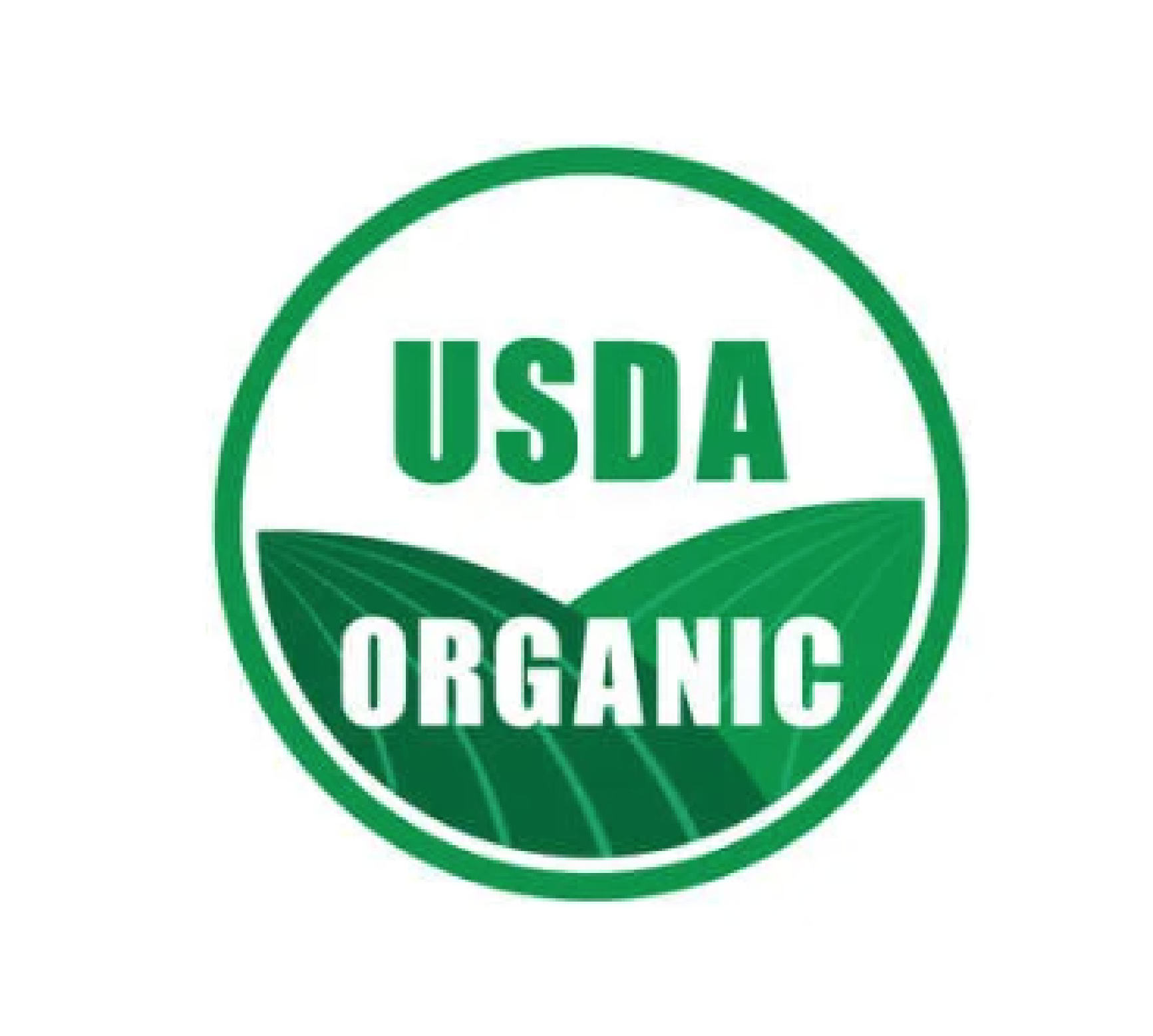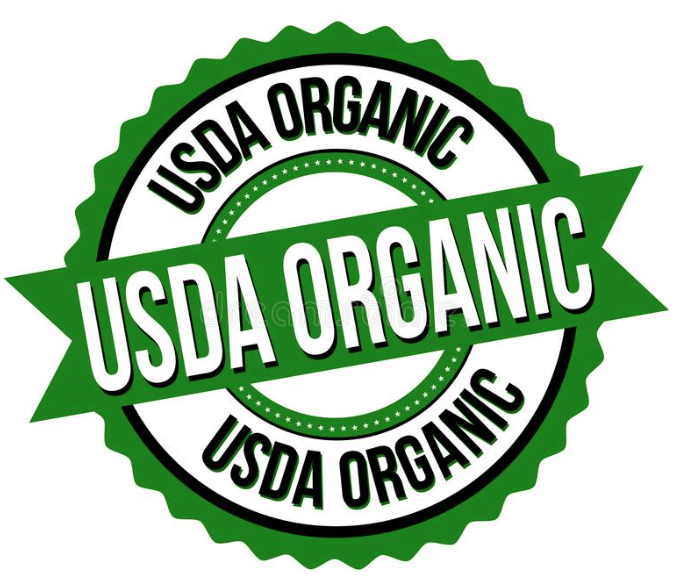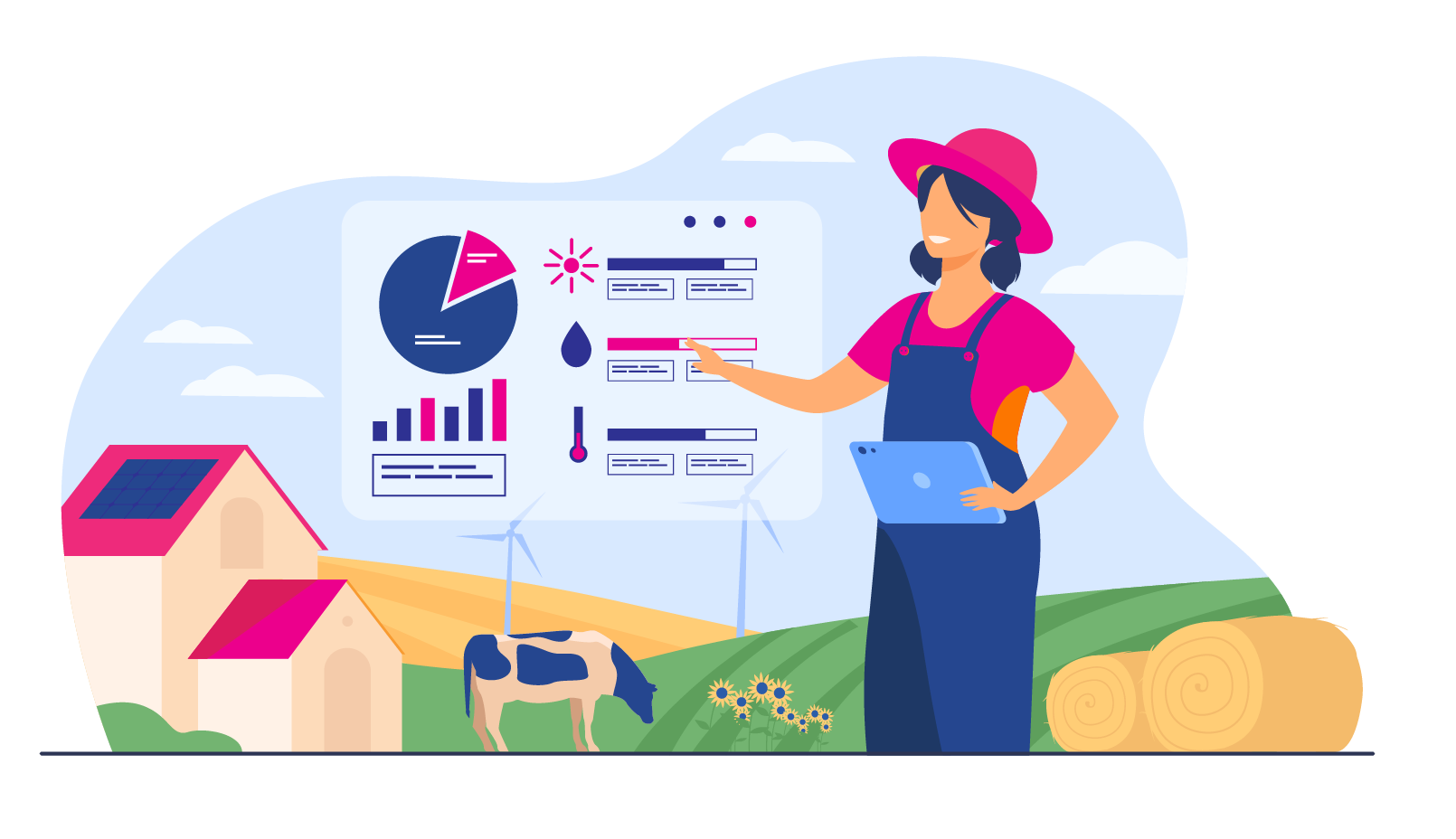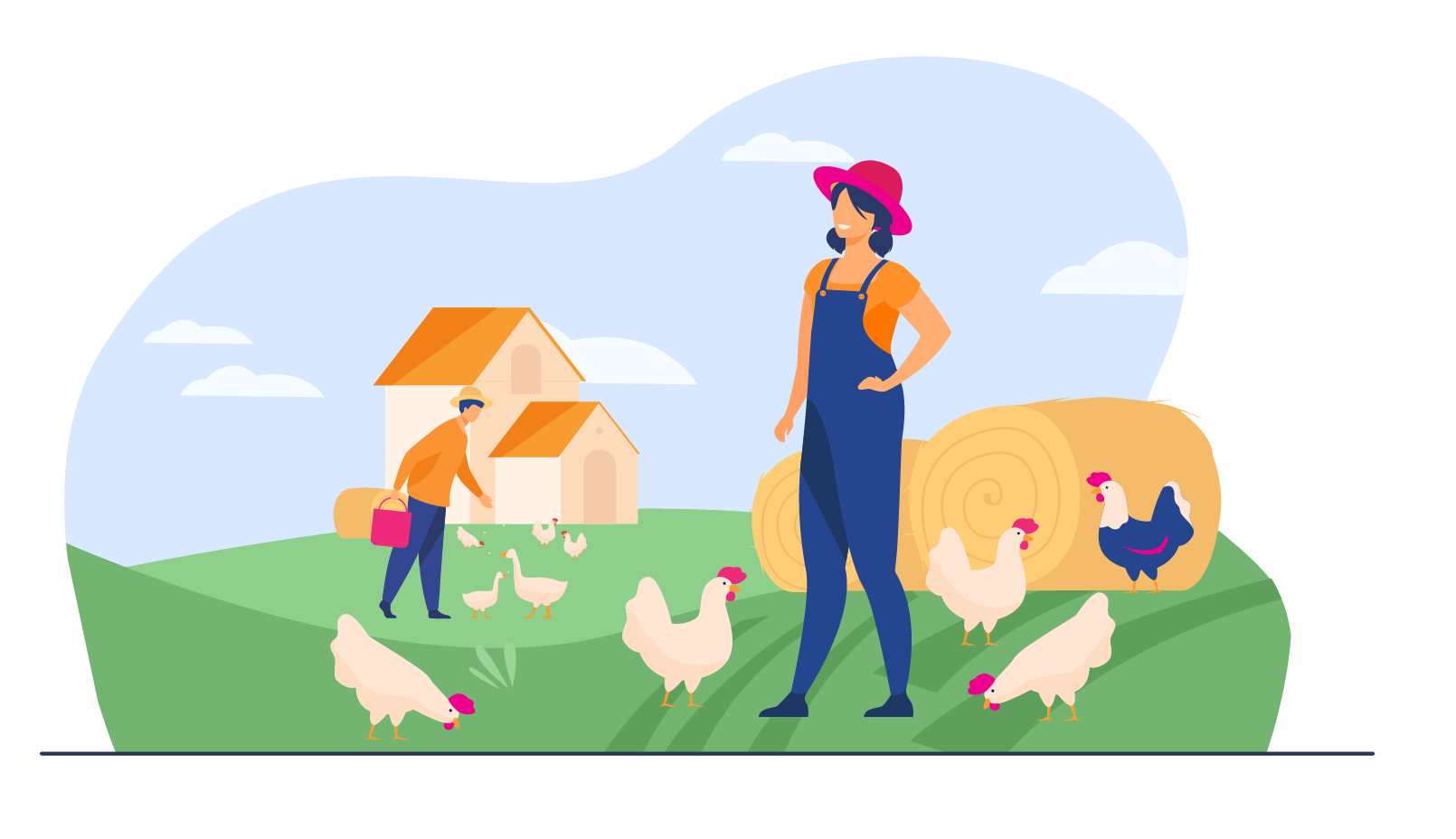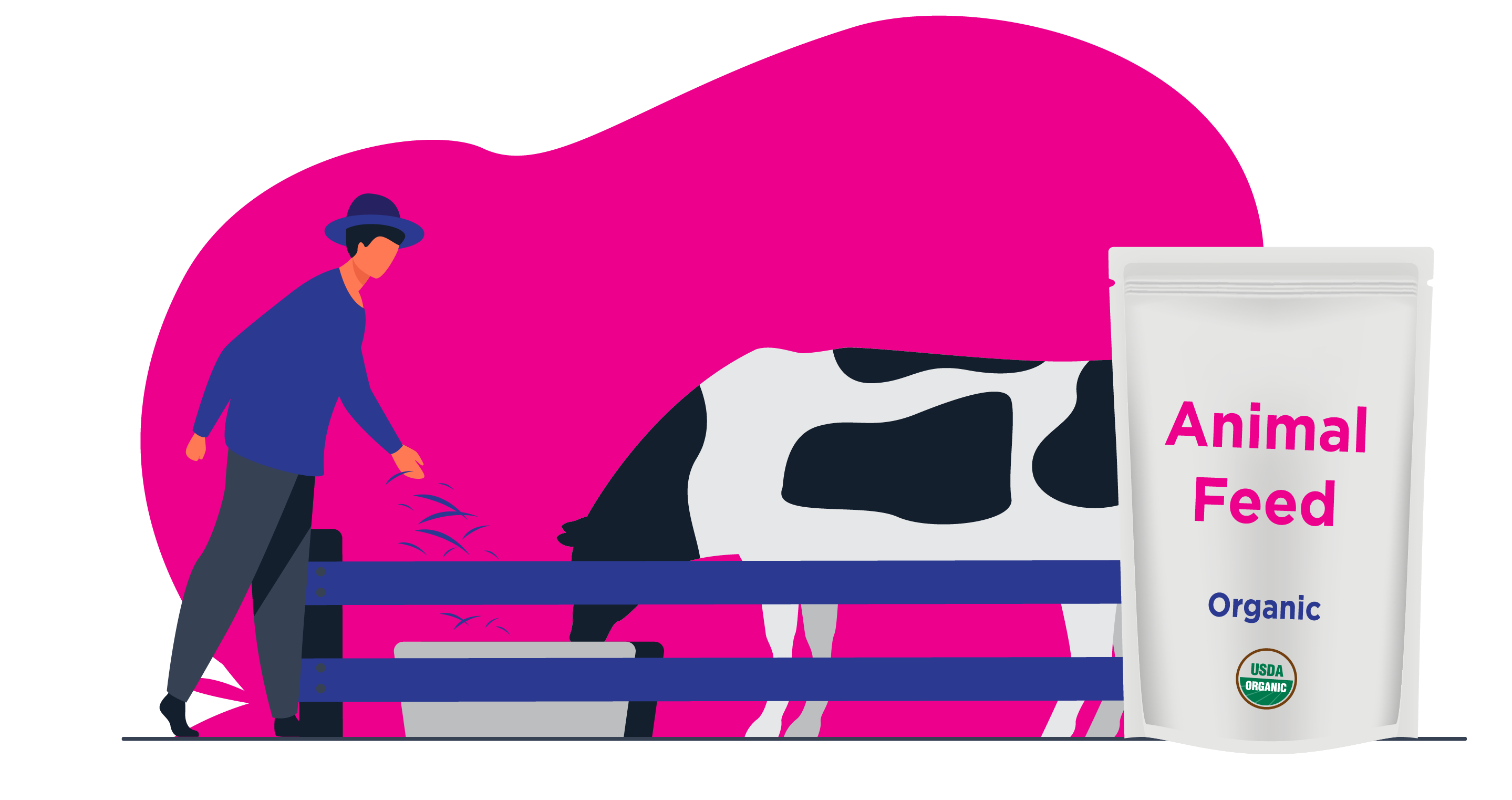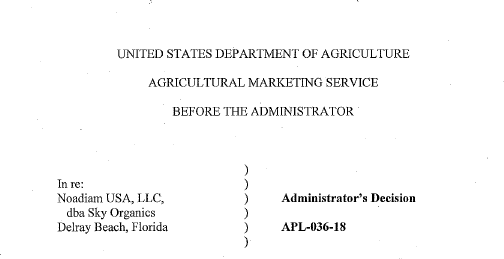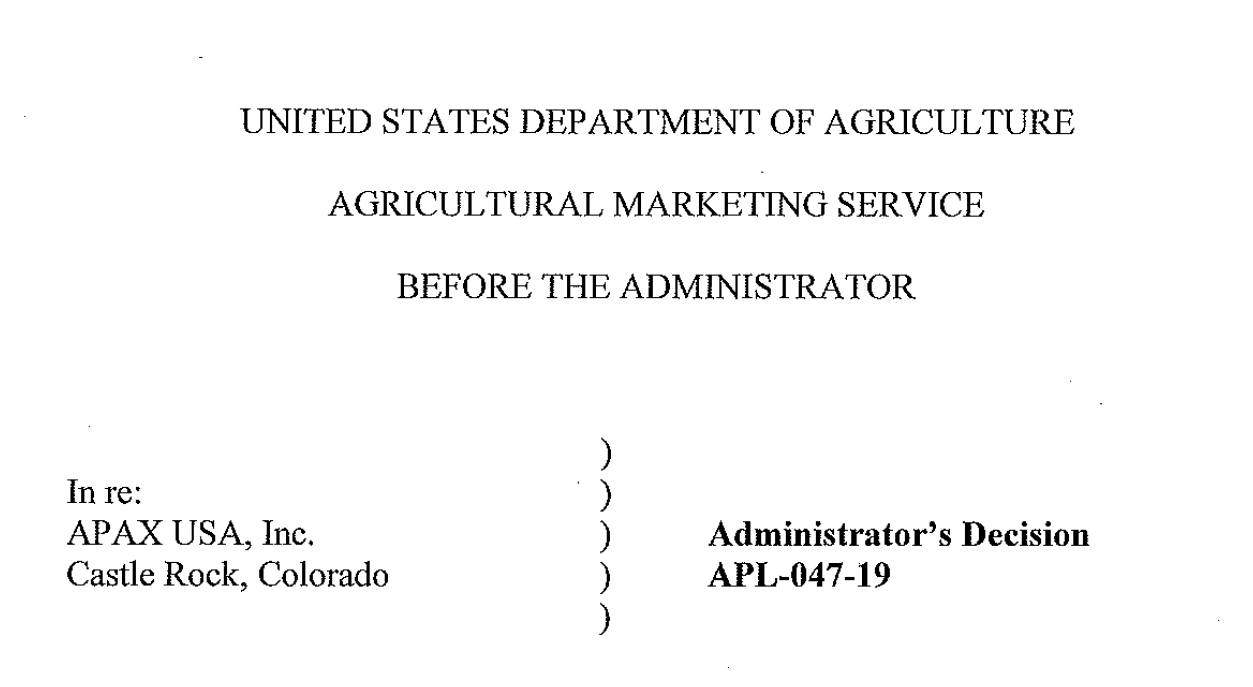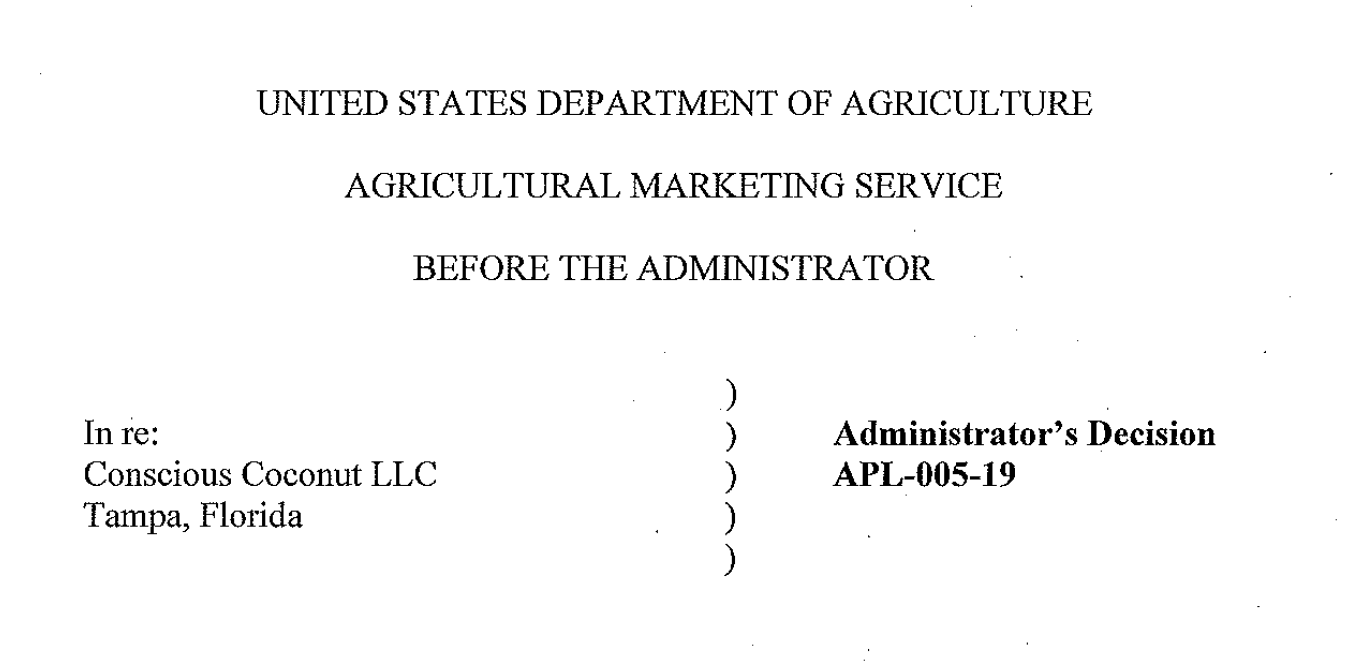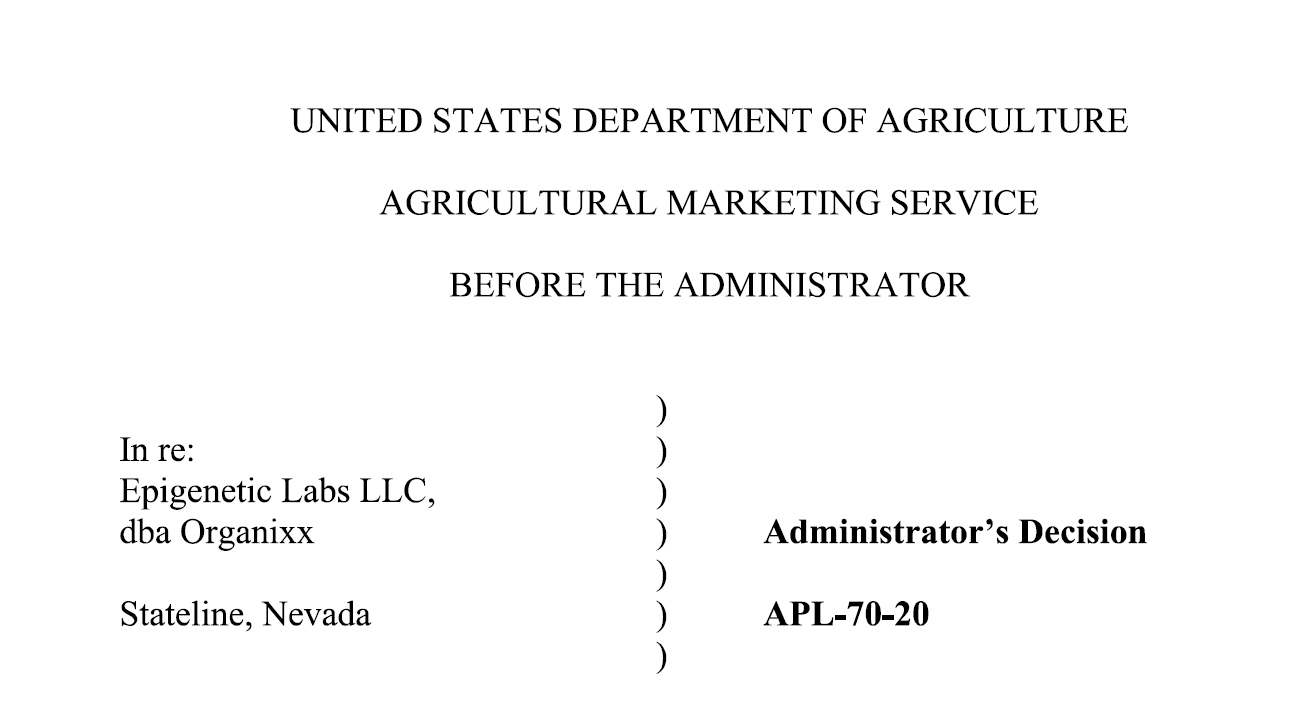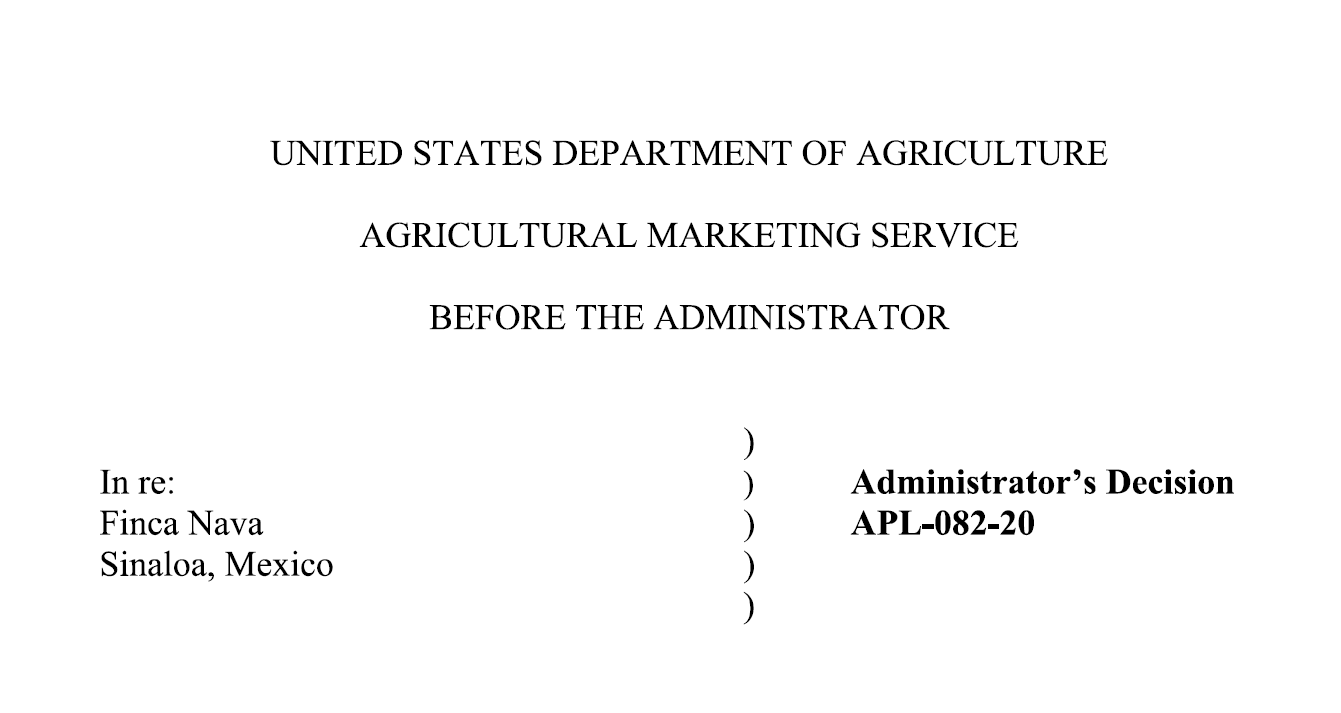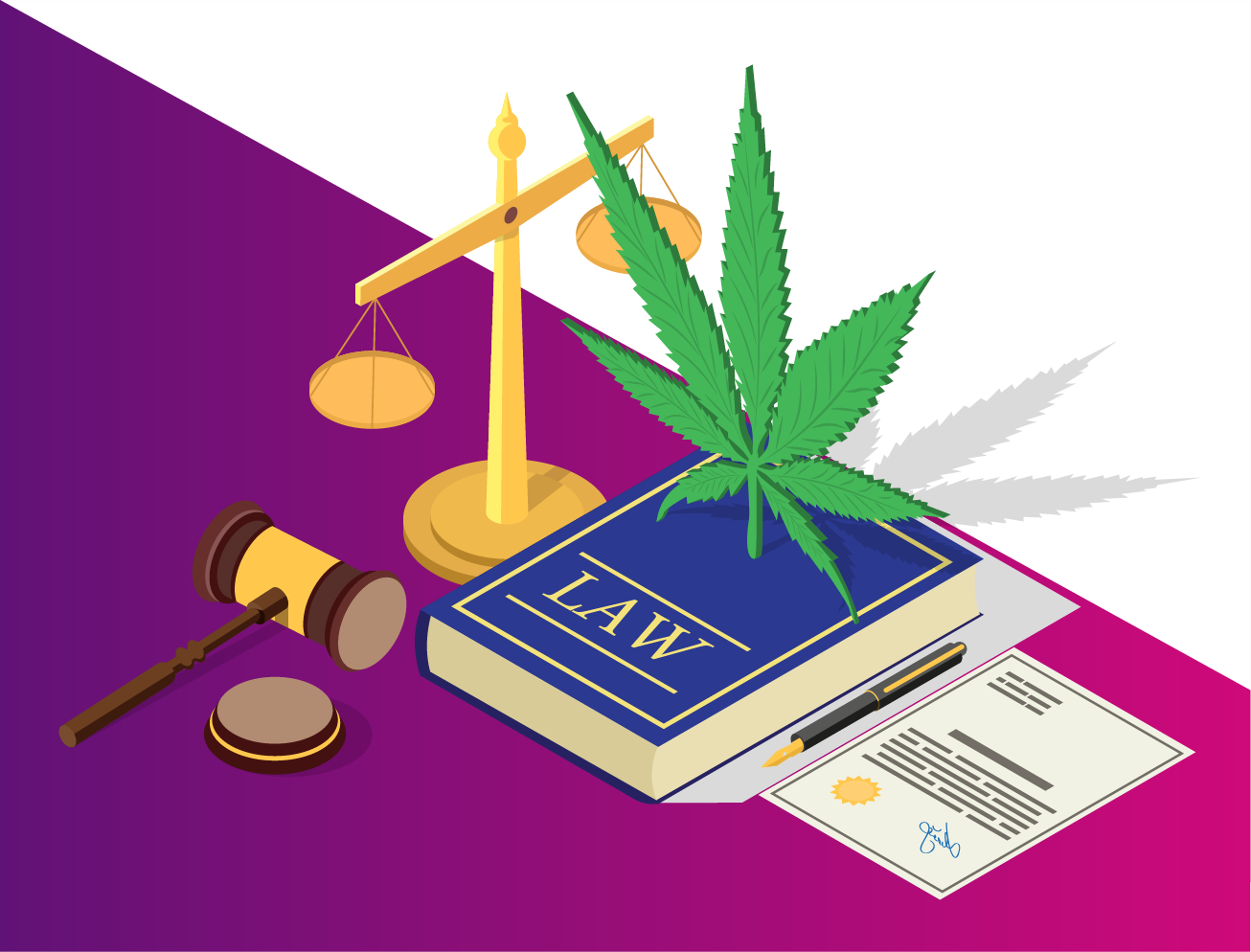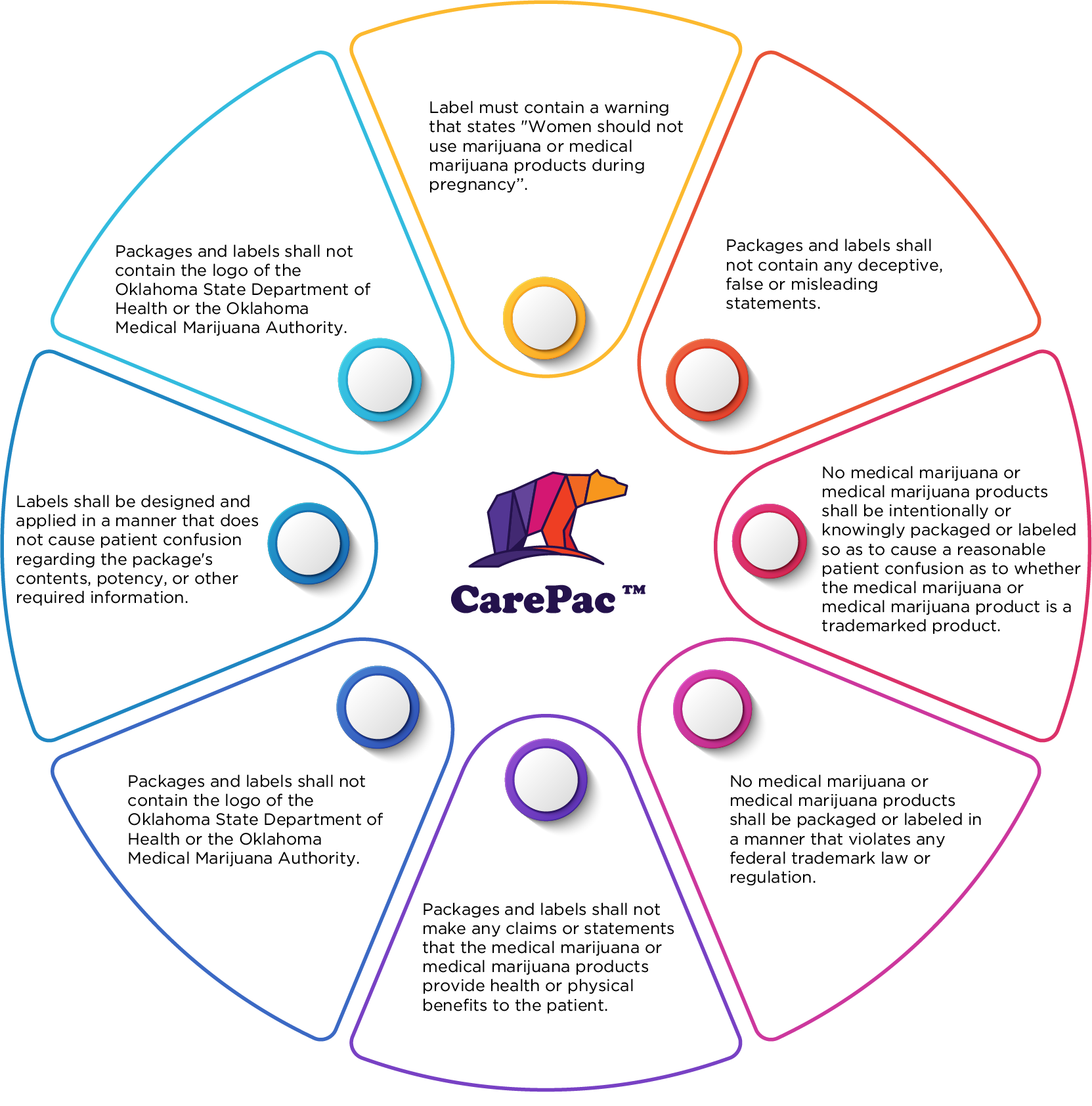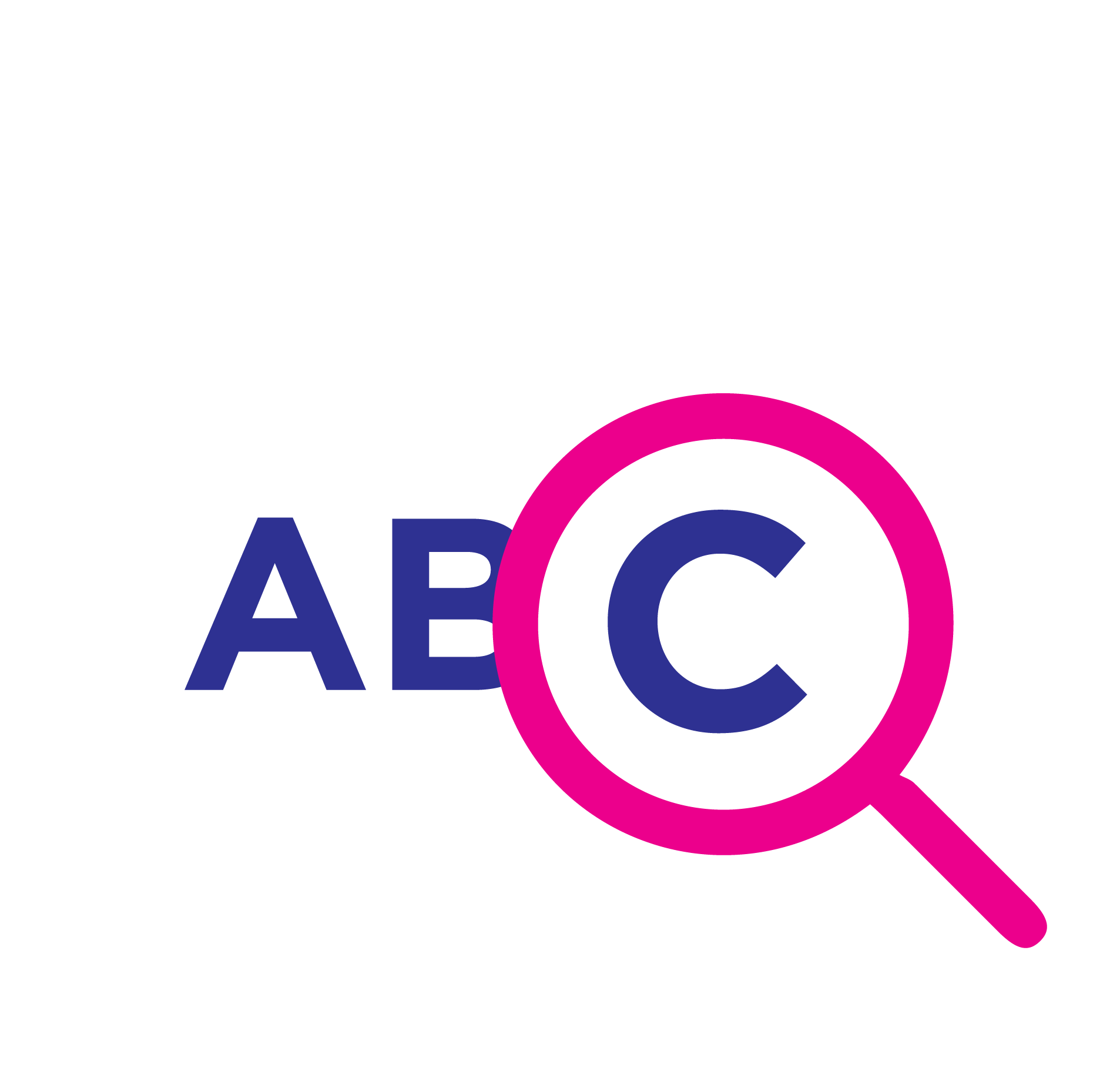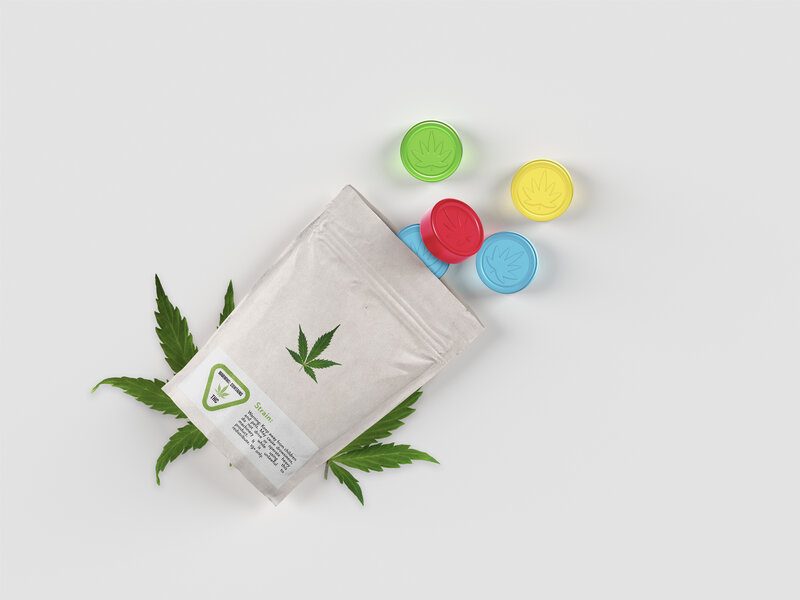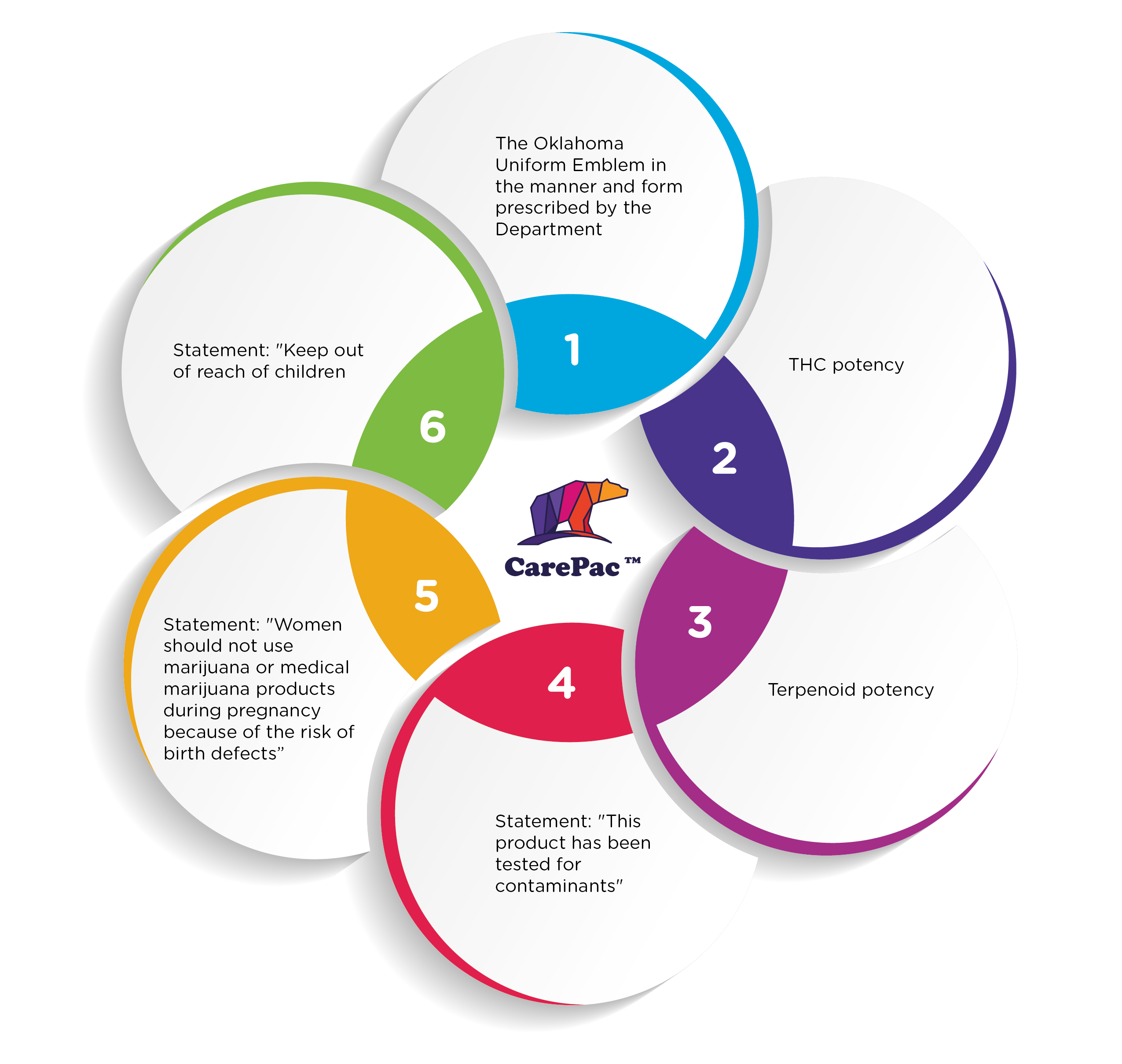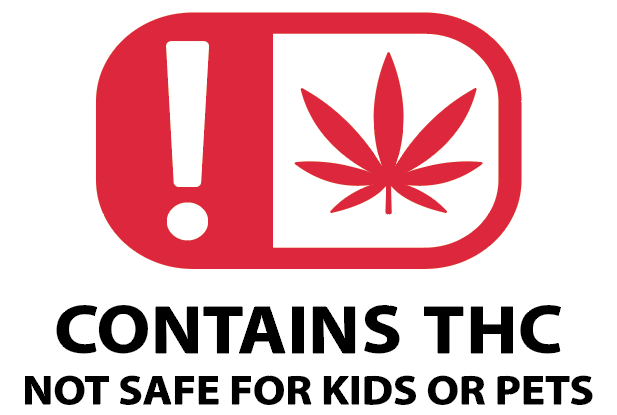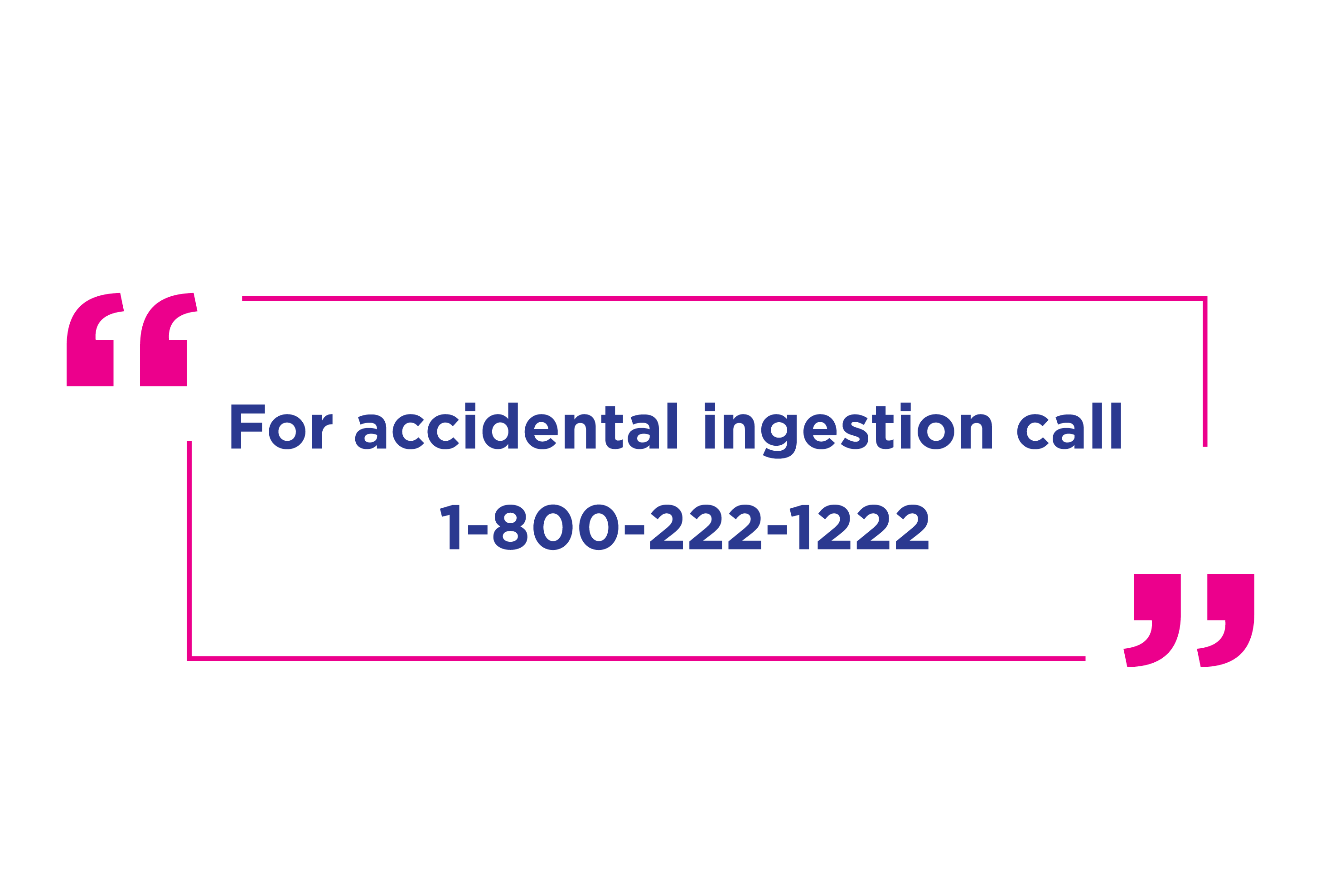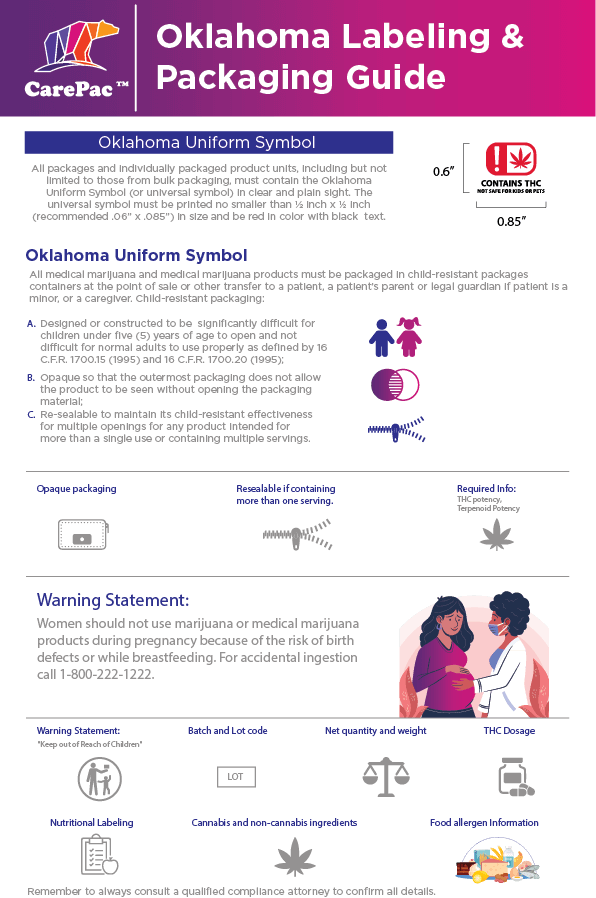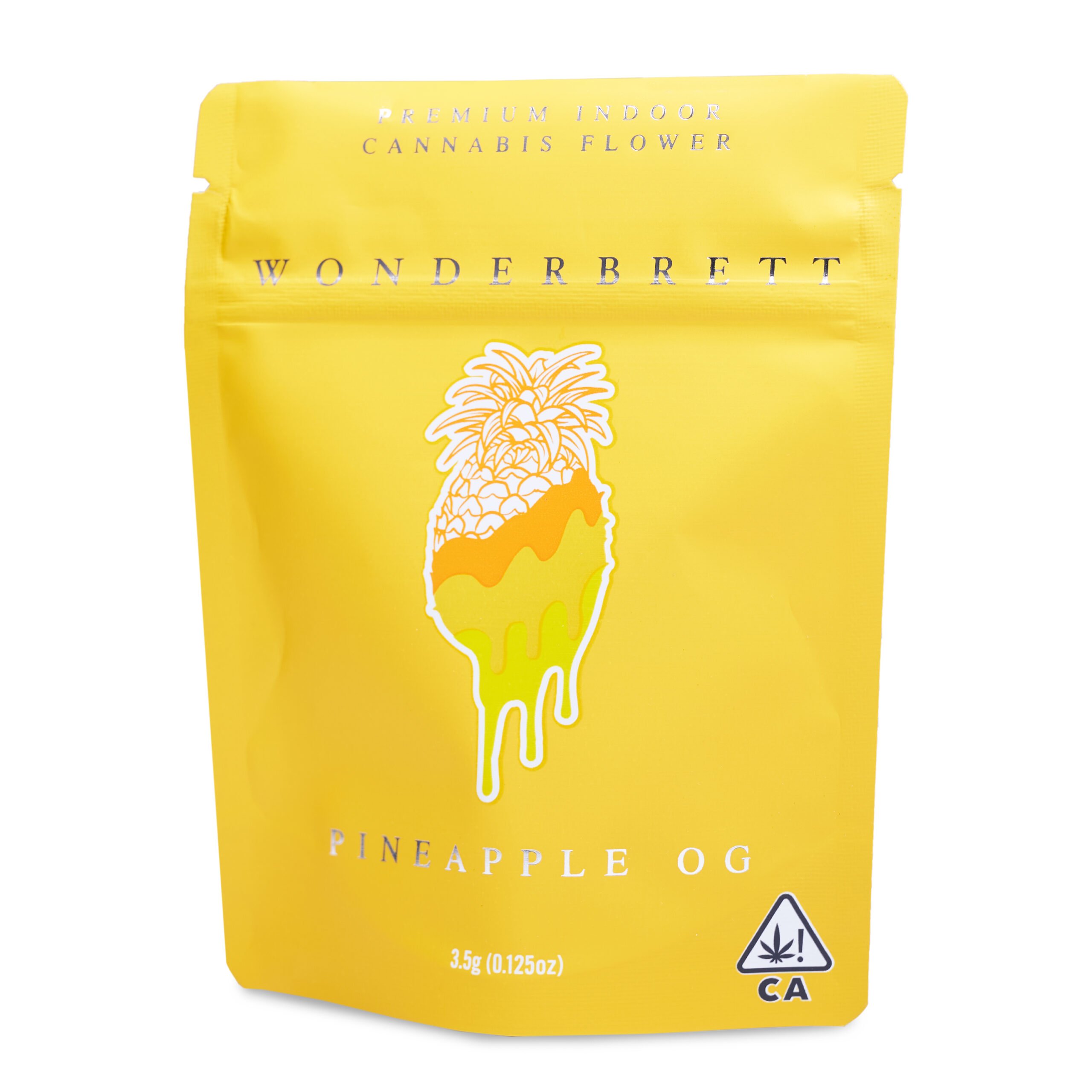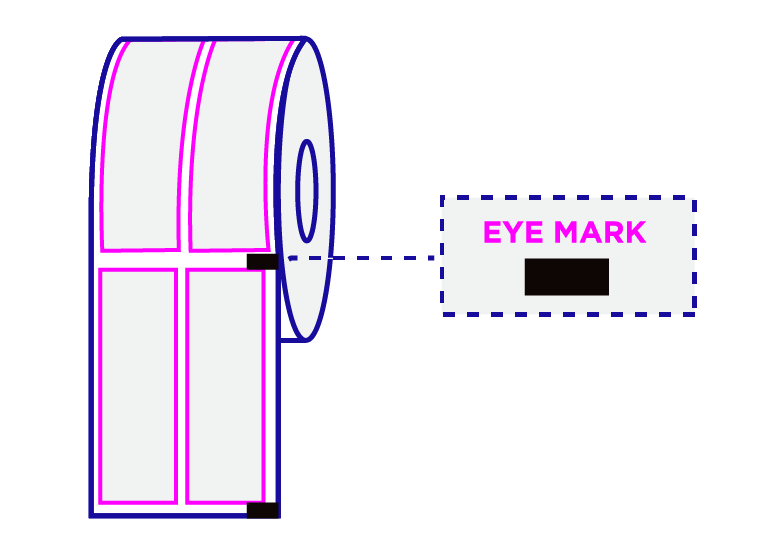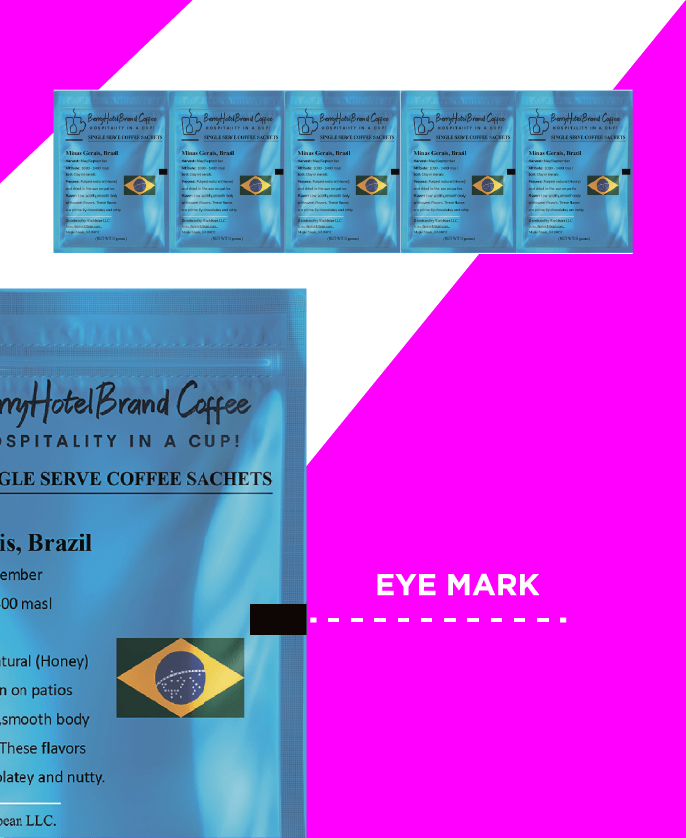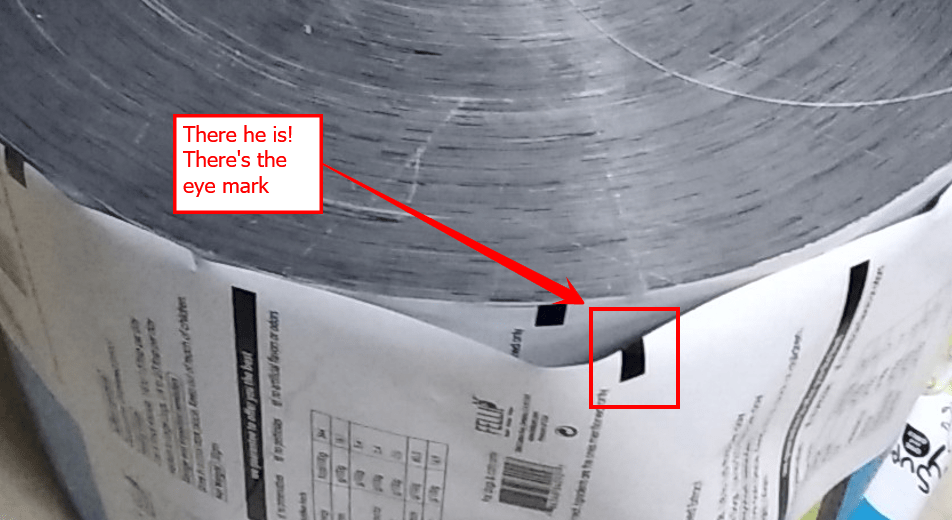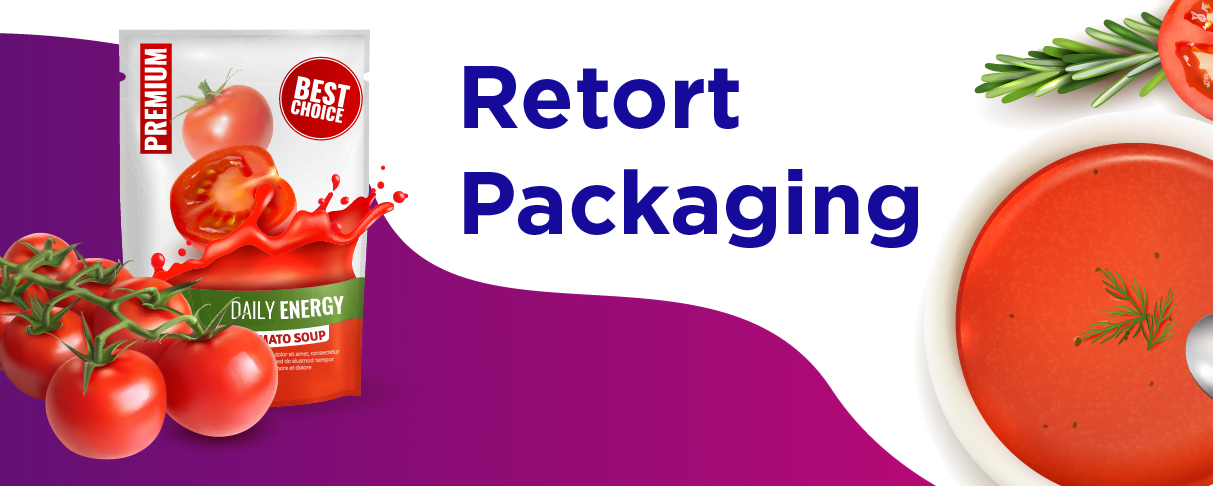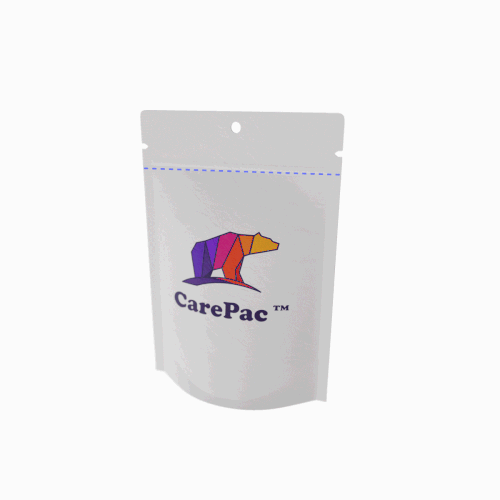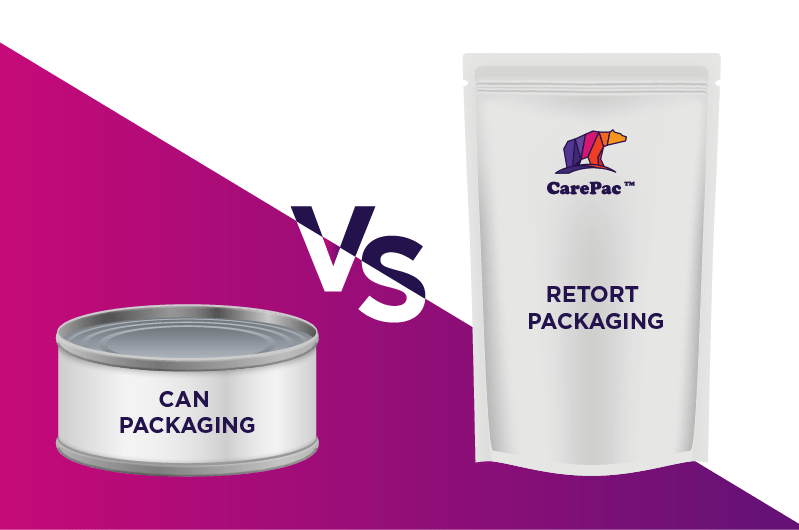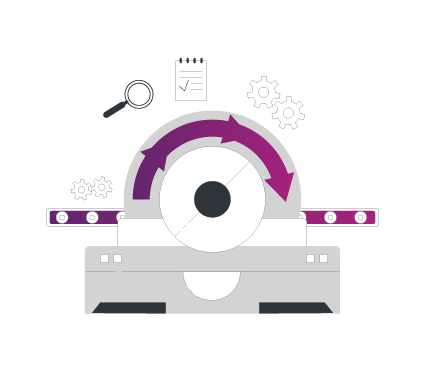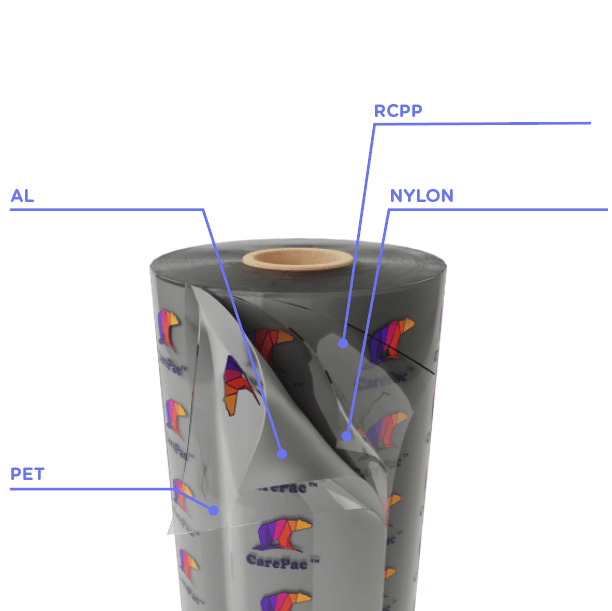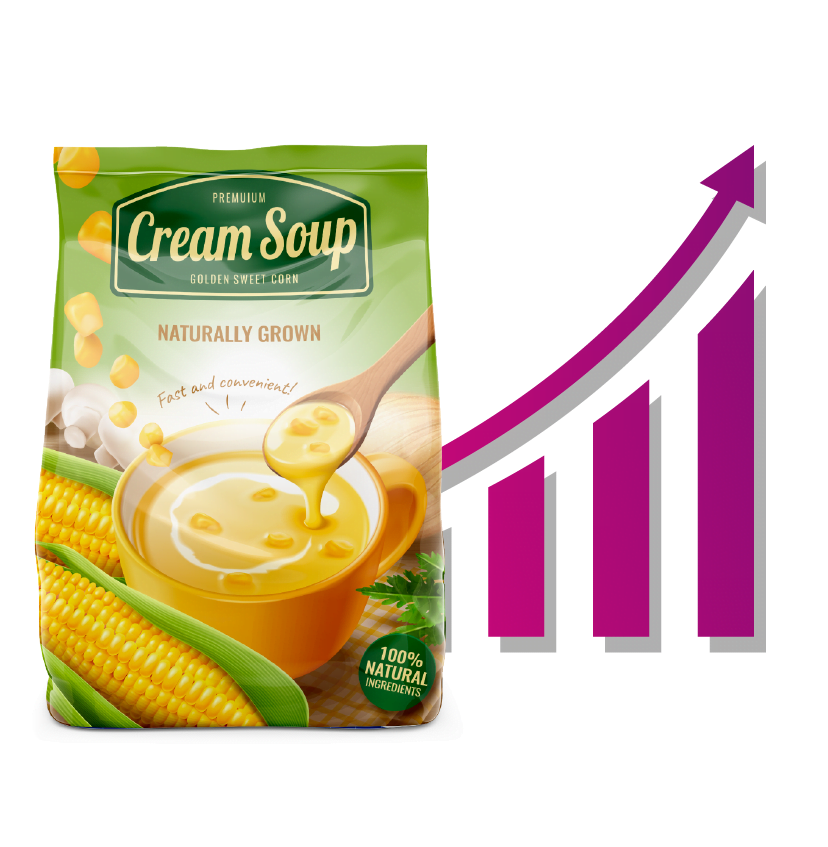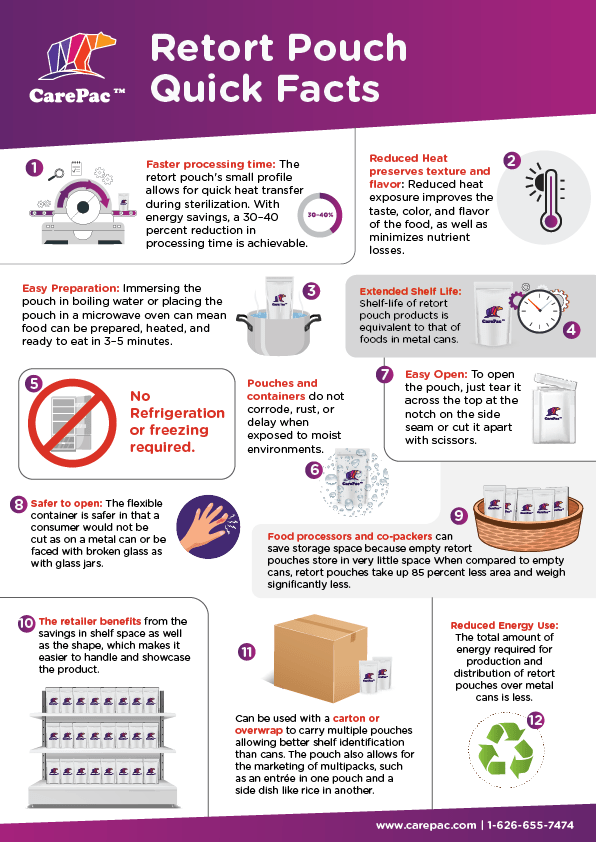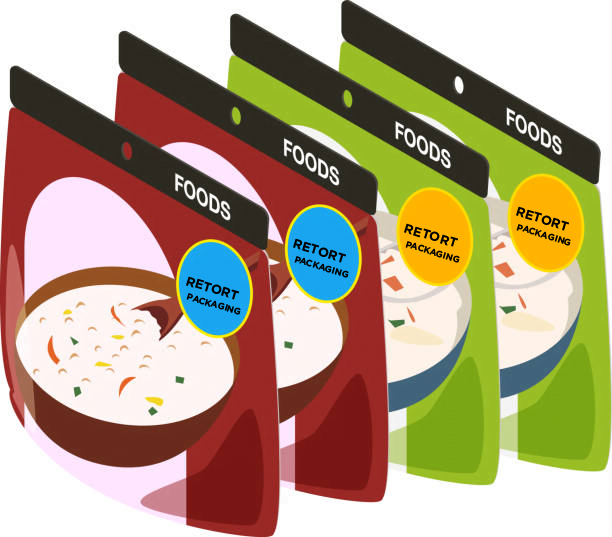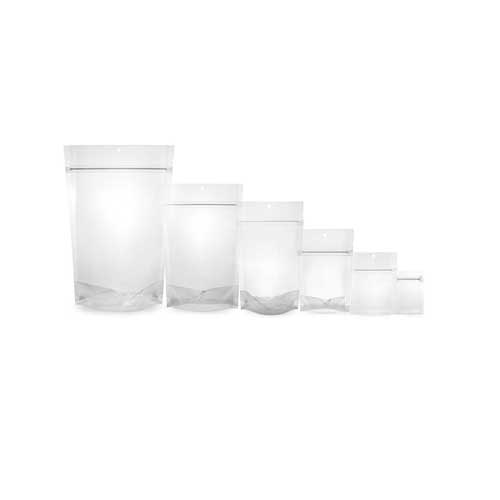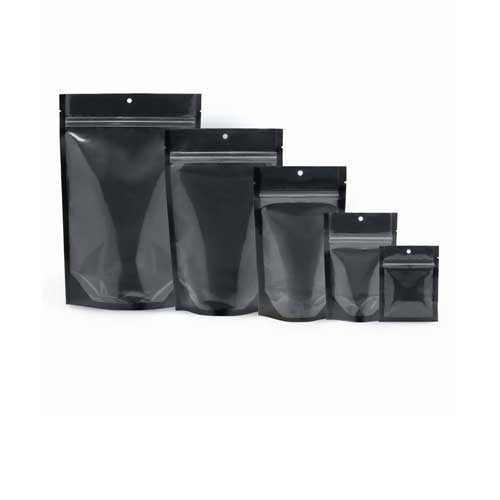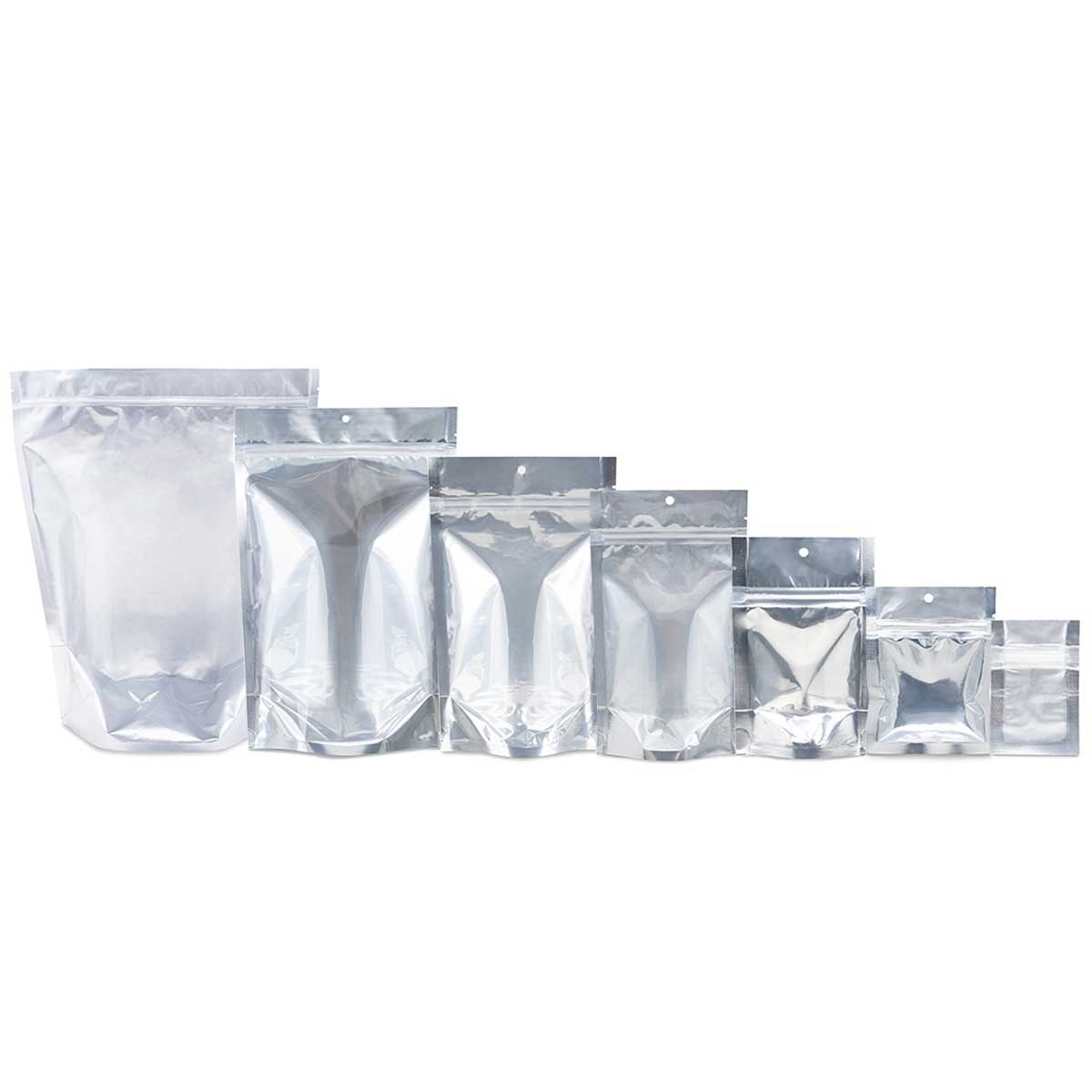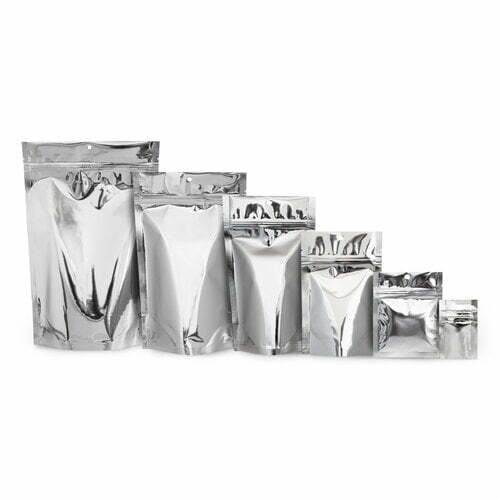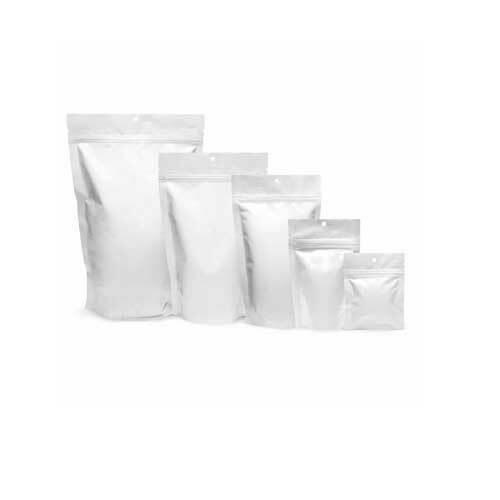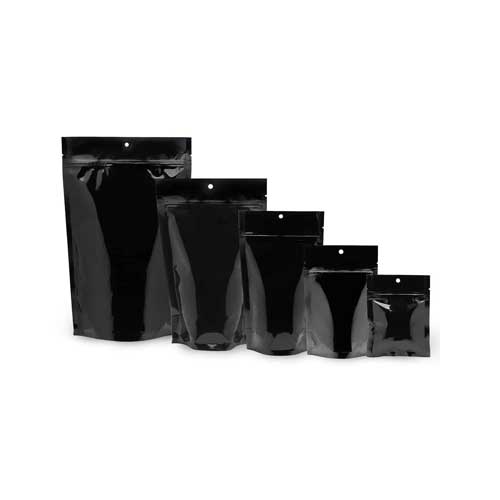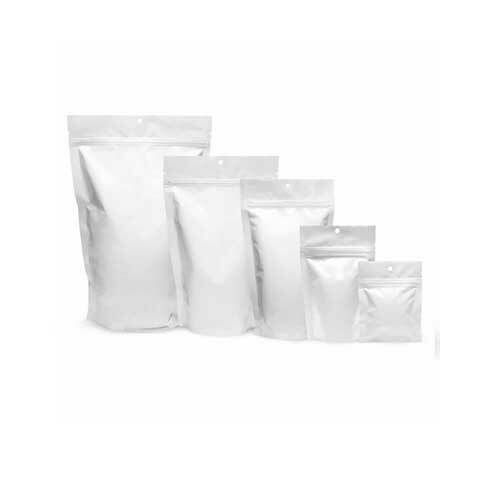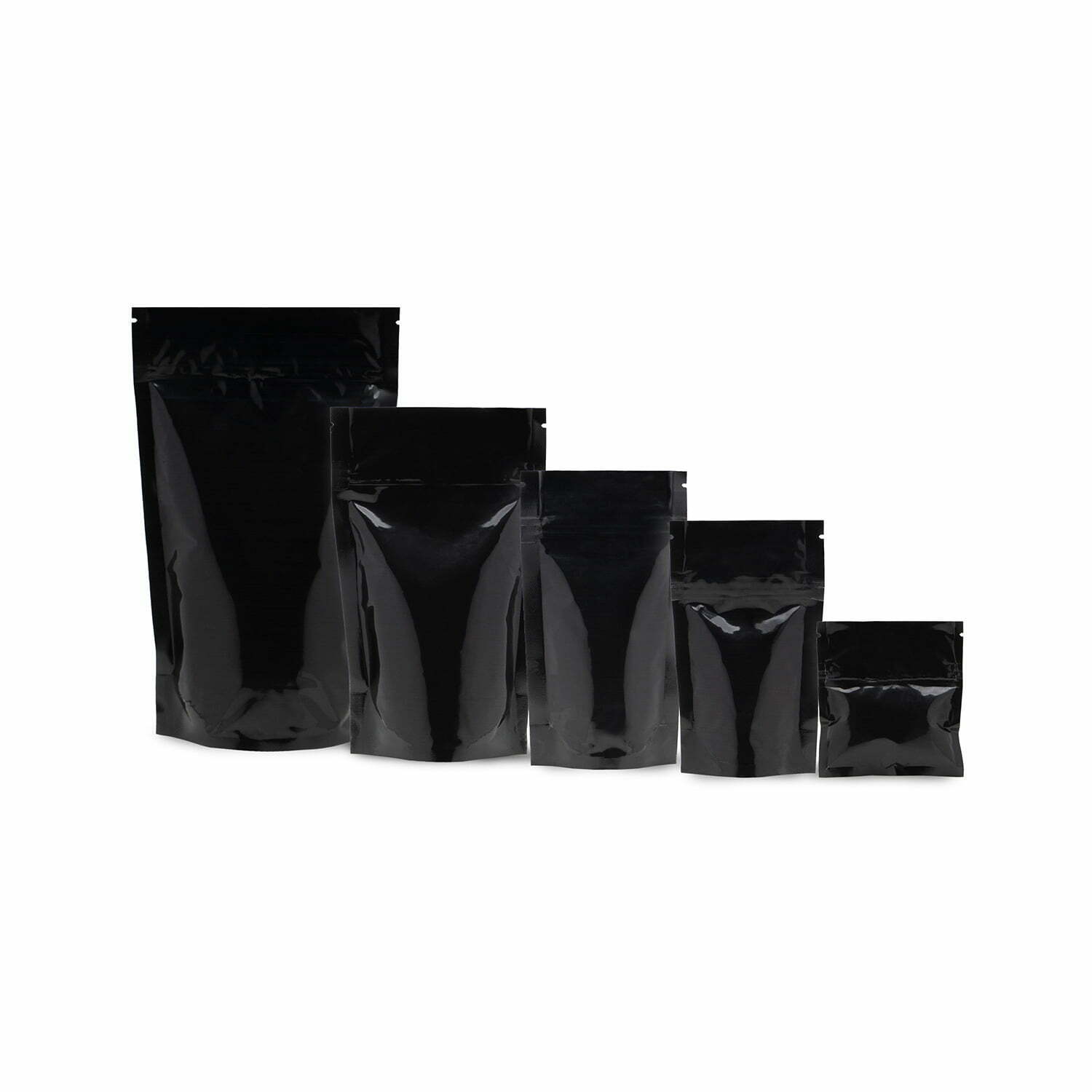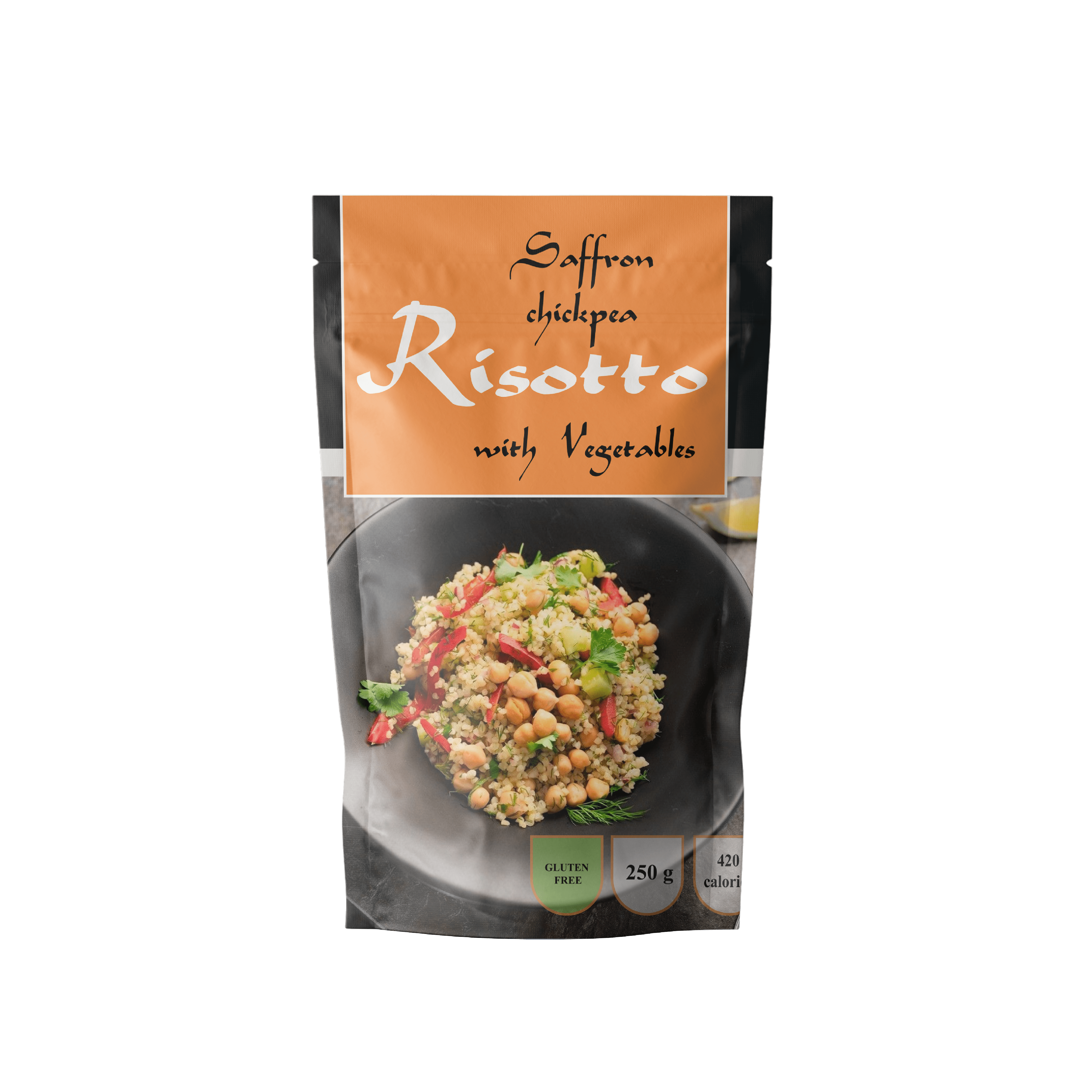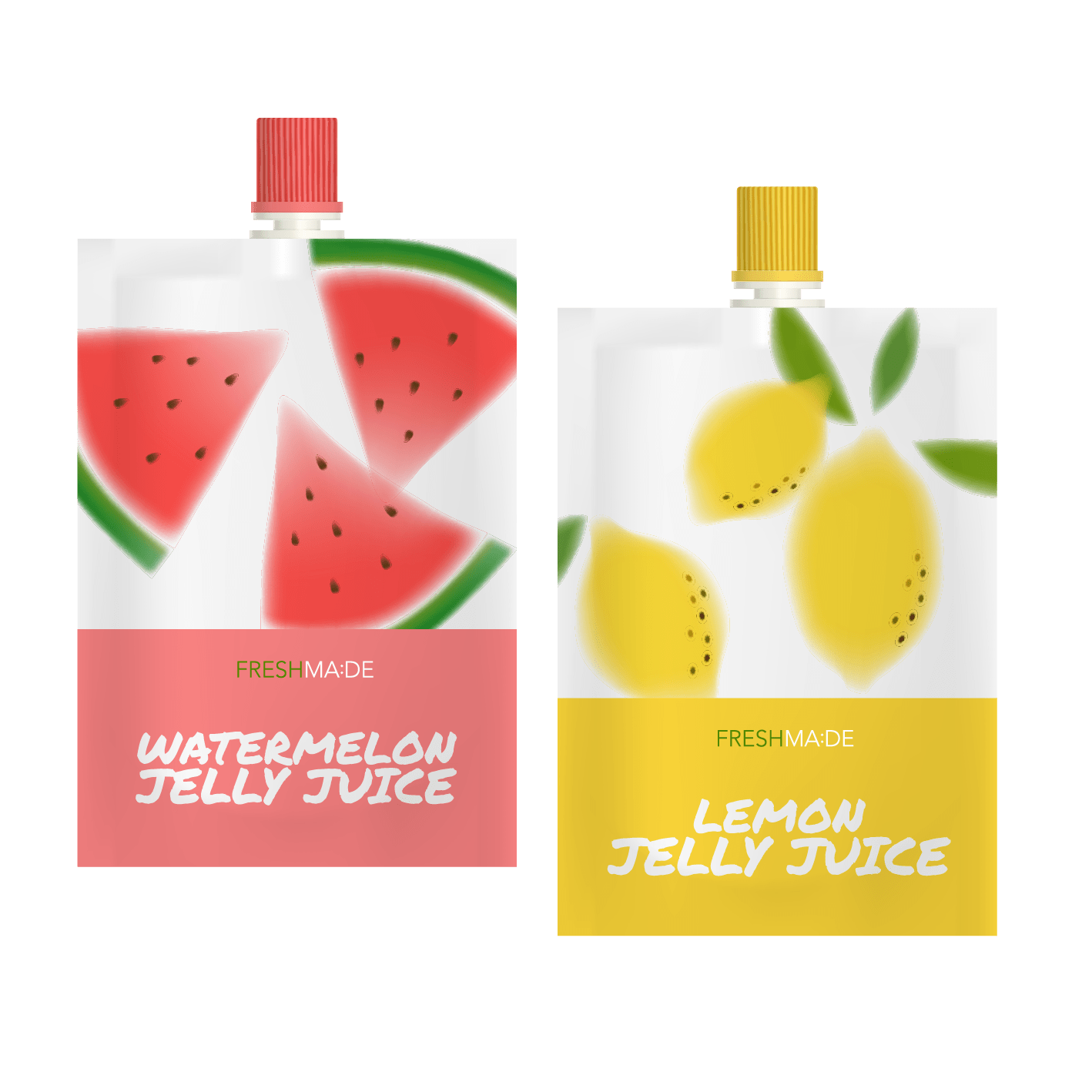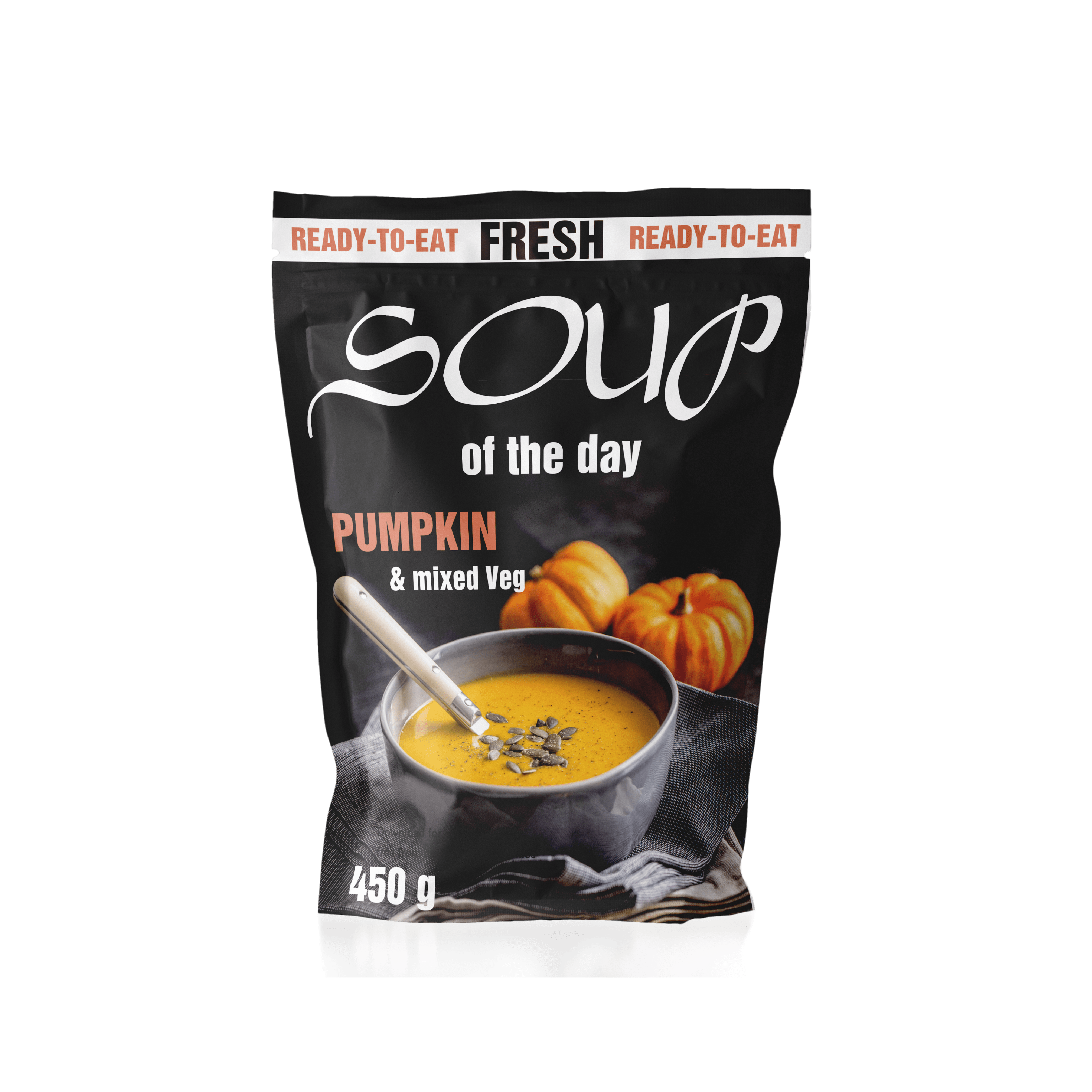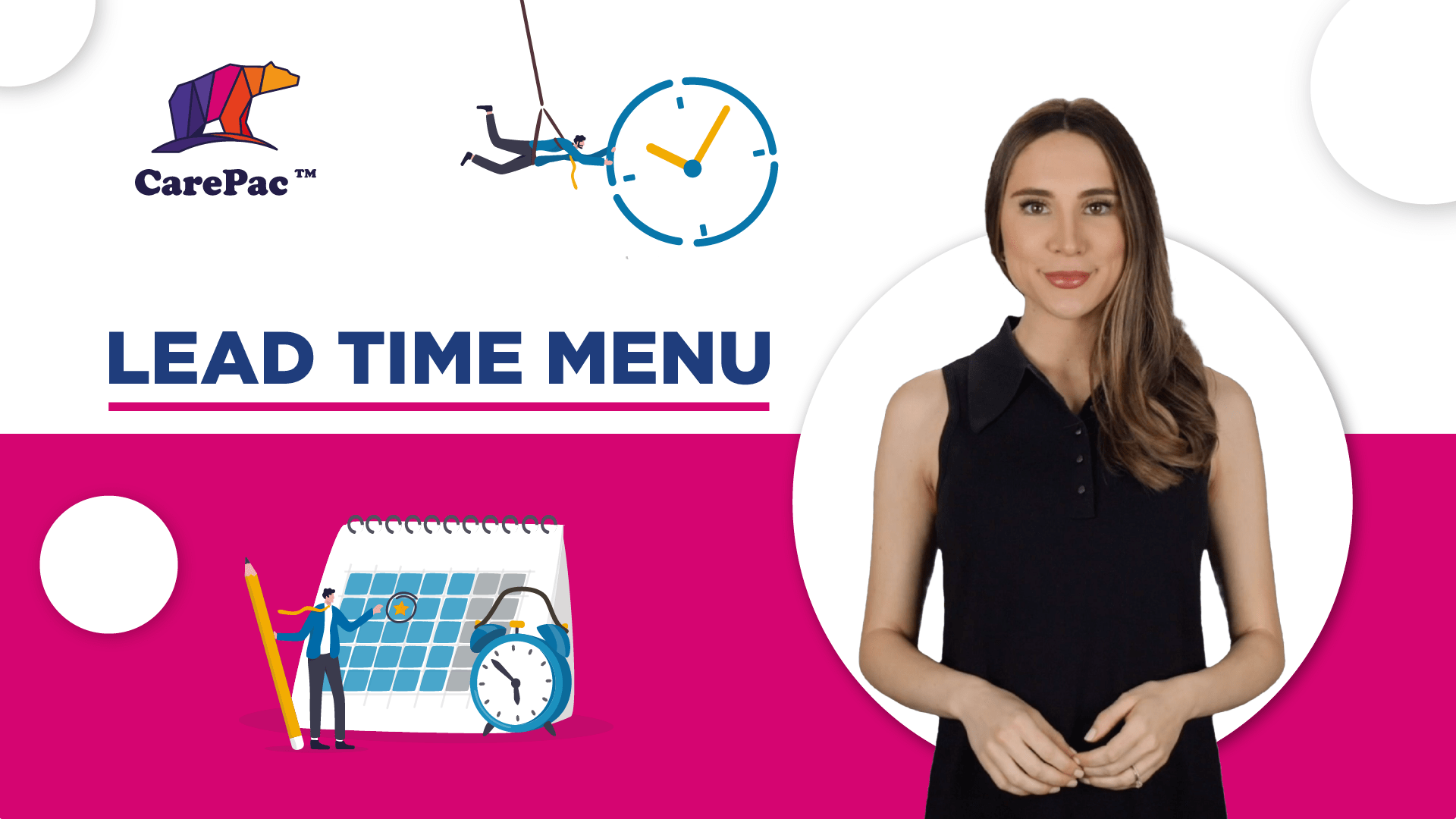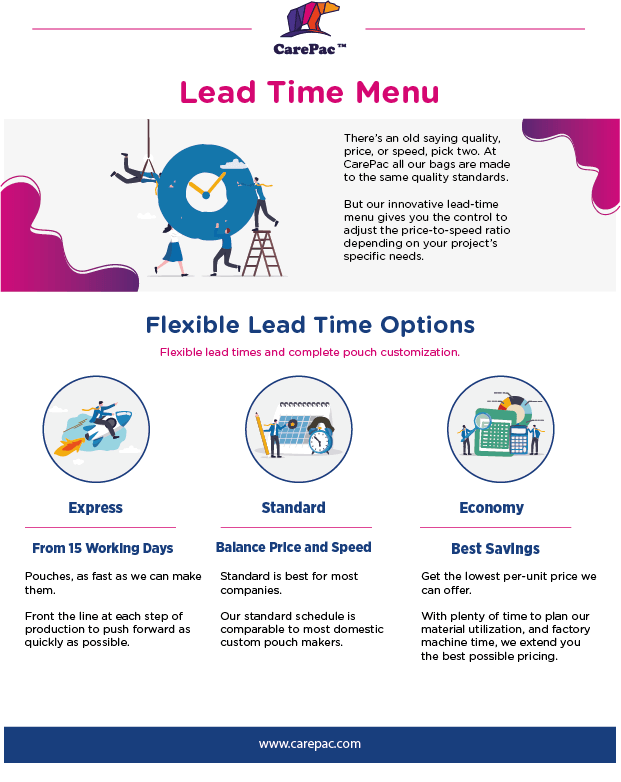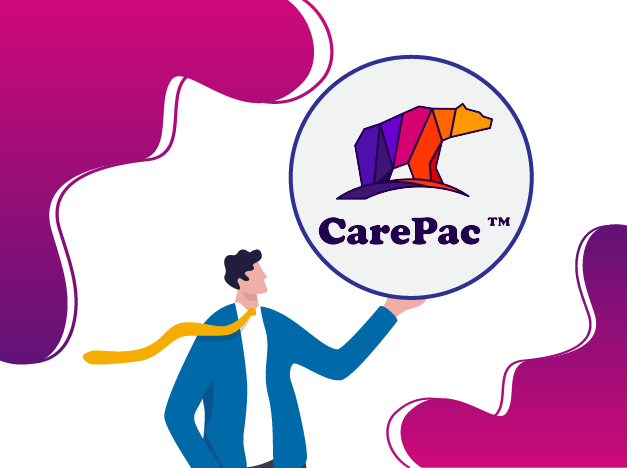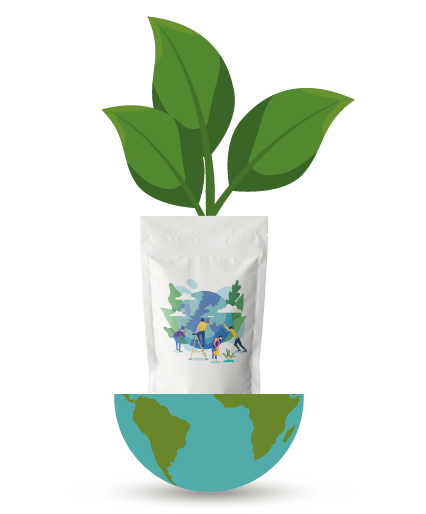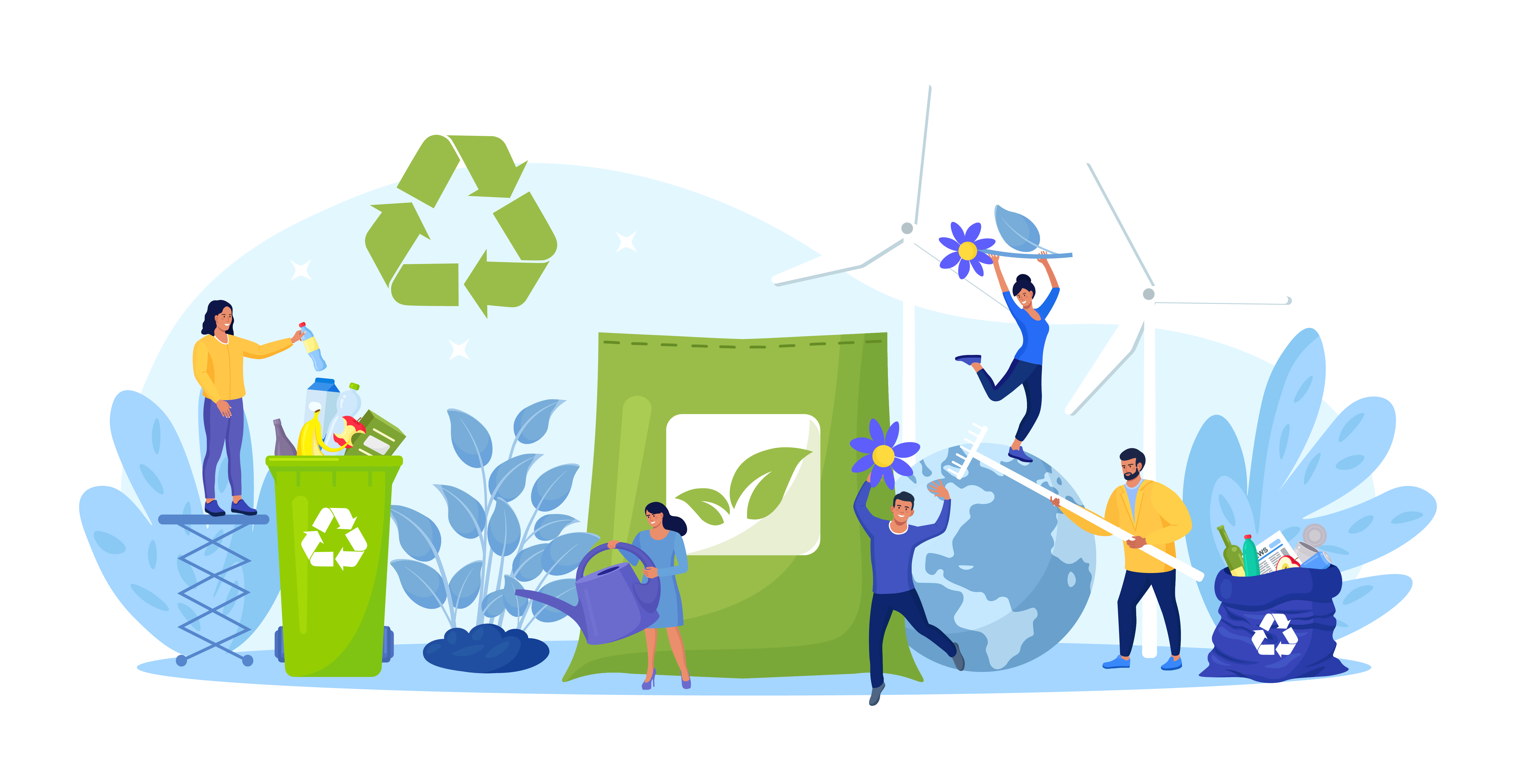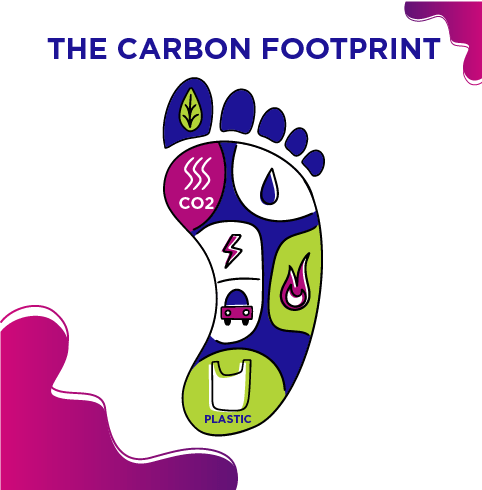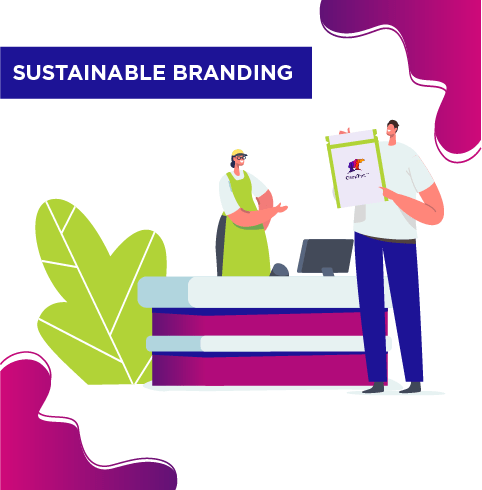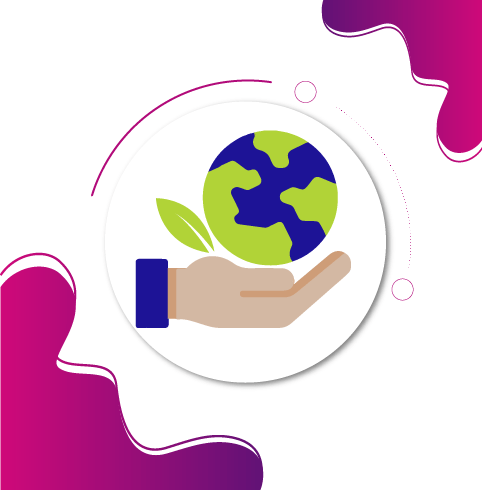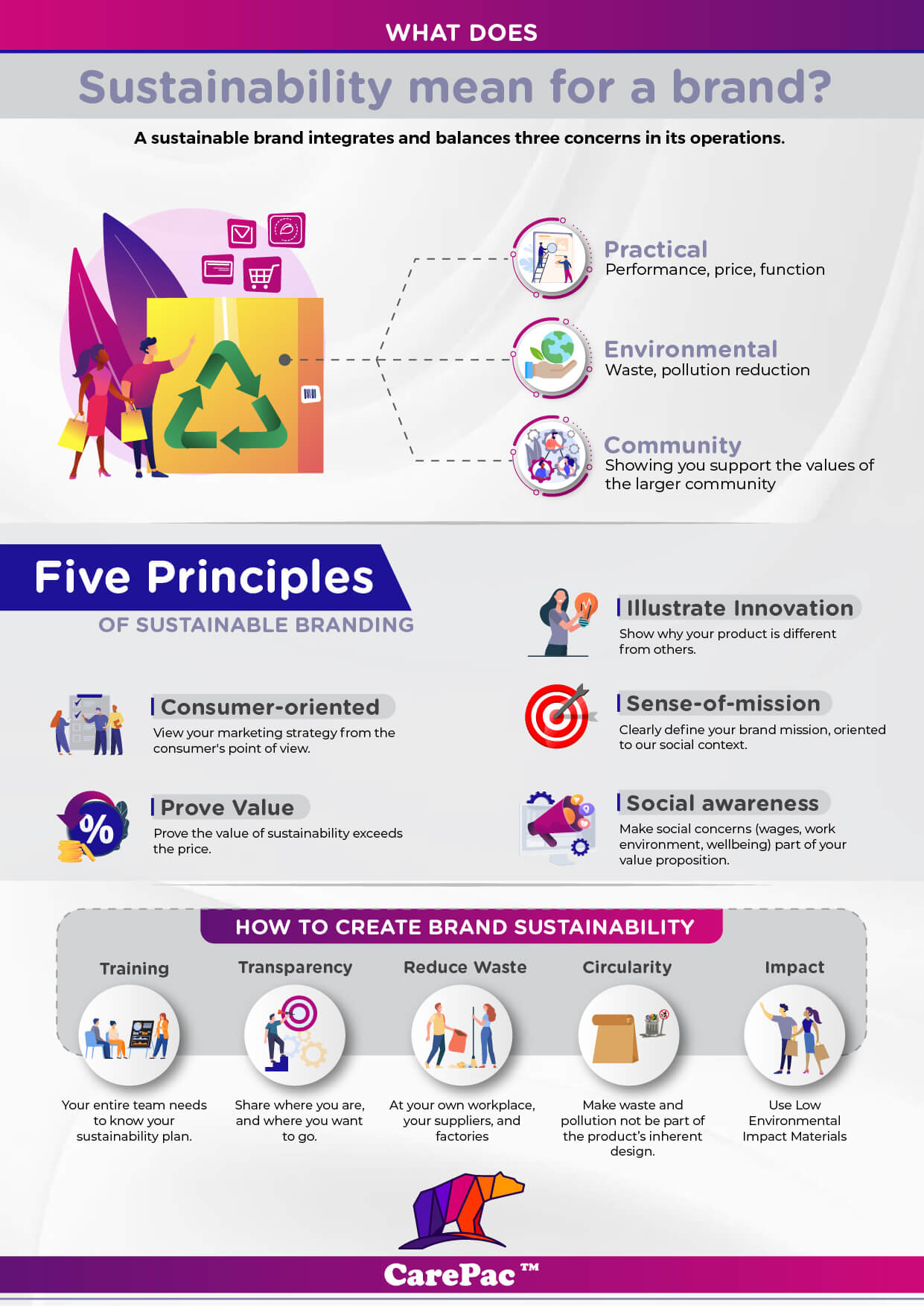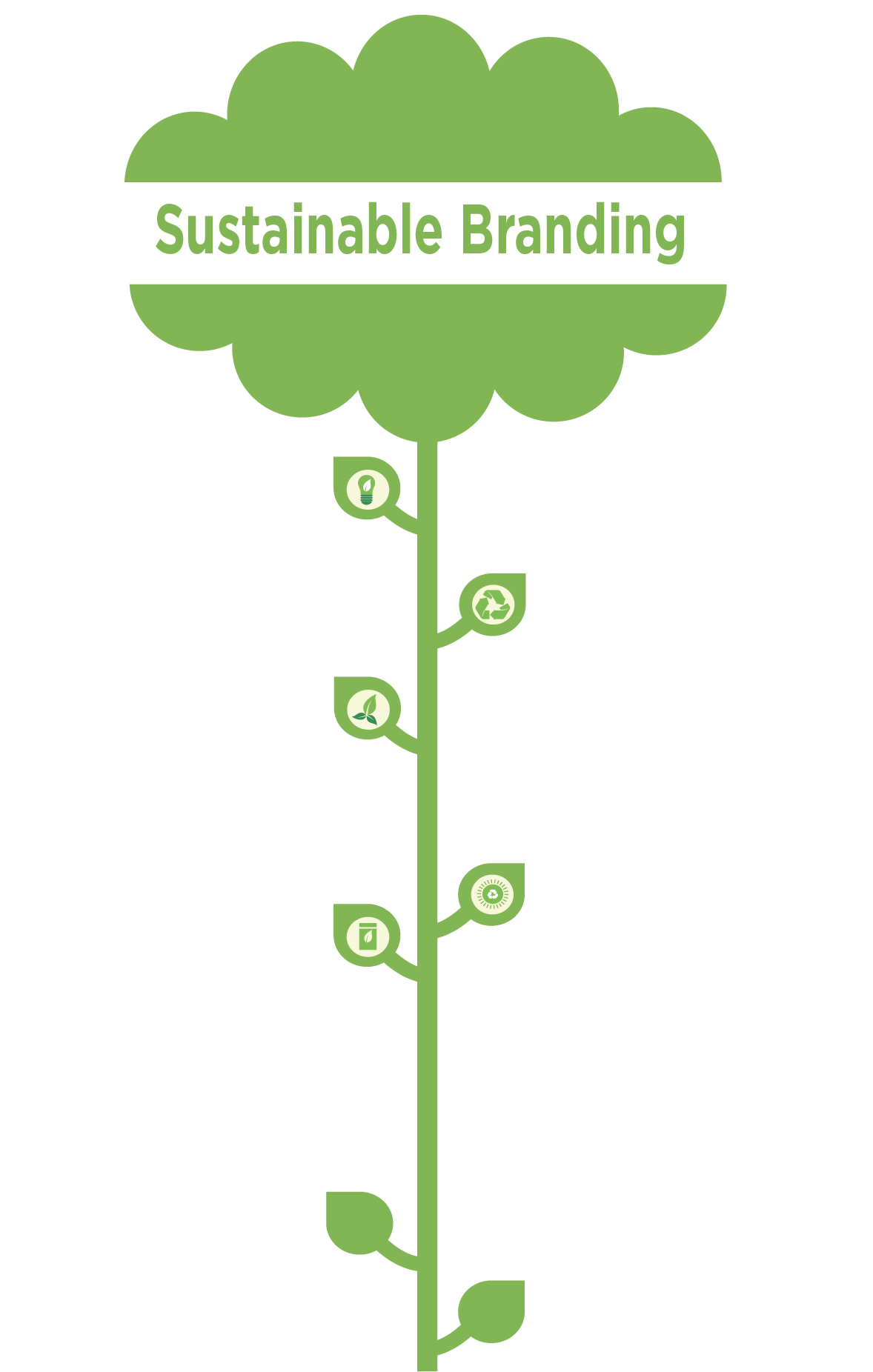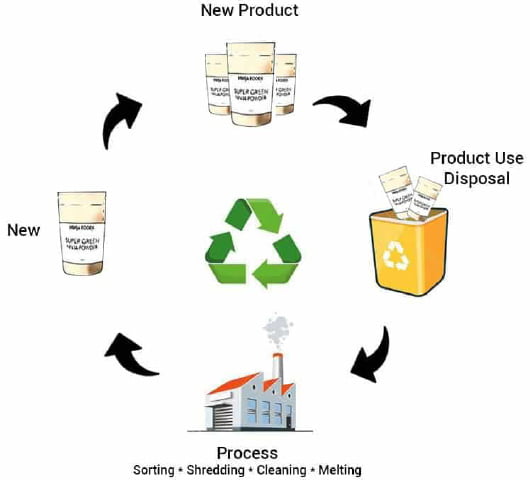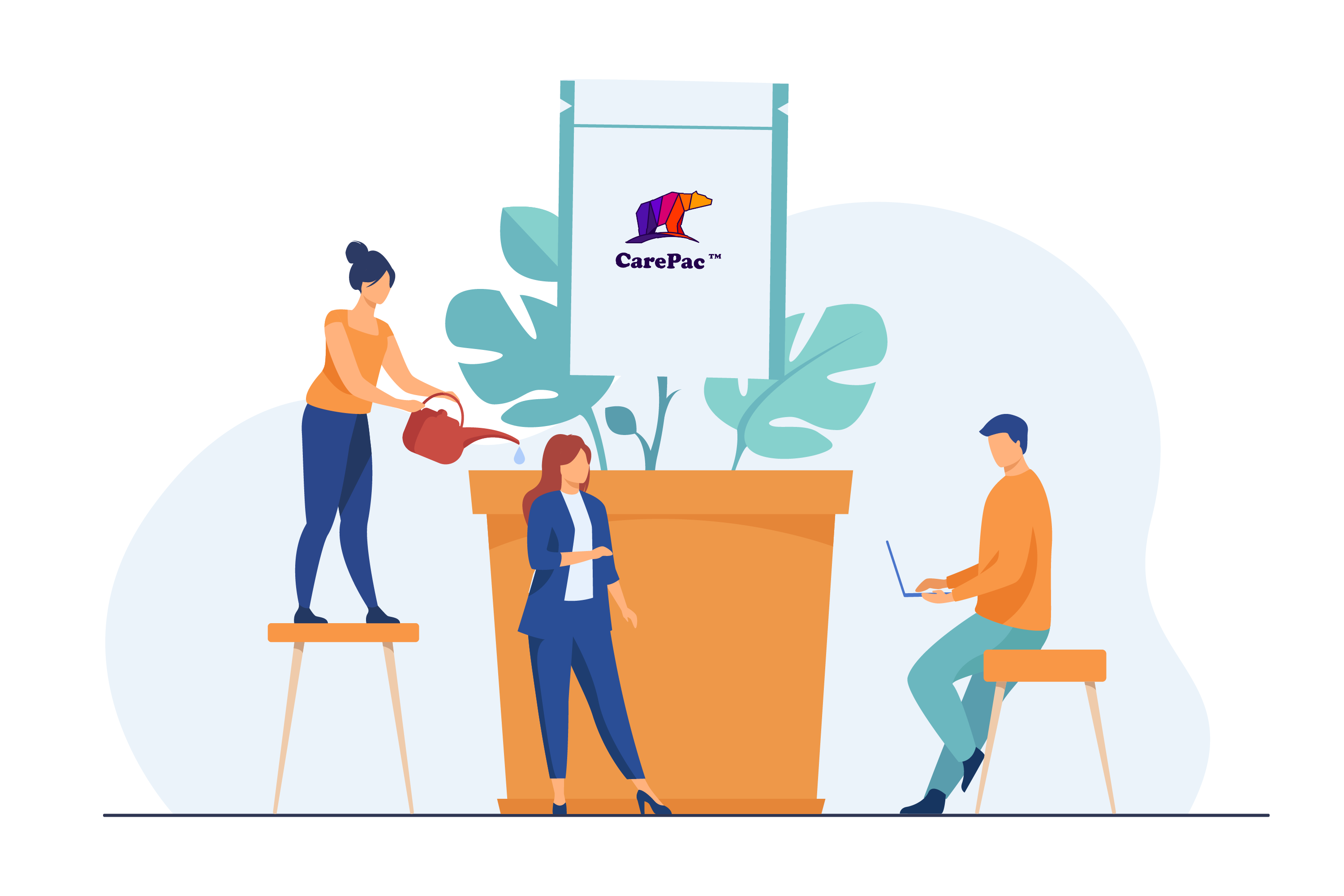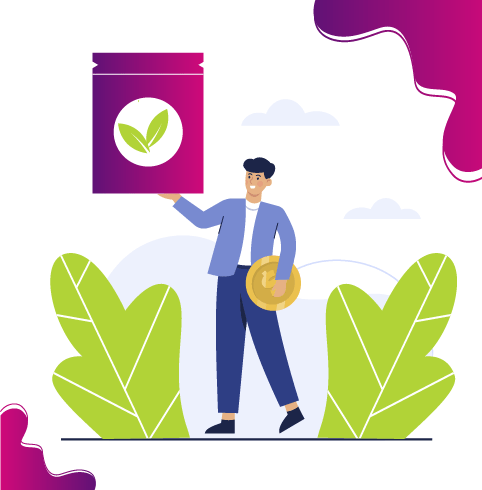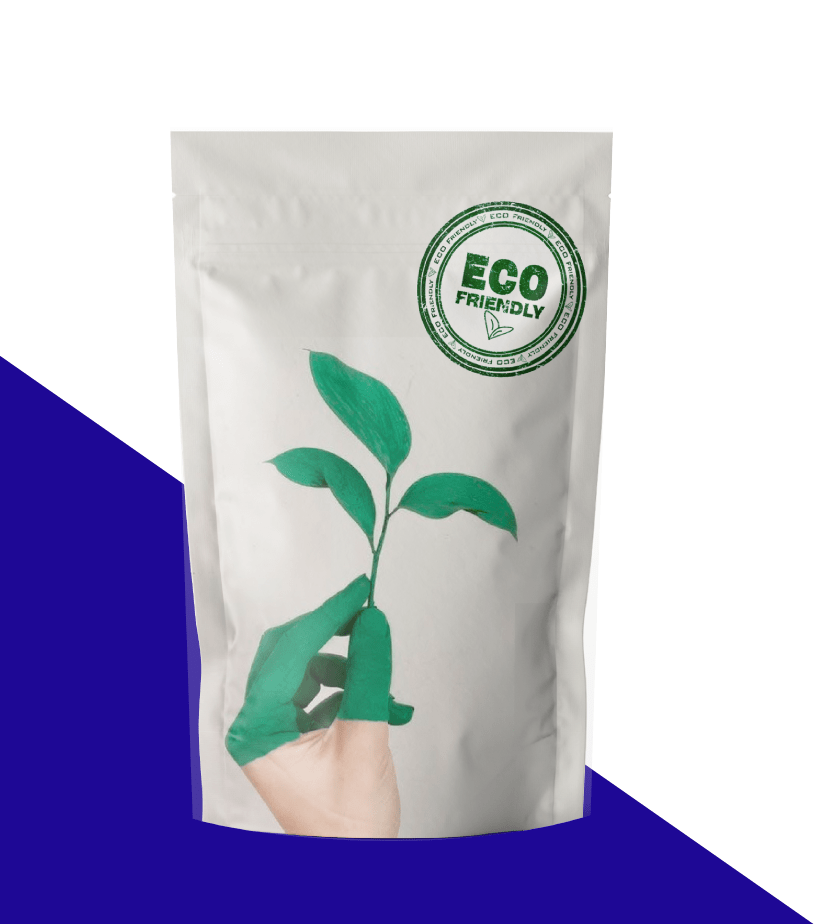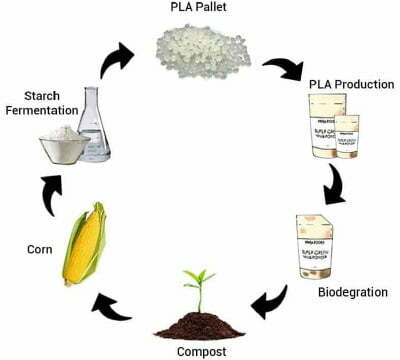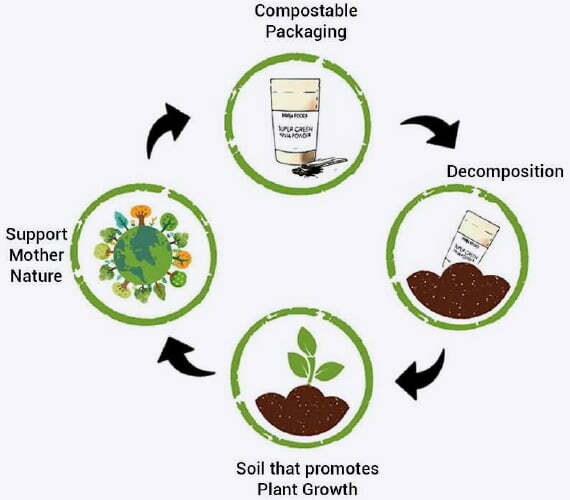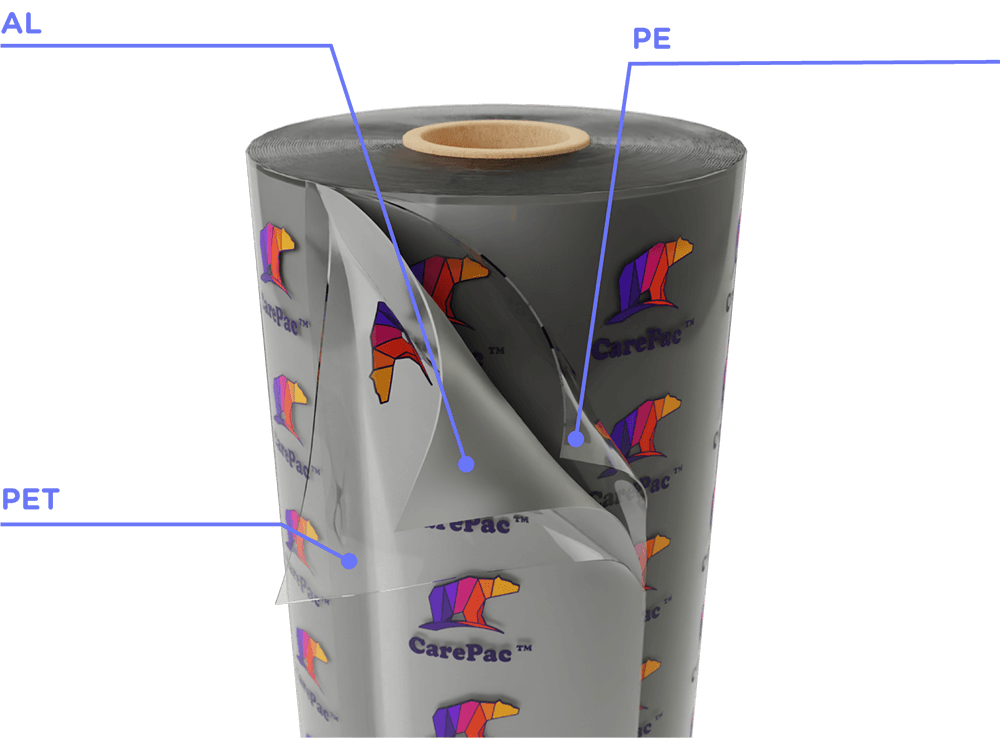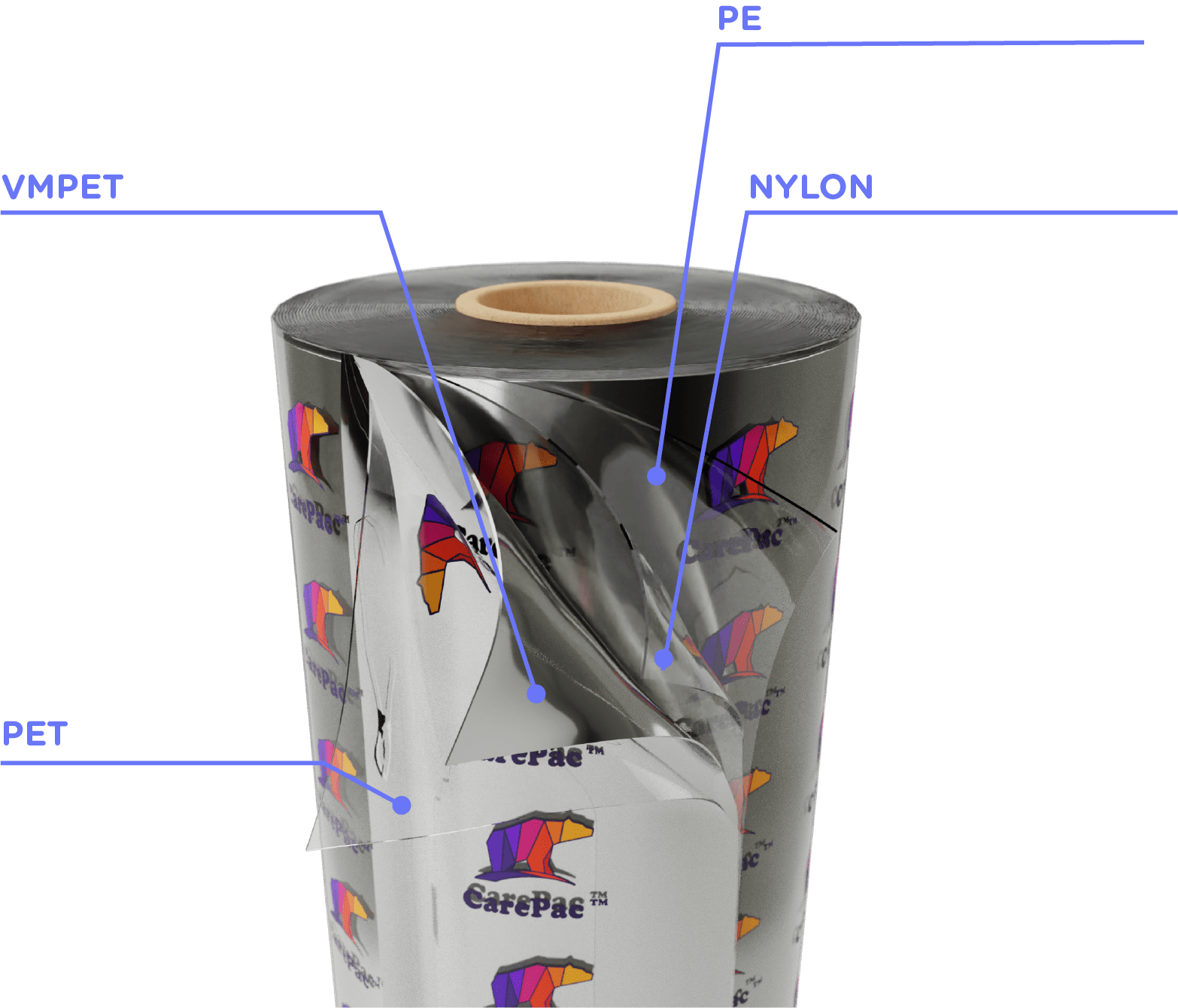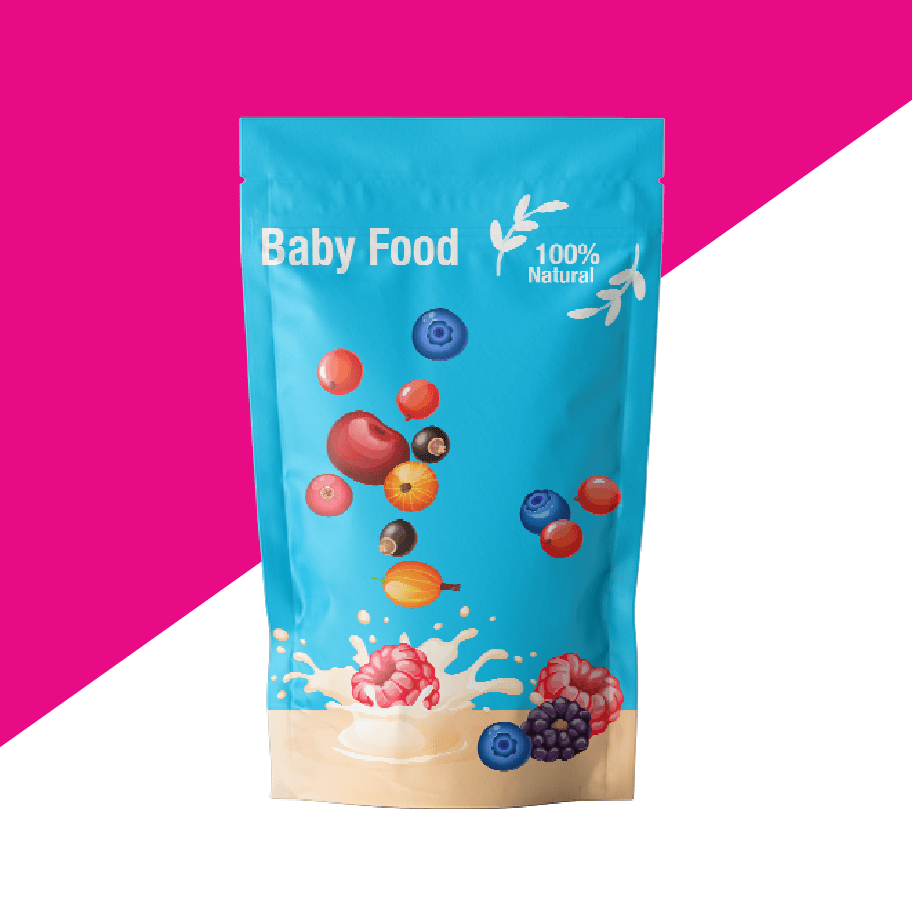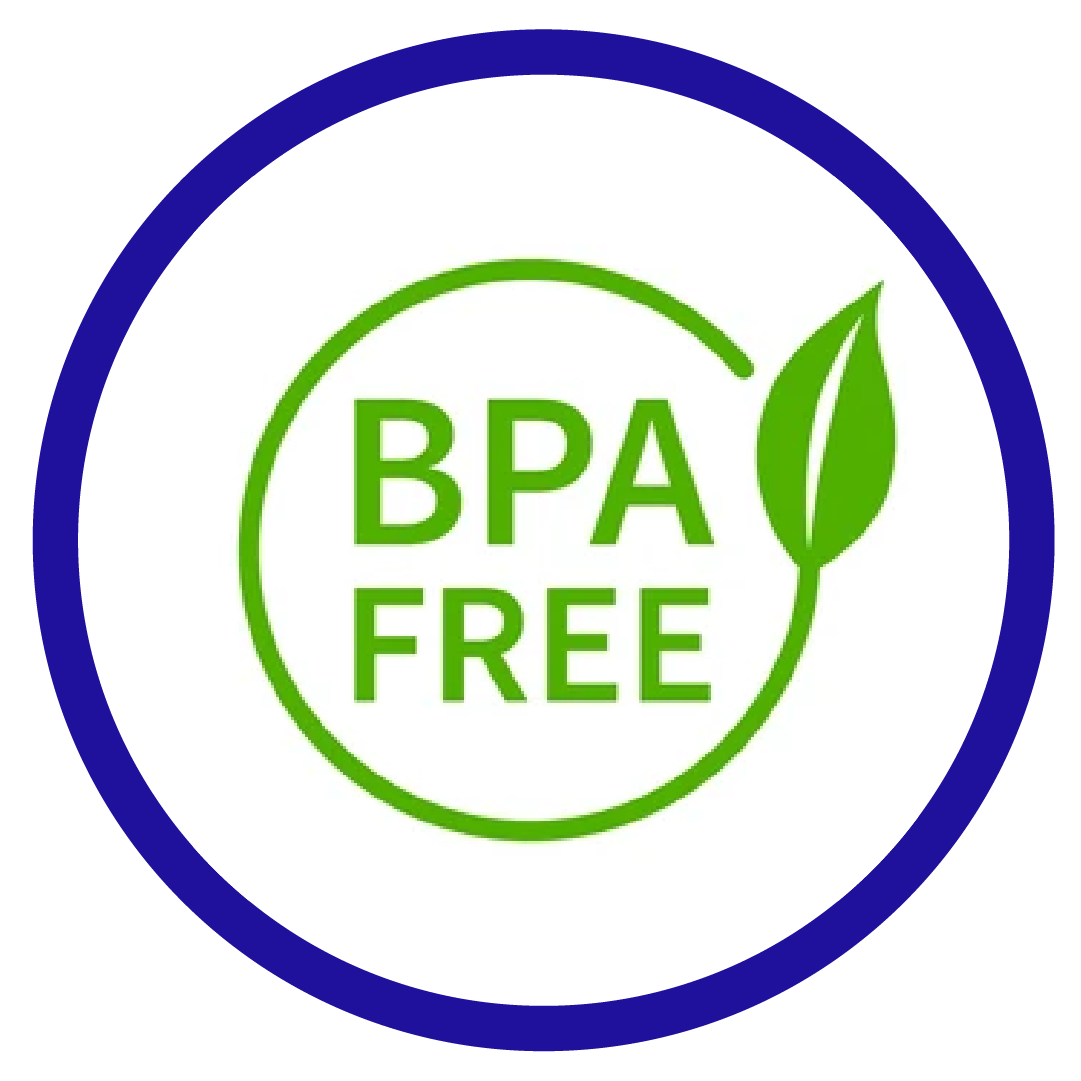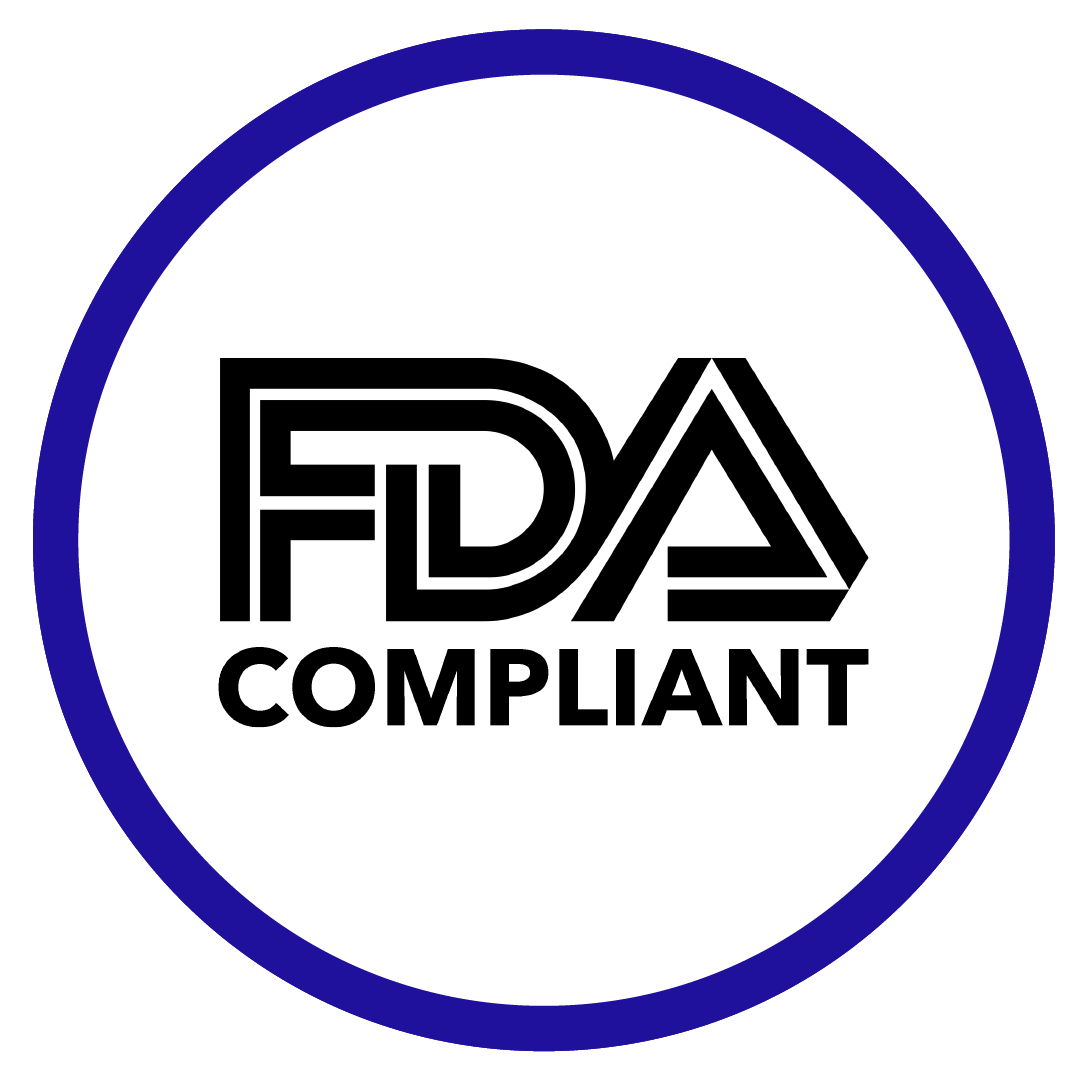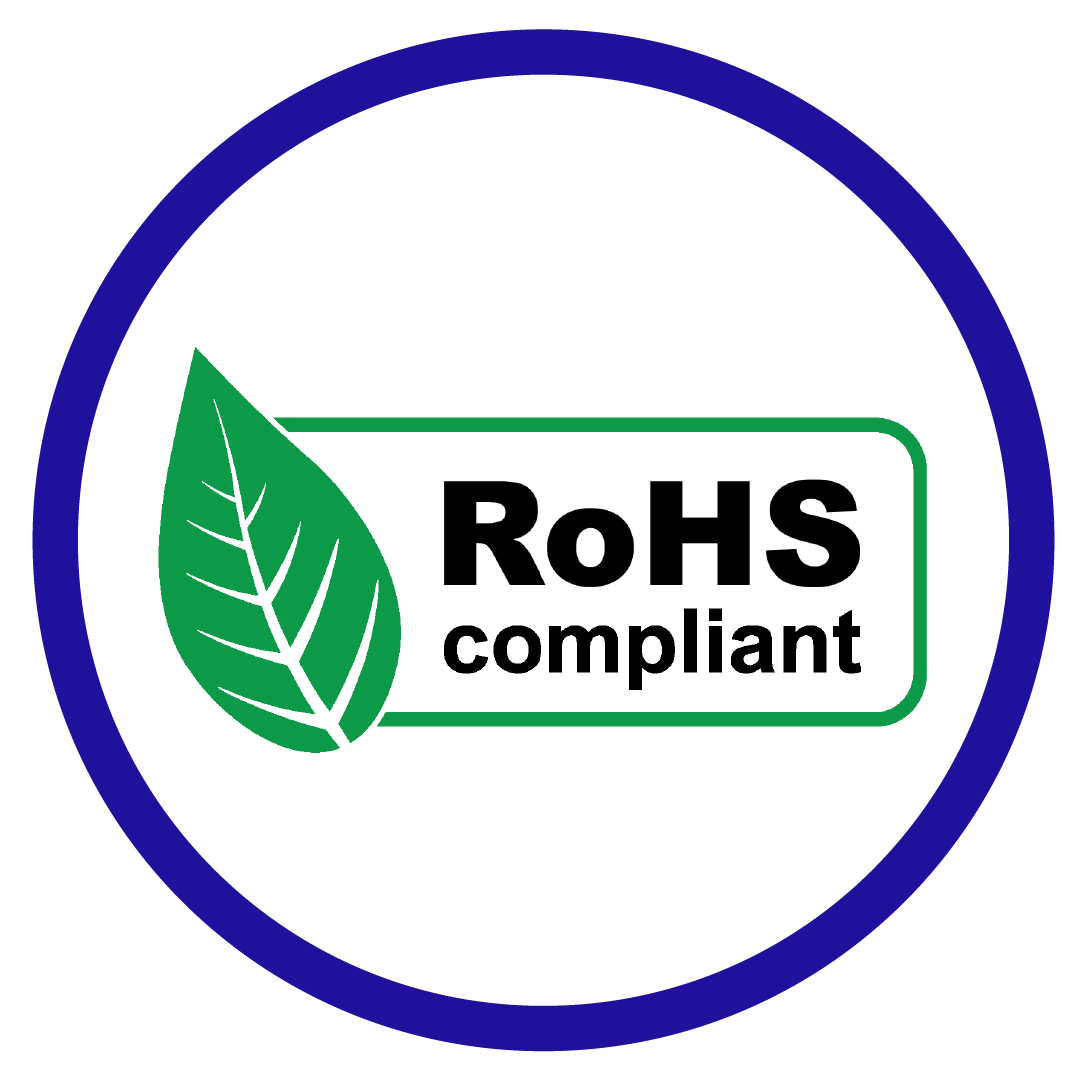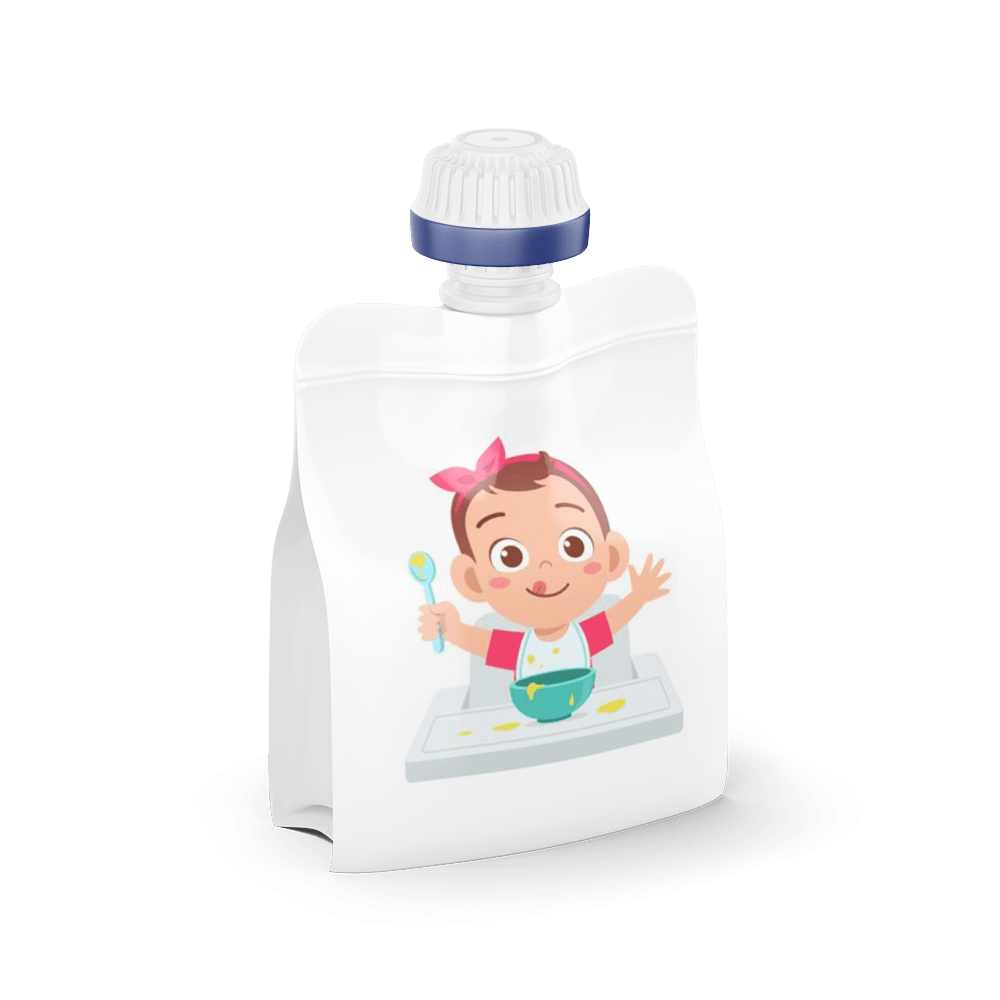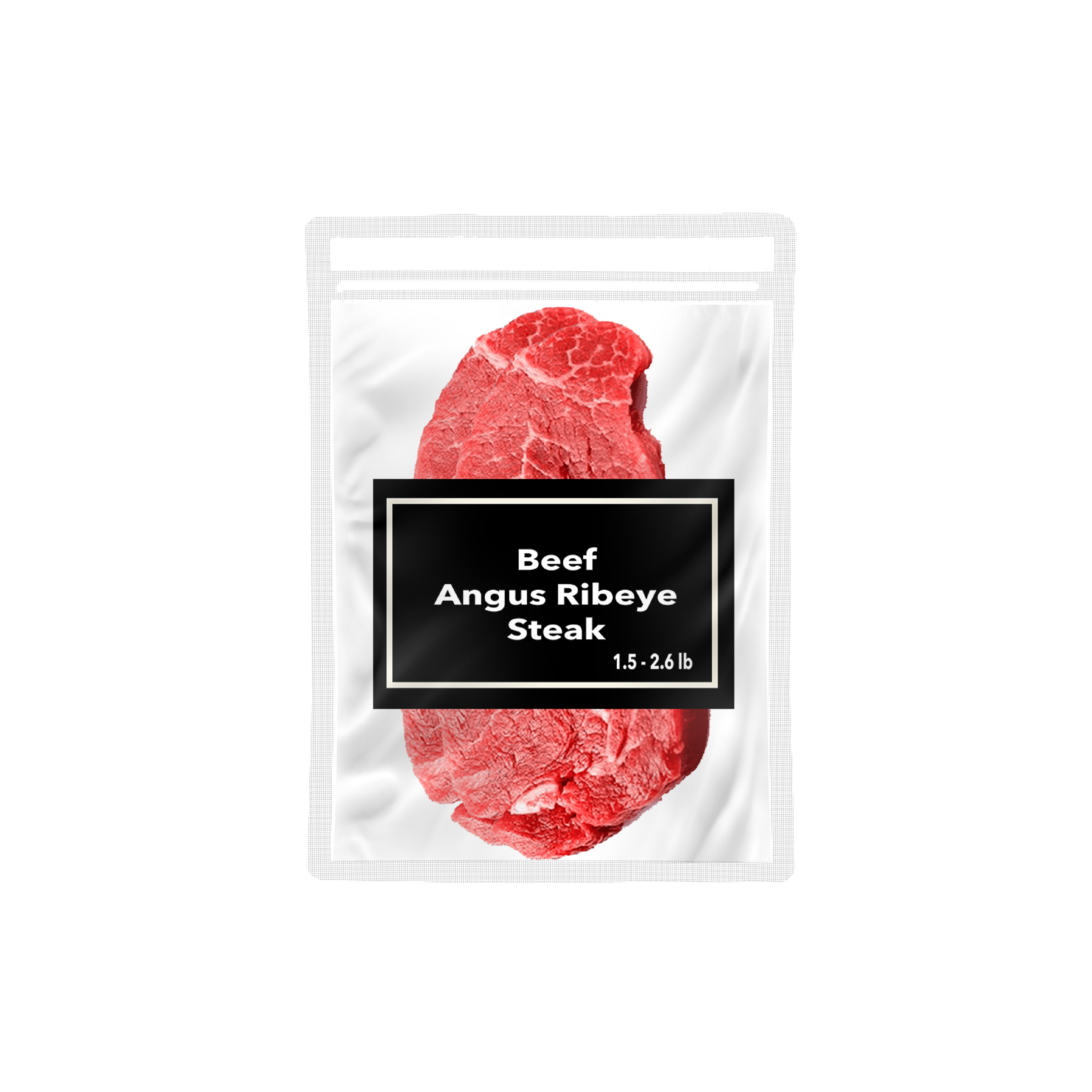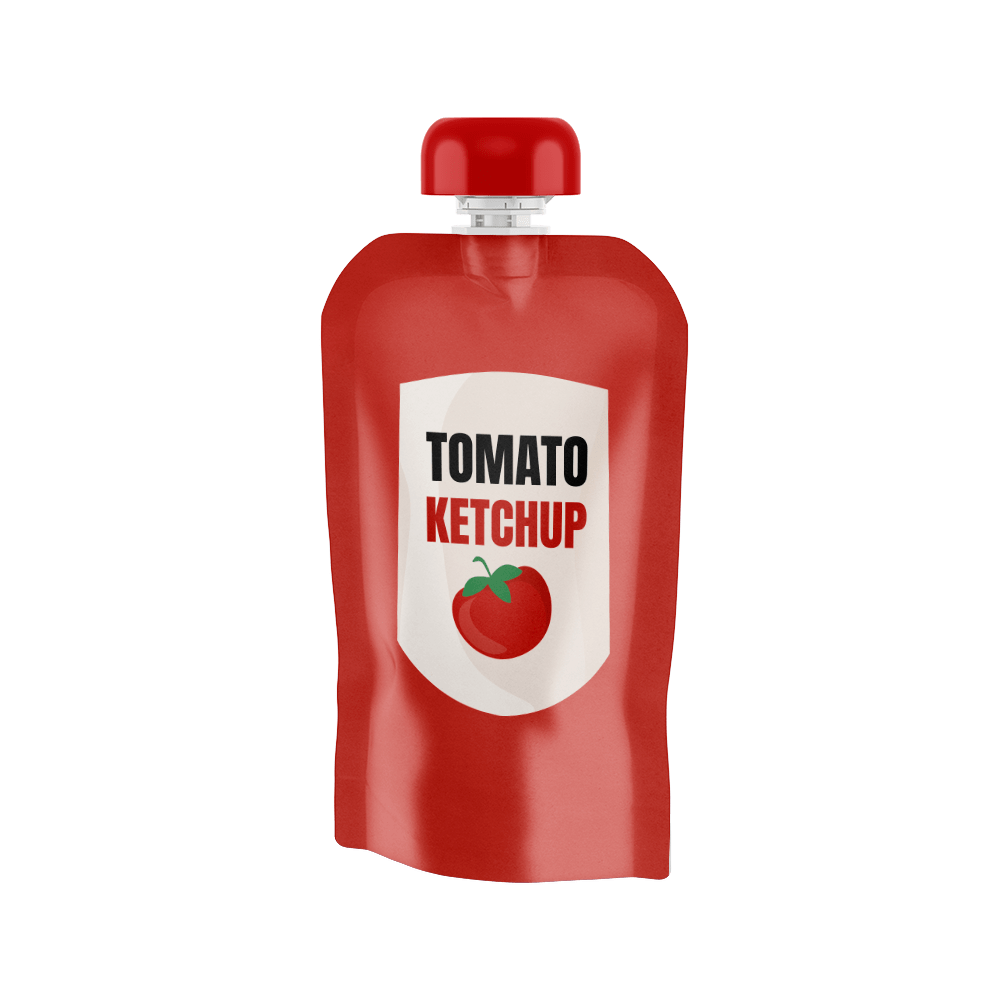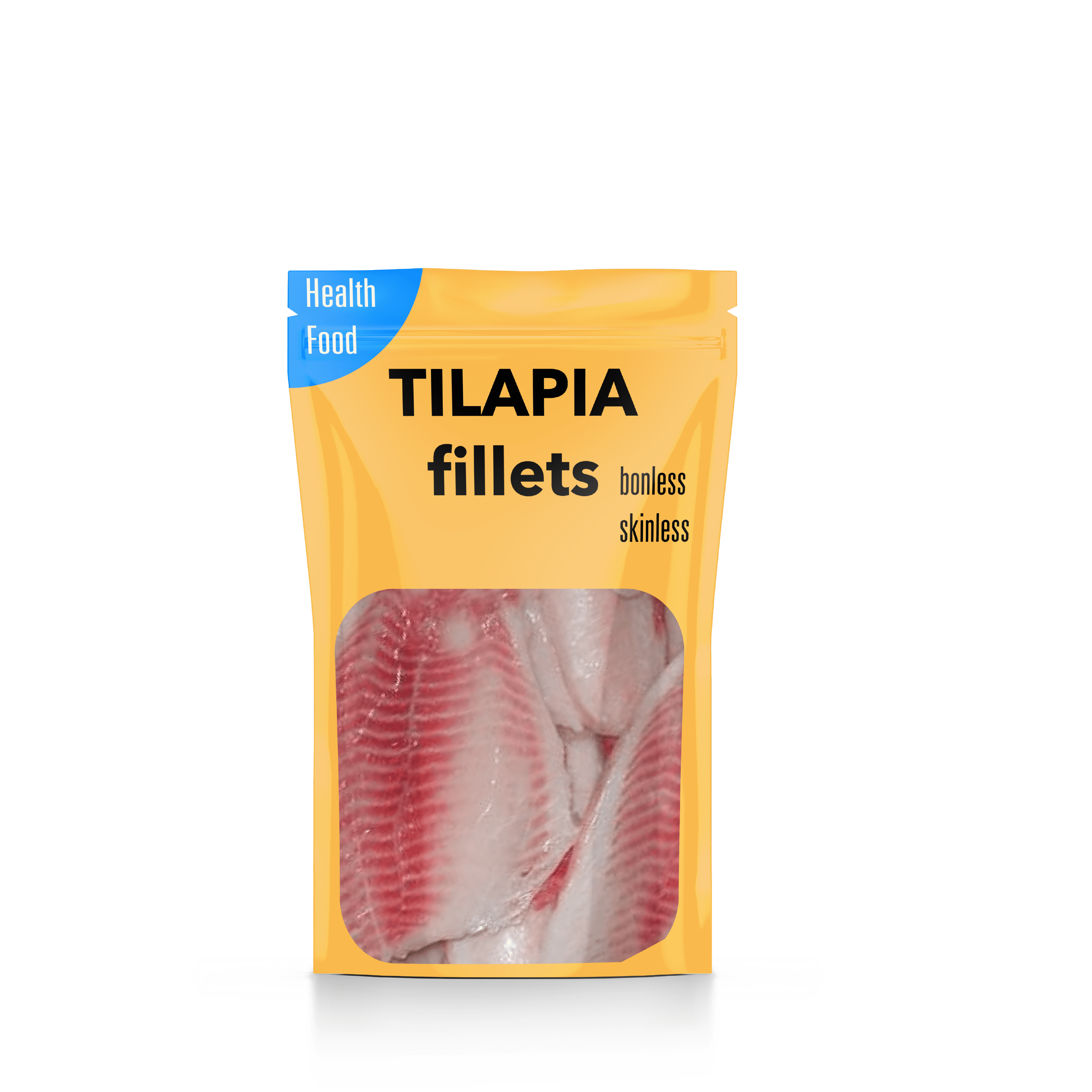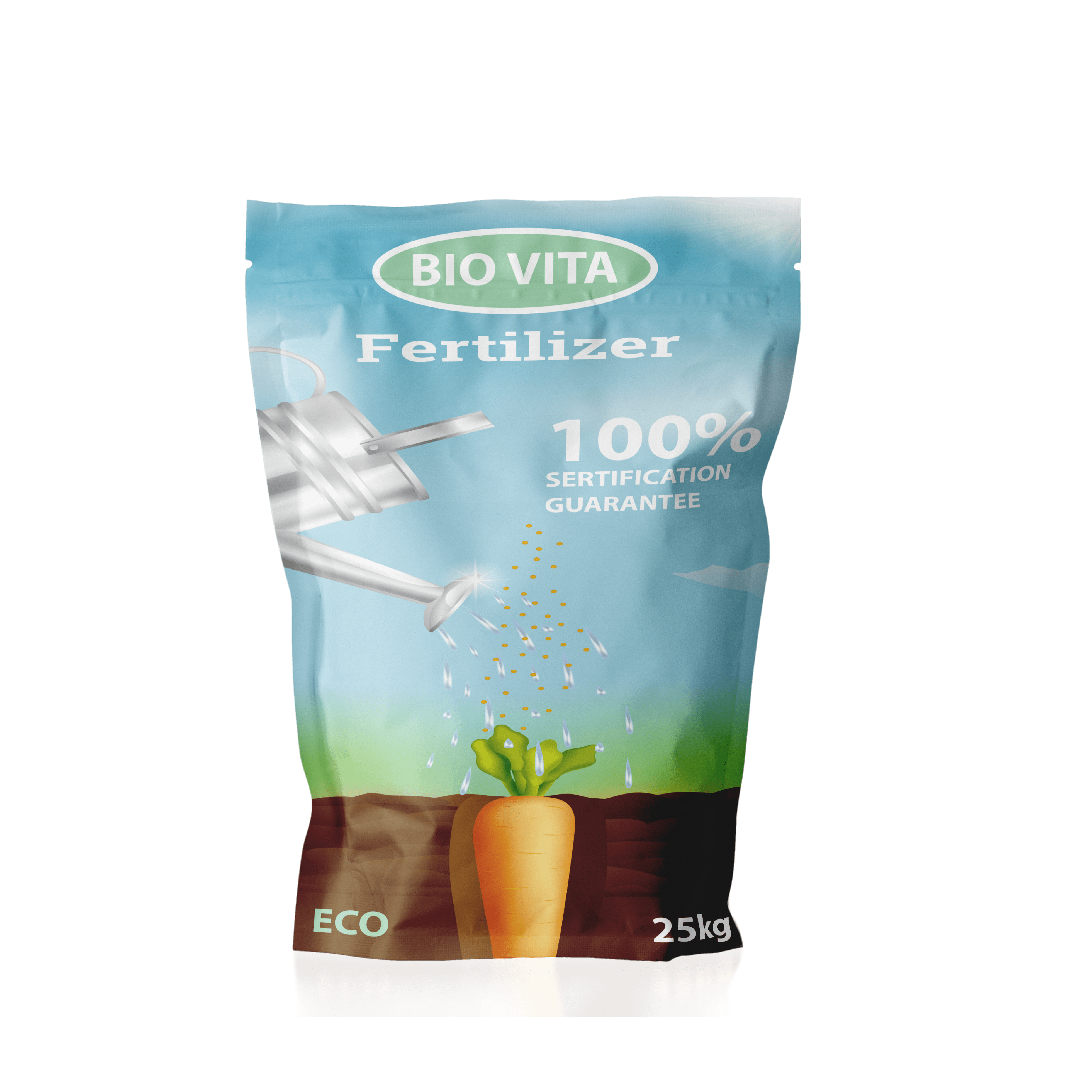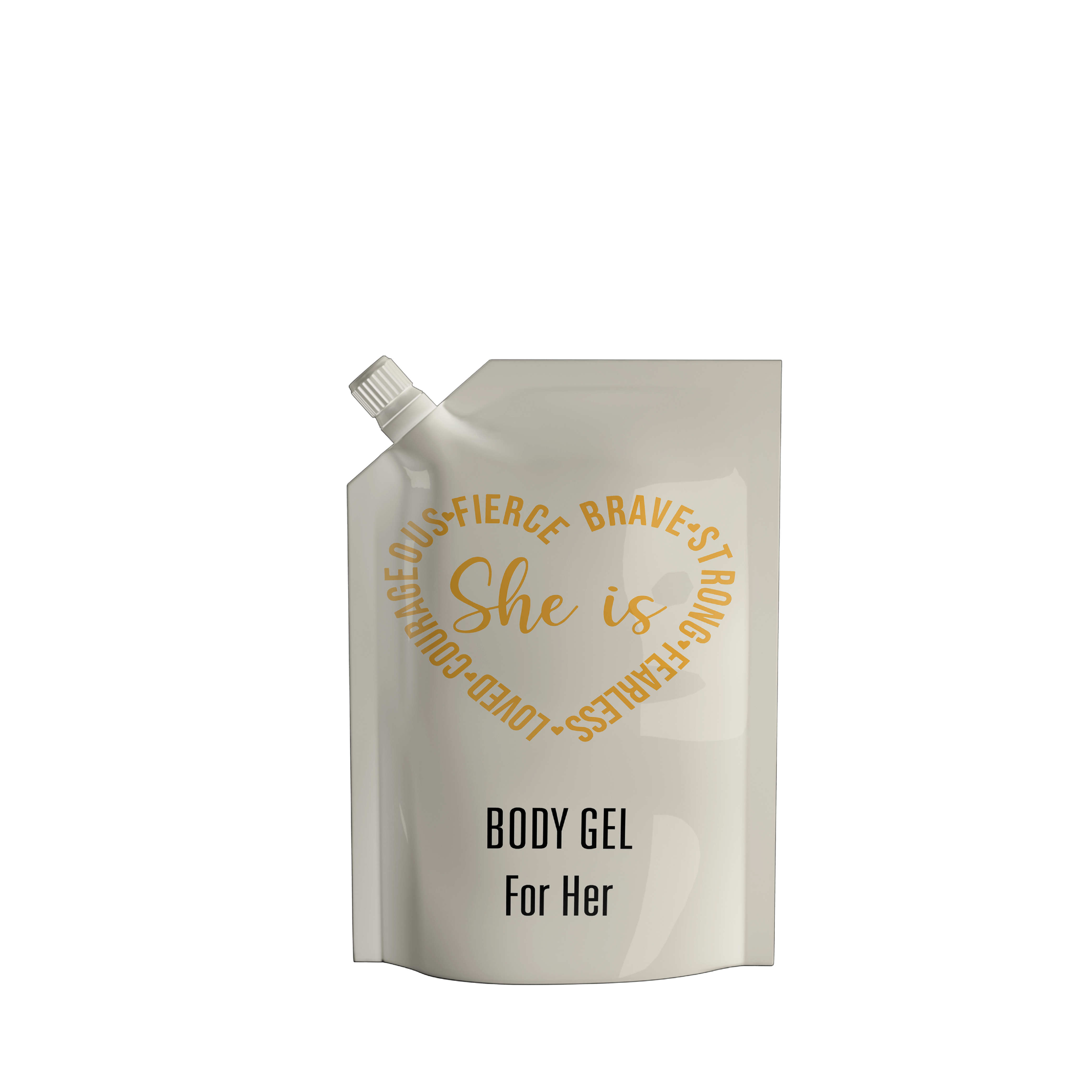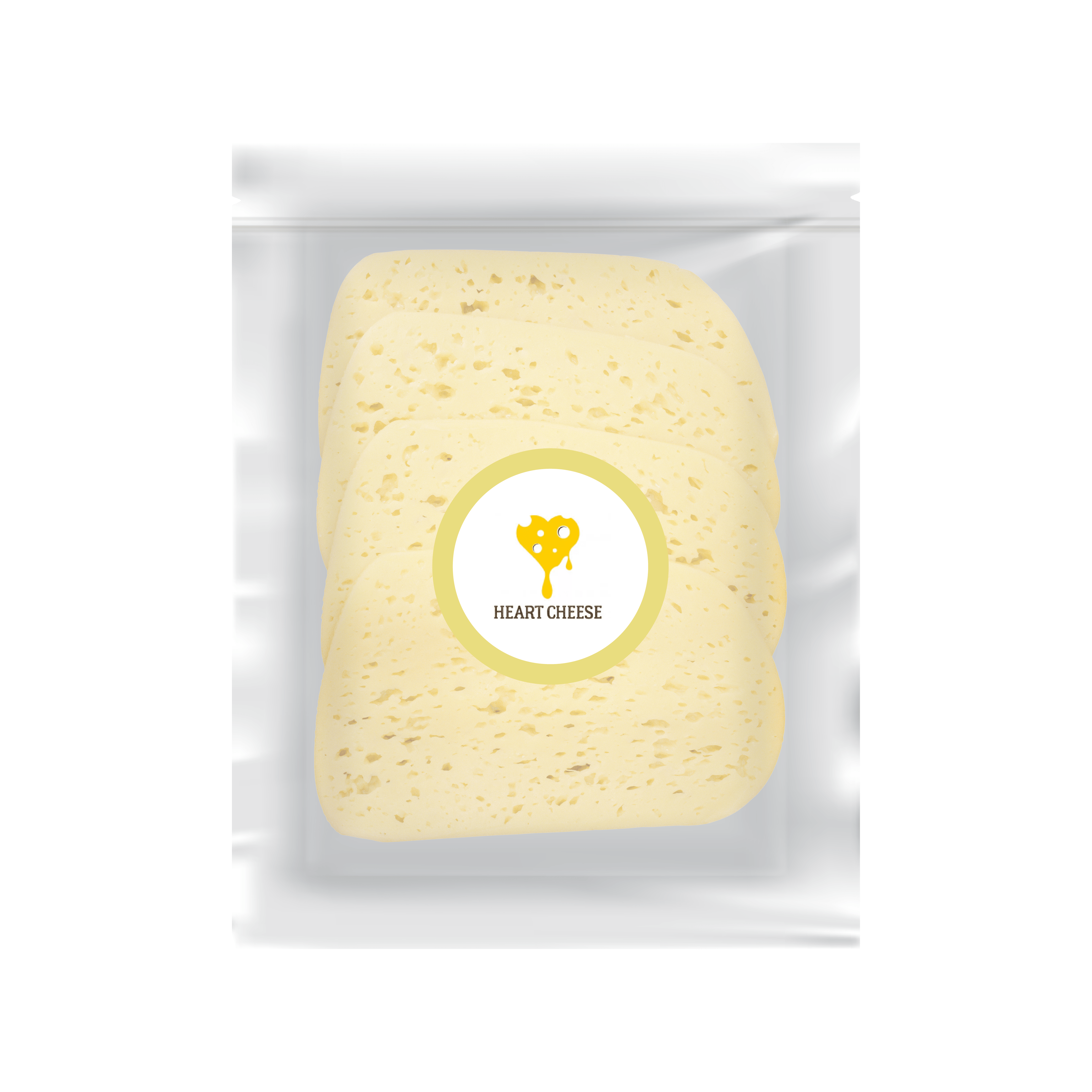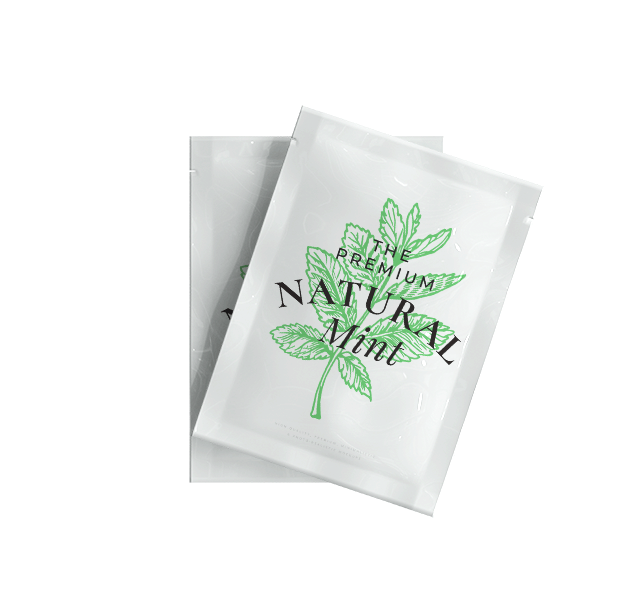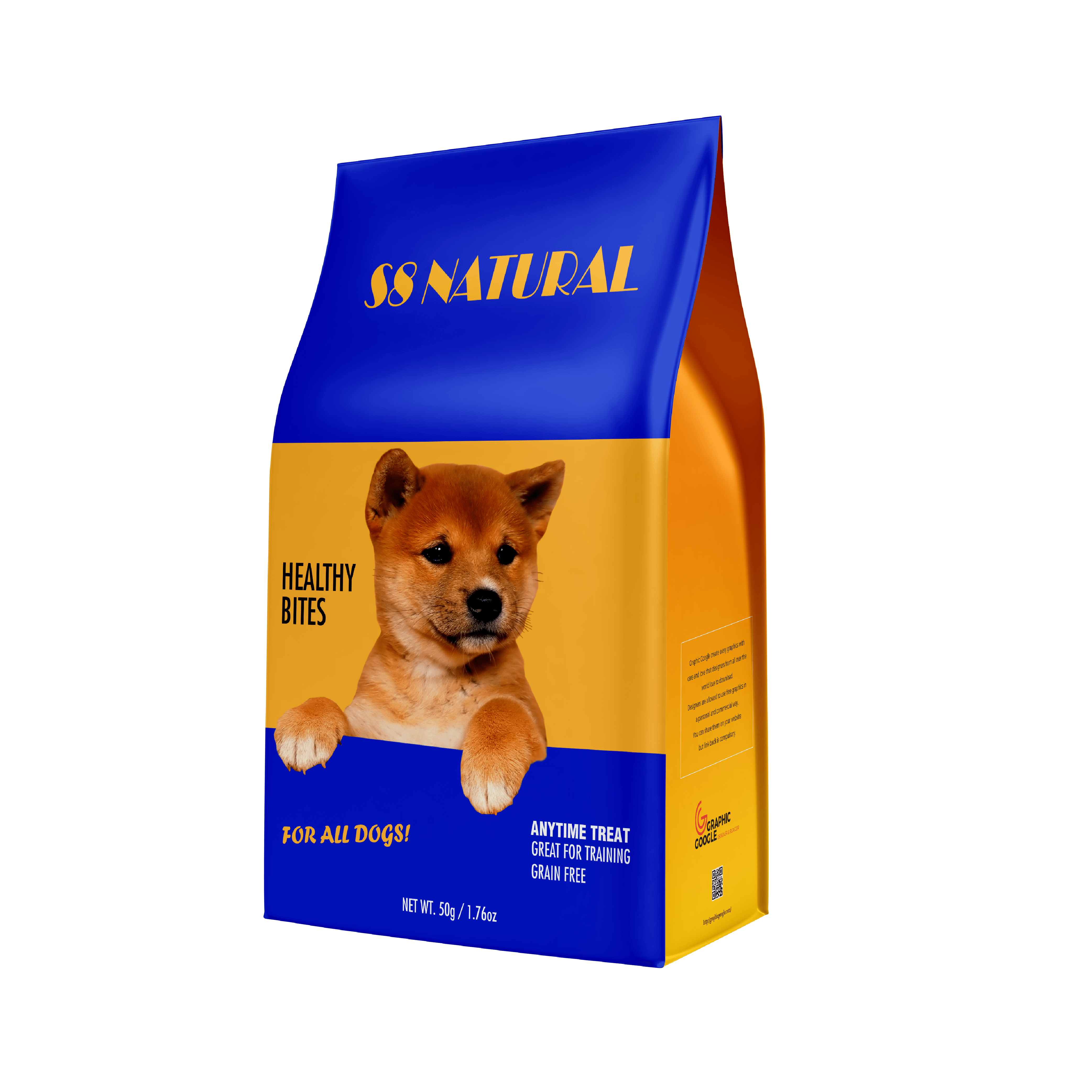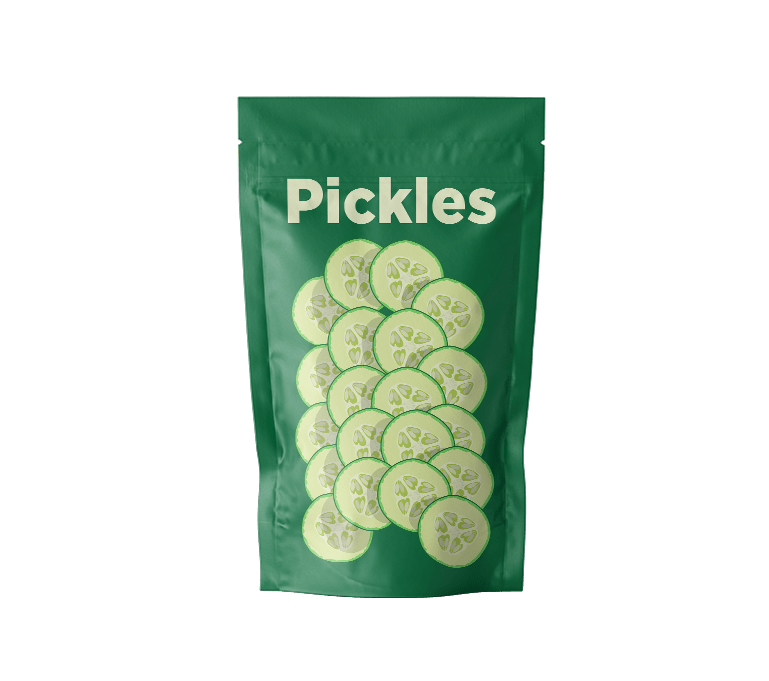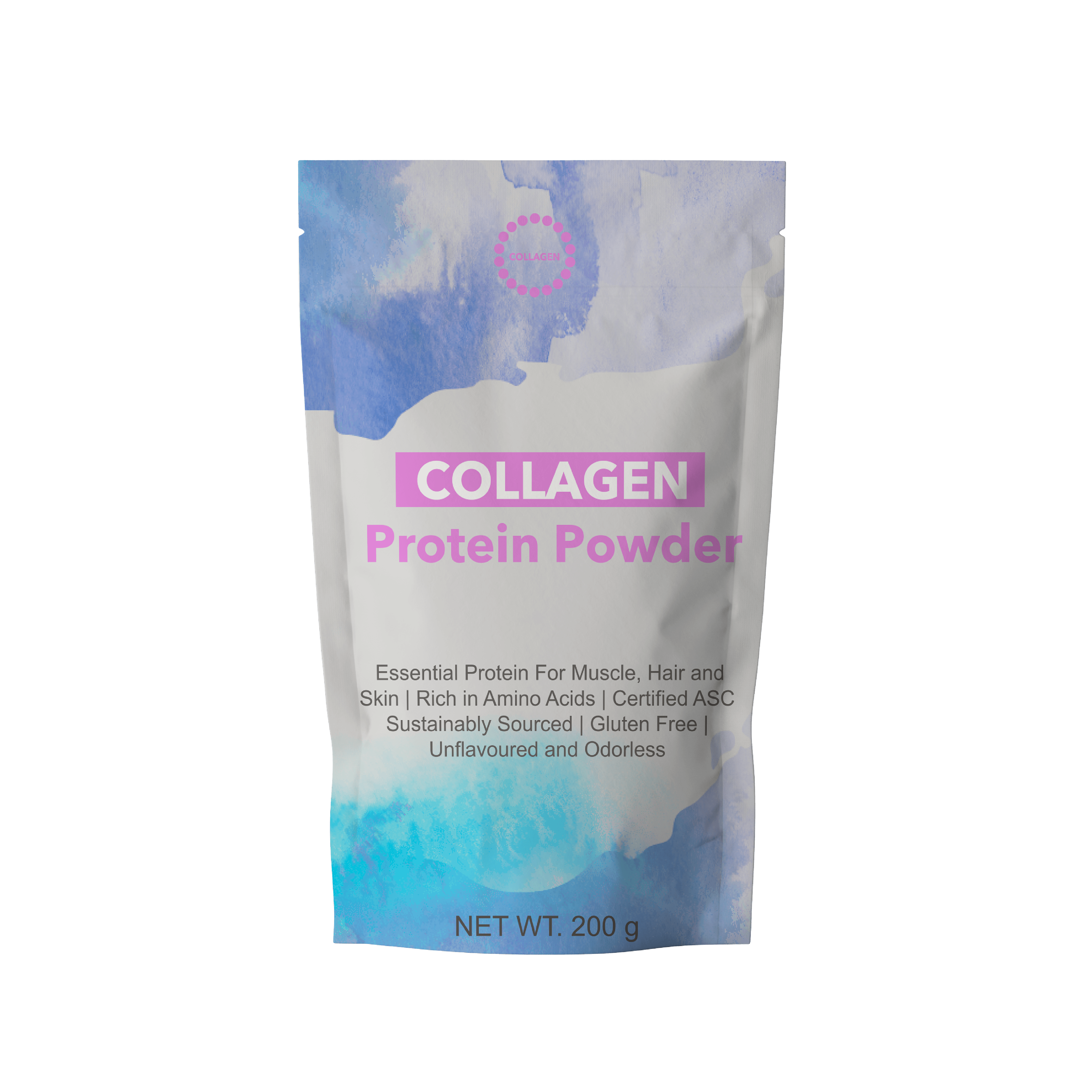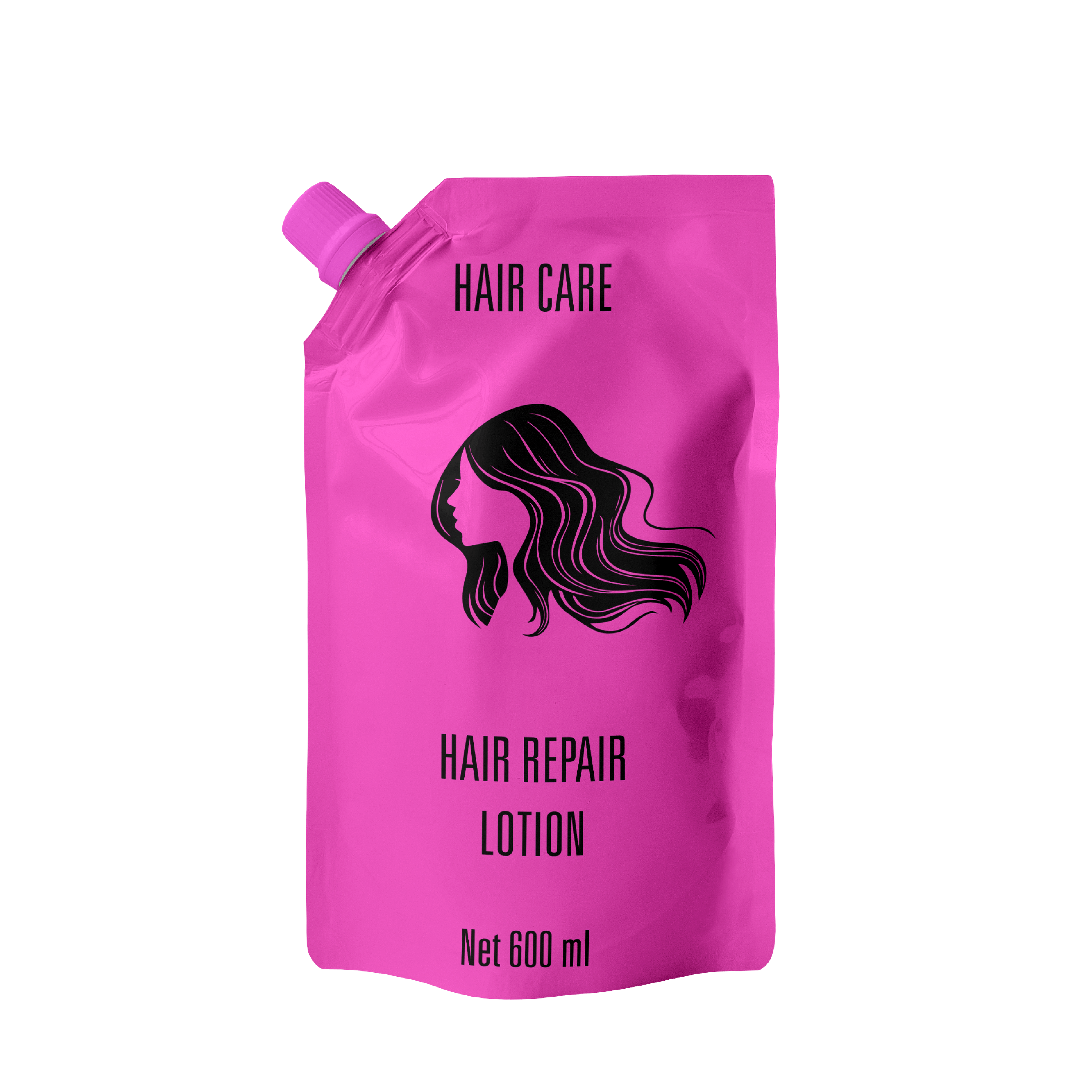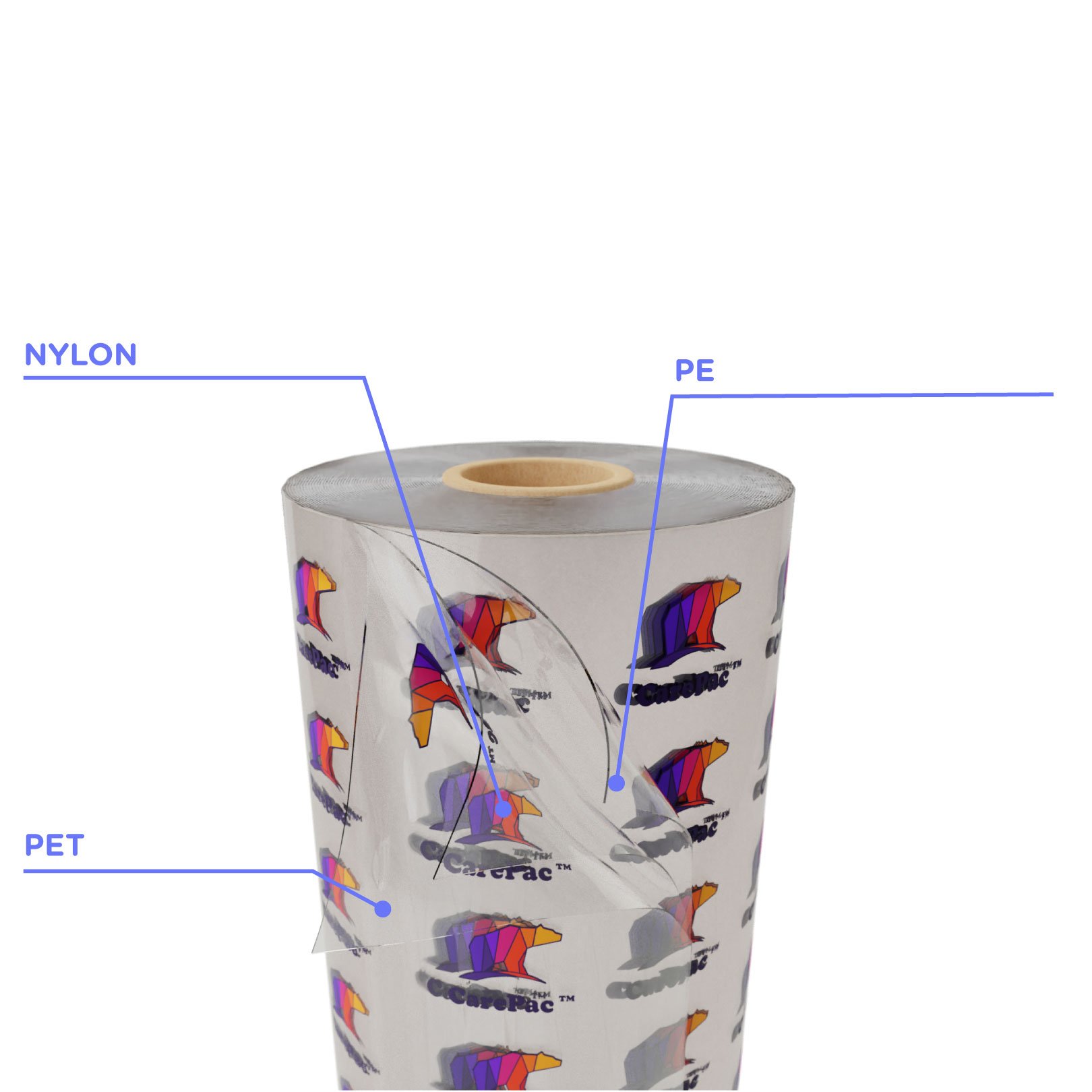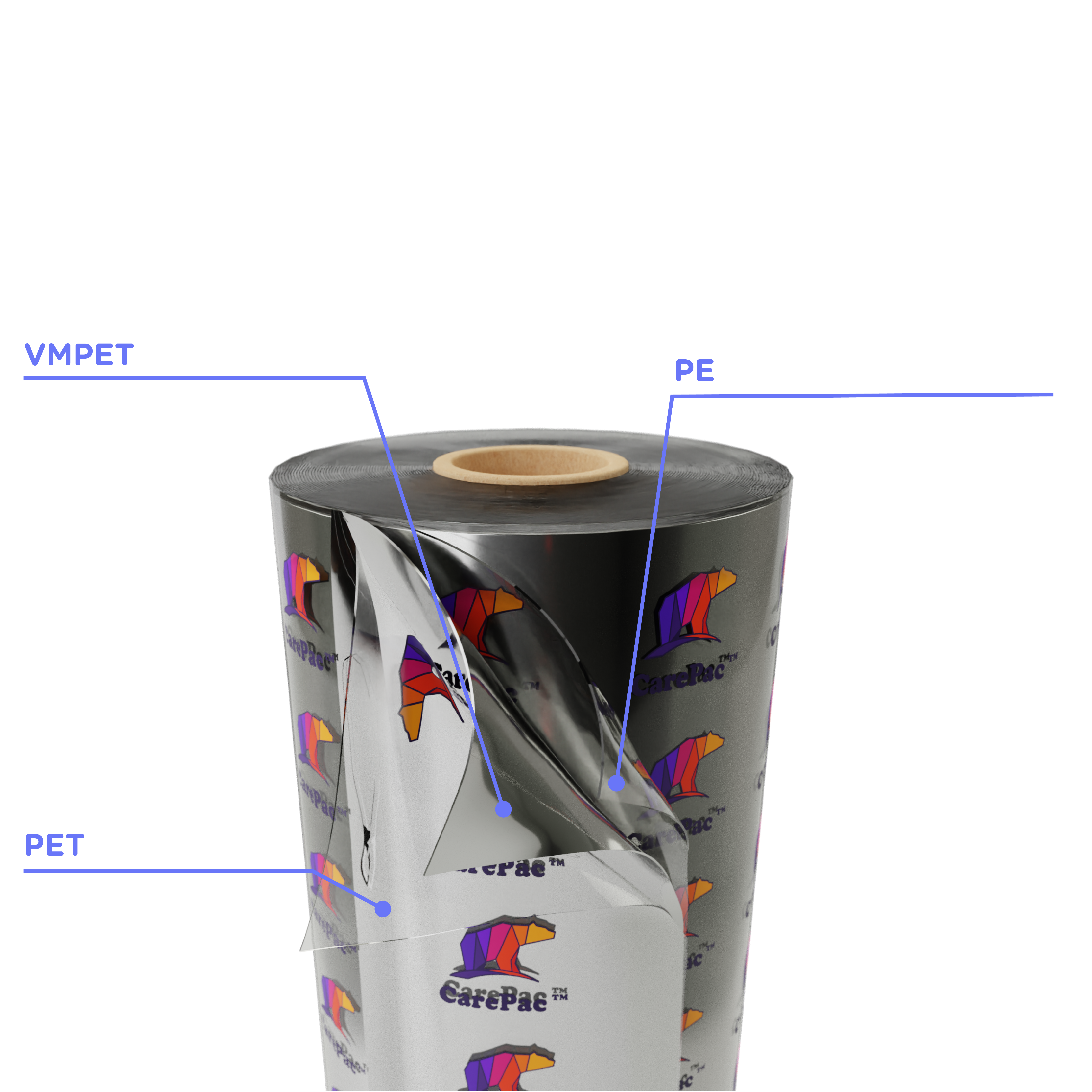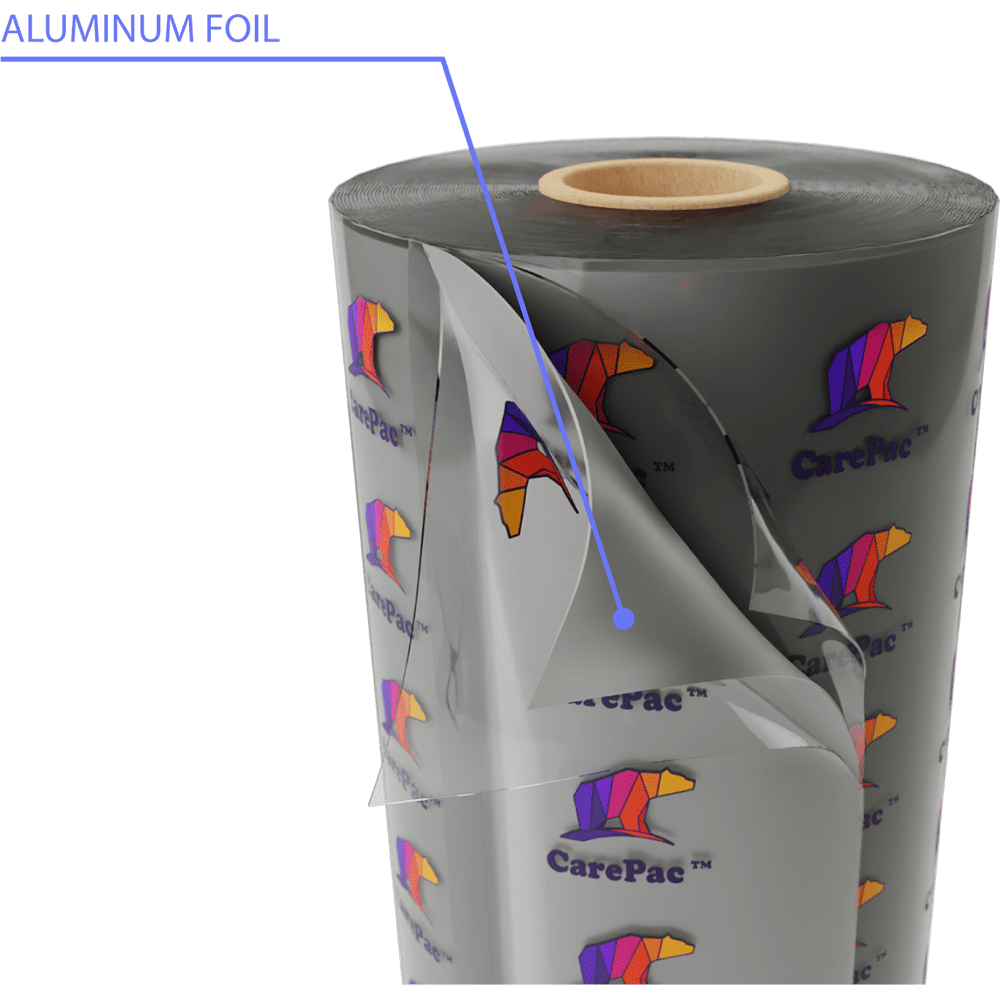No products in the cart.
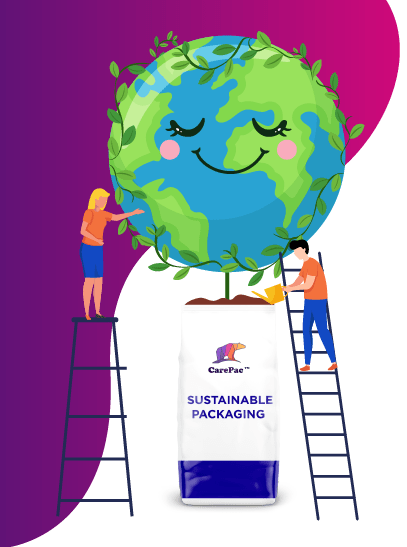

Sustainable Packaging
Is There Strong Consumer Demand for Sustainable Products in 2022?
Is There Strong Consumer
Demand for Sustainable
Products in 2022?


Having a sustainable product is great for the planet and your consumers. But if no one wants that product, you’re not doing anyone any good. In 2022, sustainability and environmental consciousness and information is more prevalent around the world than ever before. The driving factors for this increased awareness and attention to the environment have been accelerating and are a direct reflection of modern shopping habits. Diving into customer trends and practices reveals the true desire for environmentally safe products and packages.
There is strong consumers demand for sustainable products in 2022 because consumers are more educated on the importance of protecting the world and combatting climate change, they’ve seen sustainable brands reach great success, and they expect brands to take full responsibility for their actions. The COVID-19 pandemic played an additional part in heightening awareness that just because things have been a certain way before, doesn’t mean that they’re the only or even the way forward.
People Know More About the Environment & Sustainable Products
When looking into the demand for sustainable products across industries, regardless of specific company profile, the results are clear: consumers want to go green. People of all ages, locations, and statuses care about keeping the planet clean and healthy. By and large they now expect brands to do the same.


As the talk around sustainability, going green, and eco-friendly choices increases, so does the research and education people are seeking out. With extreme weather events and very real and dangerous affects of climate change being felt around the world, this information-seeking will only continue to rise. The impact? A deep understanding and affinity towards companies that are doing what they can to improve the state of the Earth instead of making it worse.
It’s incredibly important to do everything we can to meet the request that clients have: adopt green products and become a sustainable business. Supply them with the information they need. Their desires are not unwarranted and are not a trend that will soon disappear, but something that is here to stay. As the knowledge base continues to grow, so too will the importance of incorporating real changes. No longer will companies be able to get away with greenwashing or making false promises. The general public is simply too smart.
Consumer Sustainability Trends & Demand for Innovation
Consumers and Sustainability
McKinsey & Company impressively explains in their study, “Across all end-use segments, 60 to 70 percent of consumers said they would pay more for sustainable packaging”. But what other behaviors are consumers adopting when it comes to sustainability and environmental consciousness? These key environmentally conscious consumers’ statistics paint a picture of the current scene.
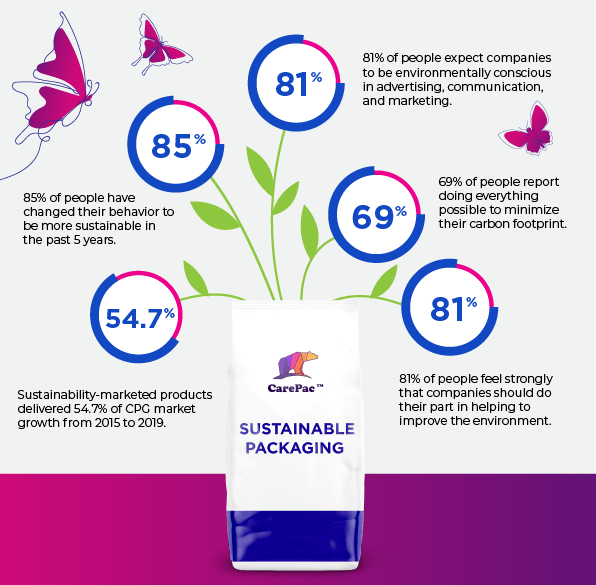

Overall it’s abundantly clear that the members of our society as a whole are doing what they can to minimize their own impact on energy consumption, and the expectation going forward is sustainable practices are used by each and every brand. Those brands already doing so are rightfully reaping the rewards.
Sustainability Equals Success for Companies
Just because you learn something doesn’t mean applying your acquired knowledge will work in the real world. Yet when it comes to consumer products becoming good for the environment, it has and continues to work every day. Consumer demand for environmentally safe products and packages is also high because it’s now clearly feasible to accomplish. With more innovation, comes more sustainable products to choose from.
Awareness of the climate crisis has hit an all-time high. People now know that we are harming the atmosphere and our home through practices that have historically been normalized and done without a second thought. But the trend of conscious consumerism that emerged a few decades ago is now here to stay. Restaurants and cafes have adopted reusable containers to eliminate single-use waste. Apparel brands use recycled materials to give older items a second life. Environmentally focused startups dedicated to finding solutions to our warming climate are on the rise. Food and beverage companies are using compostable packaging. The list of innovations from brands across the spectrum is almost endless.
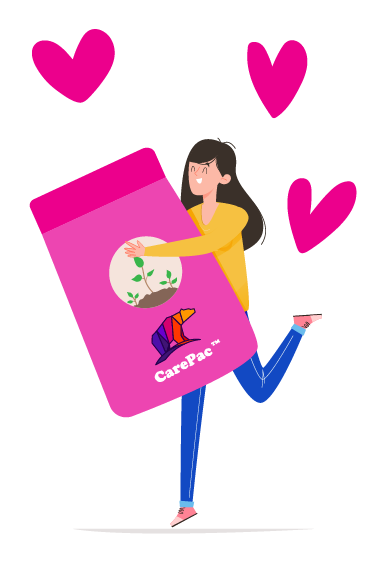

Consumers are seeing success after success in the sustainable energy space. This has made them realize that each and every company has the ability to adopt at least some of these practices into their own operations. And if they haven’t, it’s not from a lack of possibility or accessibility, but a lack of initiative or care. Carepac has adopted compostable and biodegradable options to empower each and every company to put their foot forward and help be a part of the solutions instead of a part of the problem.
The Pandemic Effect on Sustainable Products
In the past, consumers have seen companies pollute, damage nature, spill massive amounts of trash, use unnecessary excess packaging causing extra garbage, and not take any responsibility for any of it. But consumers are smart, and they’ve had enough.


Remote work is here to stay. People will wear face masks forever. And sustainability will always be a top priority. All of these shifts and more were largely influenced by the COVID-19 pandemic rocking the world. This period of disruption led to reflection on the way things have been, and more ideas to pave the way for a better future.


With additional free time, people were able to reconnect with nature and remember how special this place is that we call home. Some ways for brands to help protect nature is by reducing their greenhouse gas (GHG) emissions and setting science-based nature targets for reversing harm done in the past.
There is also plenty of room for innovations in the environmental operations space. Consumers will continue to resonate with and embrace leaders taking action. Companies such as Group Éxito have found great success using satellite surveillance to incentivize farmers to reforest their land. Other companies such as Allbirds list the emissions data of each item a consumer is purchasing, enabling them to make an educated and conscious shopping decision. For something like food packaging that needs to be sealed properly, innovation has been required to provide the same level of safety, security, and preservation that plastic counterparts can bring. Thankfully, we’re almost there, and making the decision is easier than ever.
Should my Company Hop on the Sustainability Train?
If you’re wondering how companies can be more sustainable, or how consumers can be more sustainable, you’ve come to the right place. The consumer demand for sustainability is clear. Your brand can and must fit into the shifting marketplace and be a viable long-term success by adopting sustainable practices and seeking out sustainable innovation. It’s better for the Earth, for the consumer, and for yourself. Thus, sustainability branding is more important now than ever before. Plus, it gives your brand a premium feel.
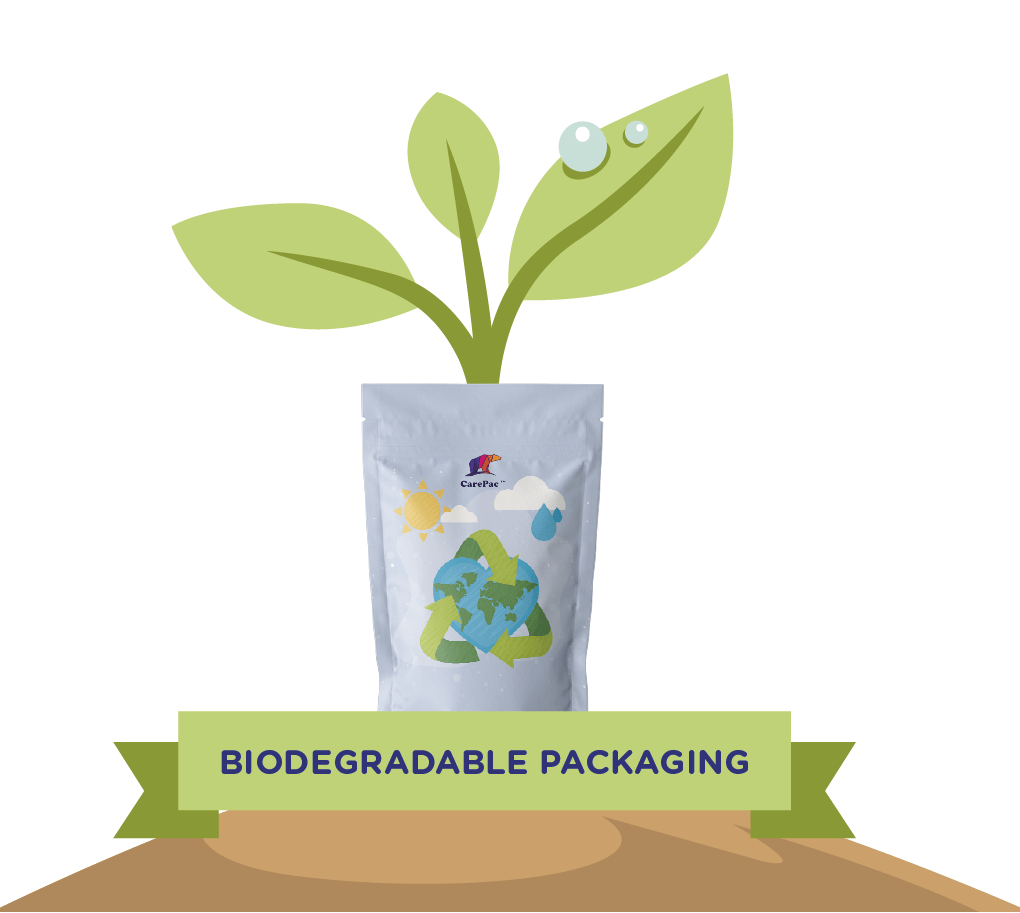

What used to take an endless amount of time, effort, and expertise is now made easier thanks to eco-conscious packaging providers like Carepac. We are here to help you achieve all of your sustainability goals. One of the easiest and best ways for a consumer packaged goods (CPG) company to transition its ways is by changing its shipping and packaging materials. Adding sustainable packaging materials to your business is the perfect way to get this goal started.
Two great options to choose between are compostable and biodegradable packaging. Instead of ending up in a landfill and taking years to decompose, these options break down into natural elements and return to the Earth much faster. A couple of months compared to hundreds of years is a massive difference and will make a real impact on bettering the planet.


Not only that, but consumers will be happy about it too. When picking between two similar food or beverage options, if one is using materials and practices that are beneficial and another is using materials and practices that are harmful, all signs point towards the former being the more popular option today and forevermore. In fact, the want for sustainable products is so high that more than one-third of consumers worldwide are willing to pay extra for them.
In general, doing the right thing doesn’t always feel like the best or easiest decision. In this case, it is. There is strong consumer demand for sustainable products and massive adoption of green practices from businesses, customers, and brands. Additionally, there is a growing trend of requesting and demanding that we change our ways to better the planet. Together, when brands commit to a better bath, and consumers continue to make smart purchases, we can do just that.
